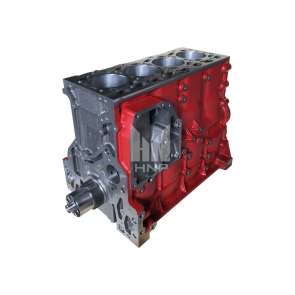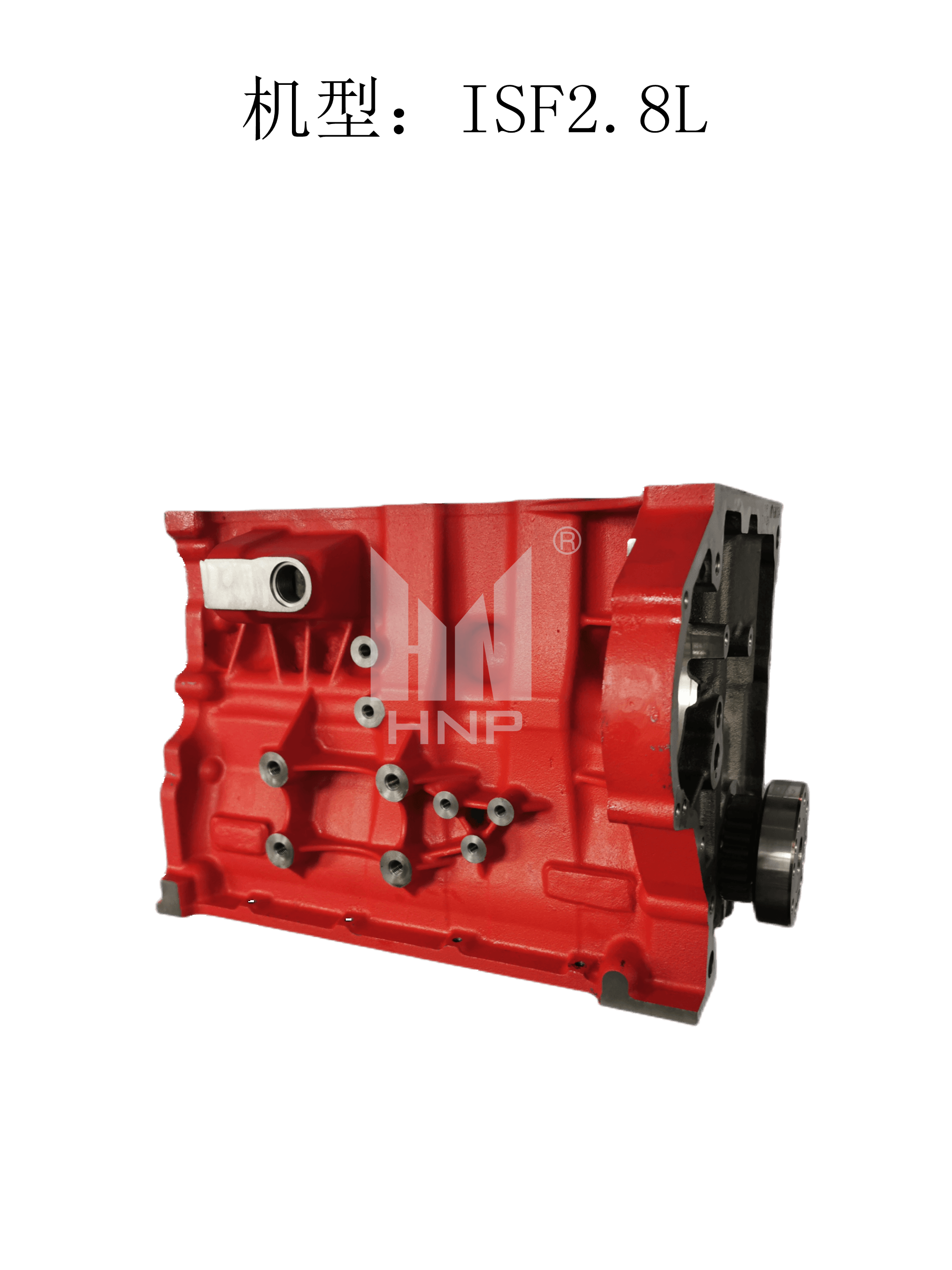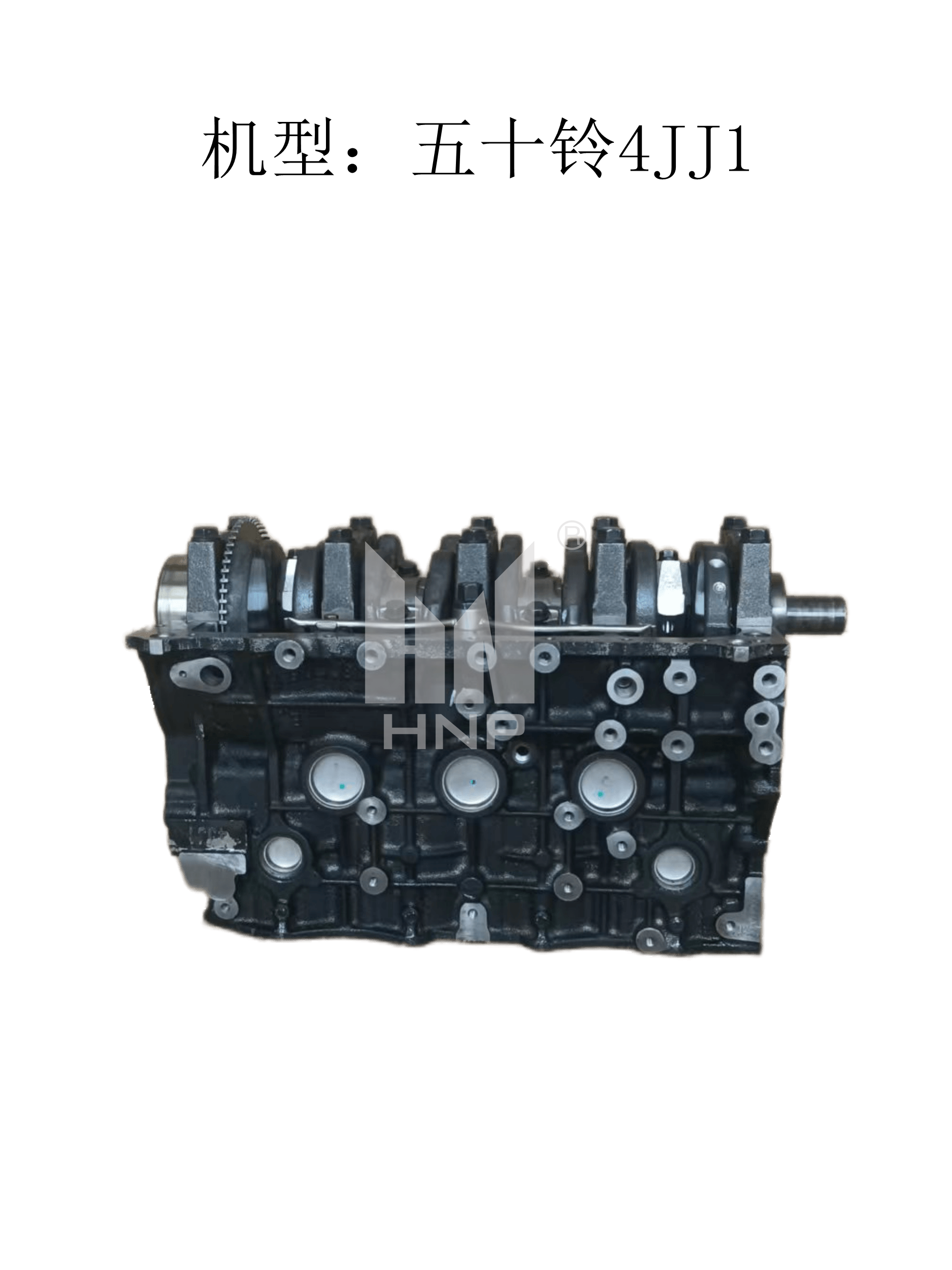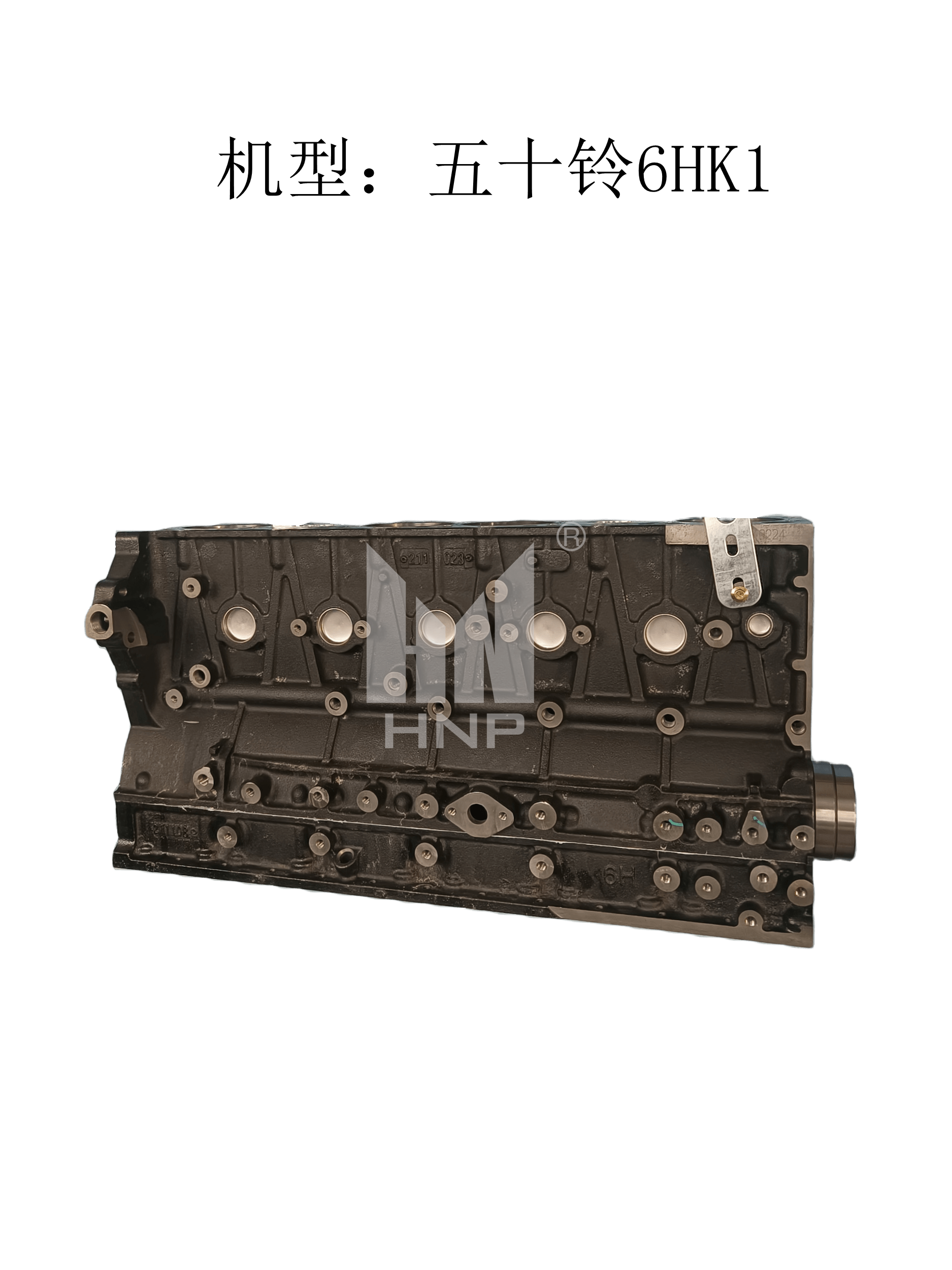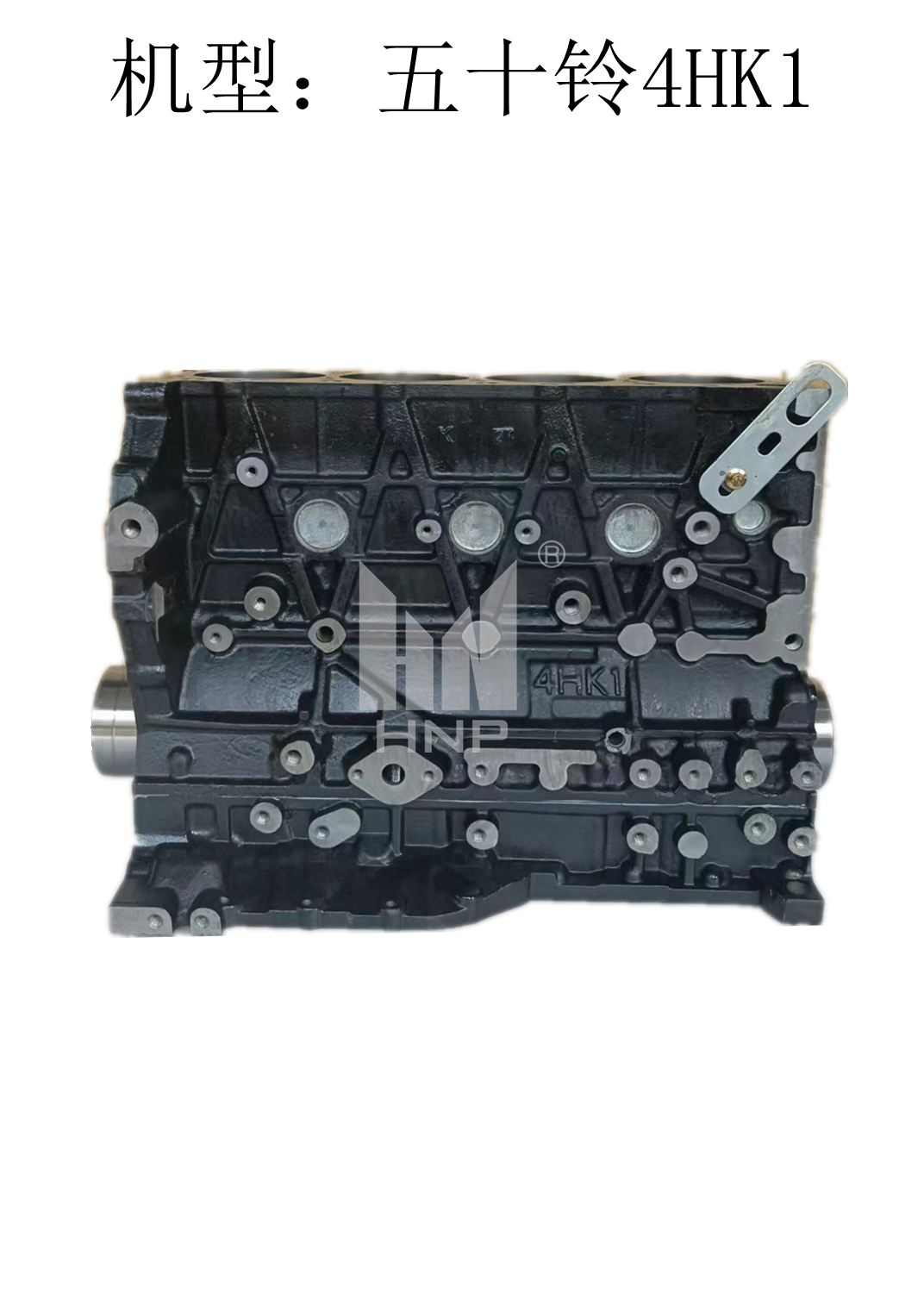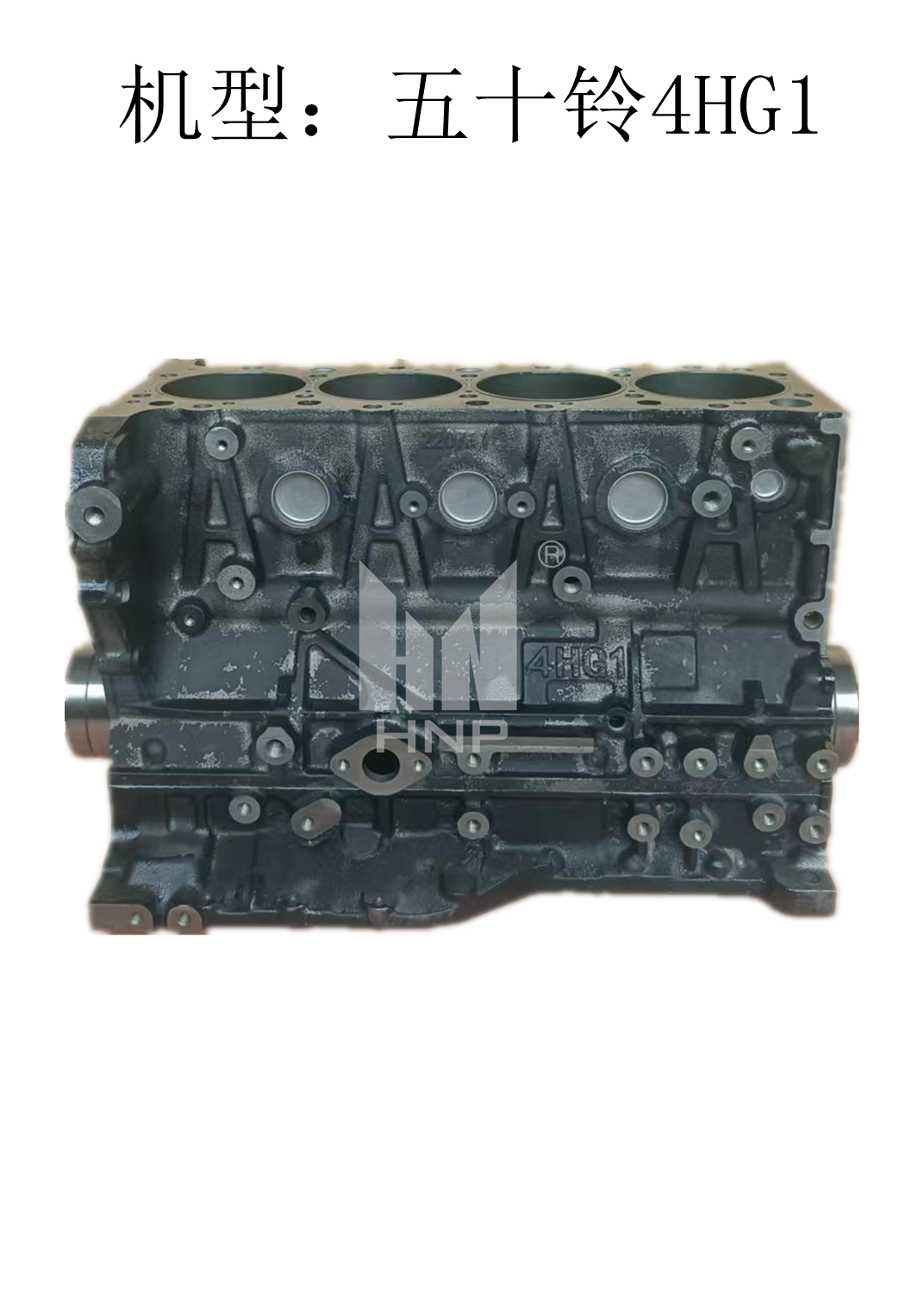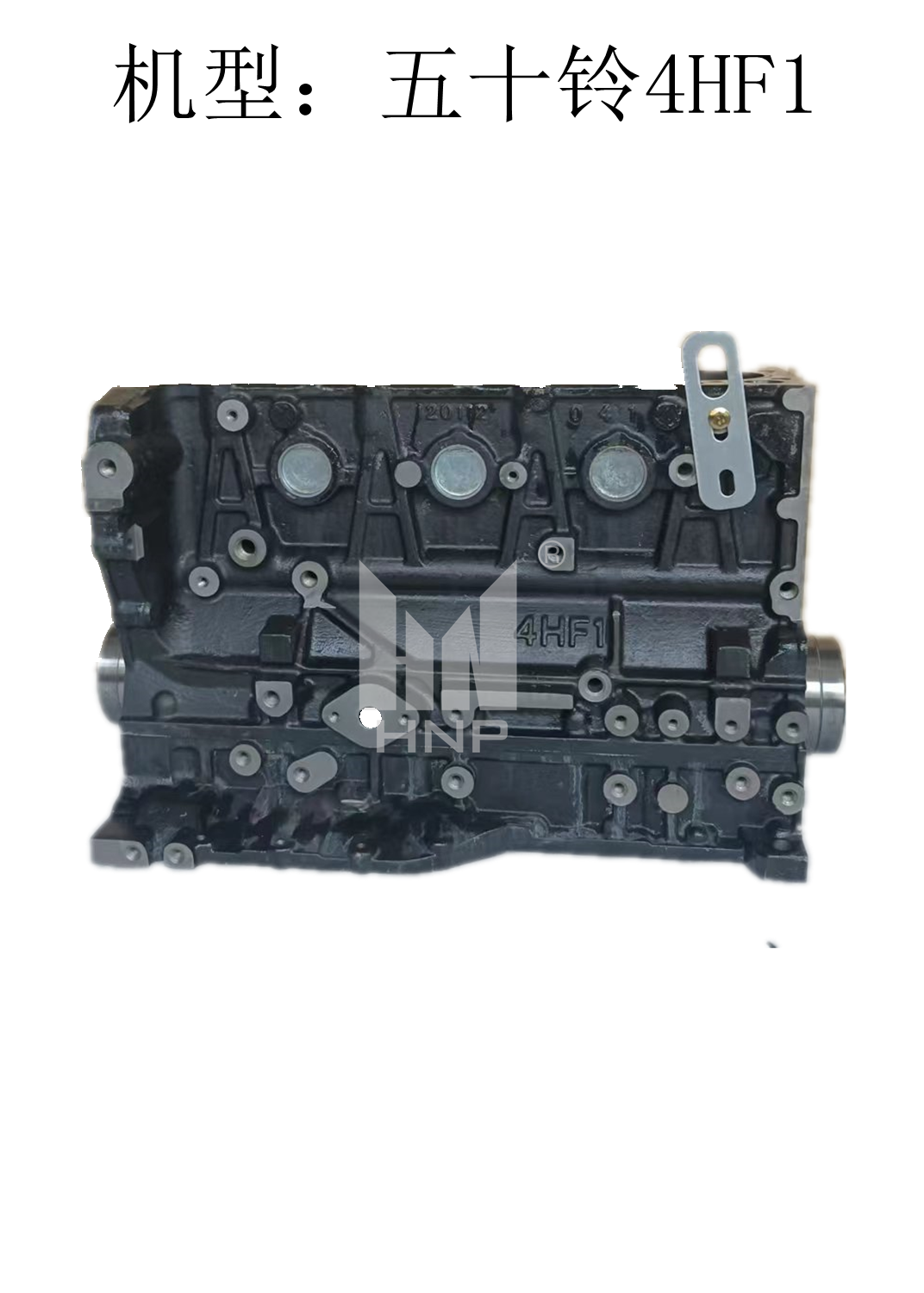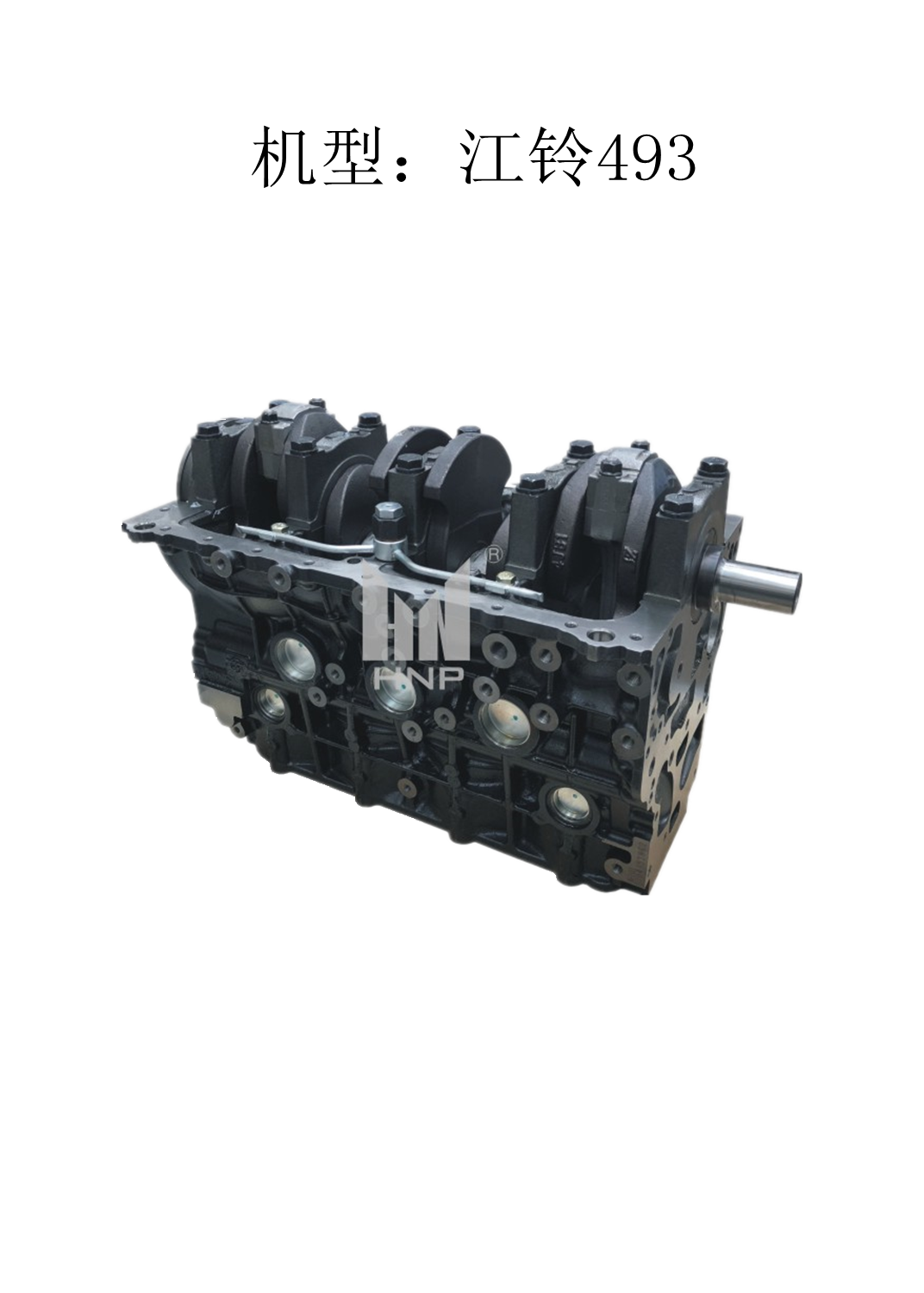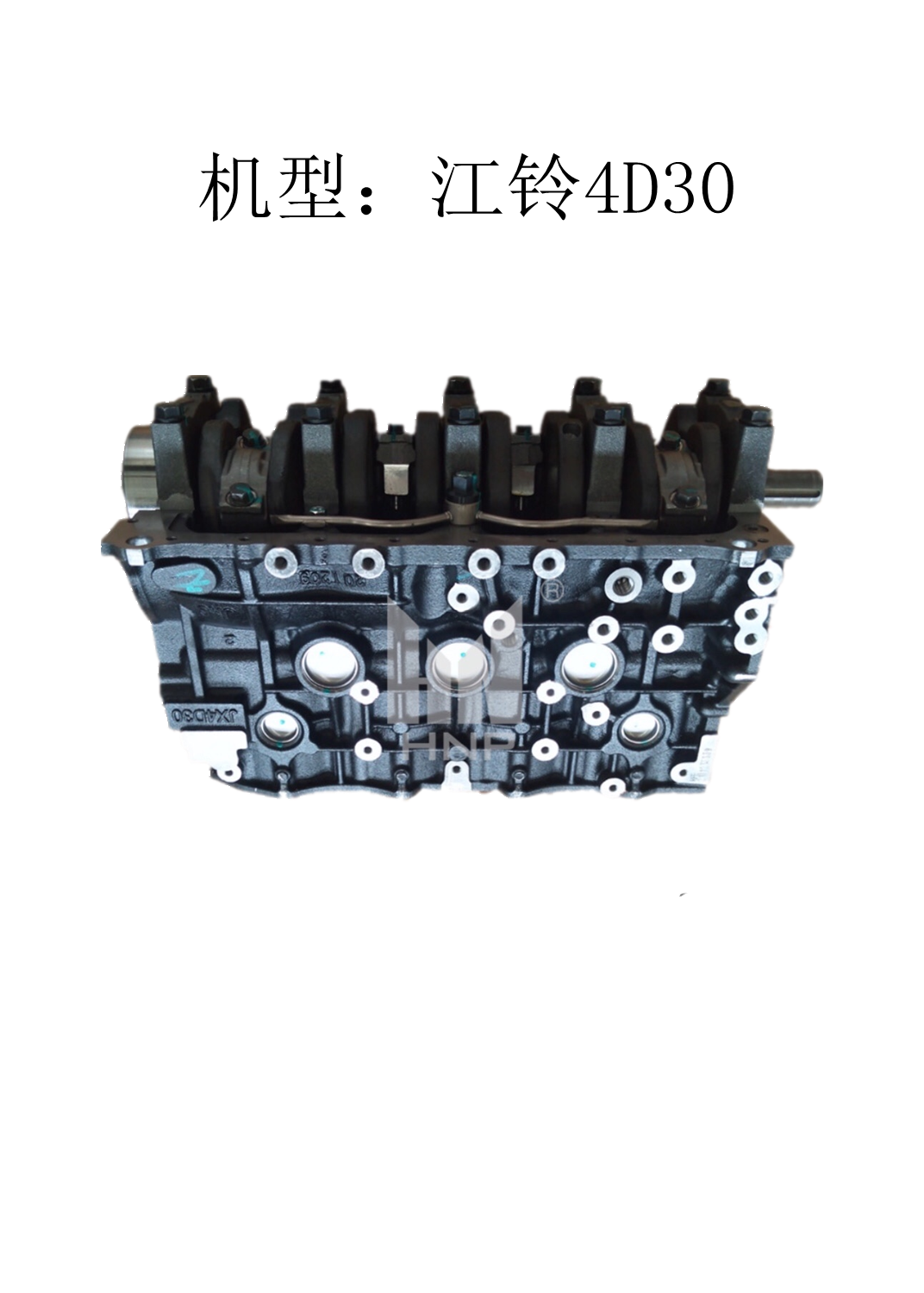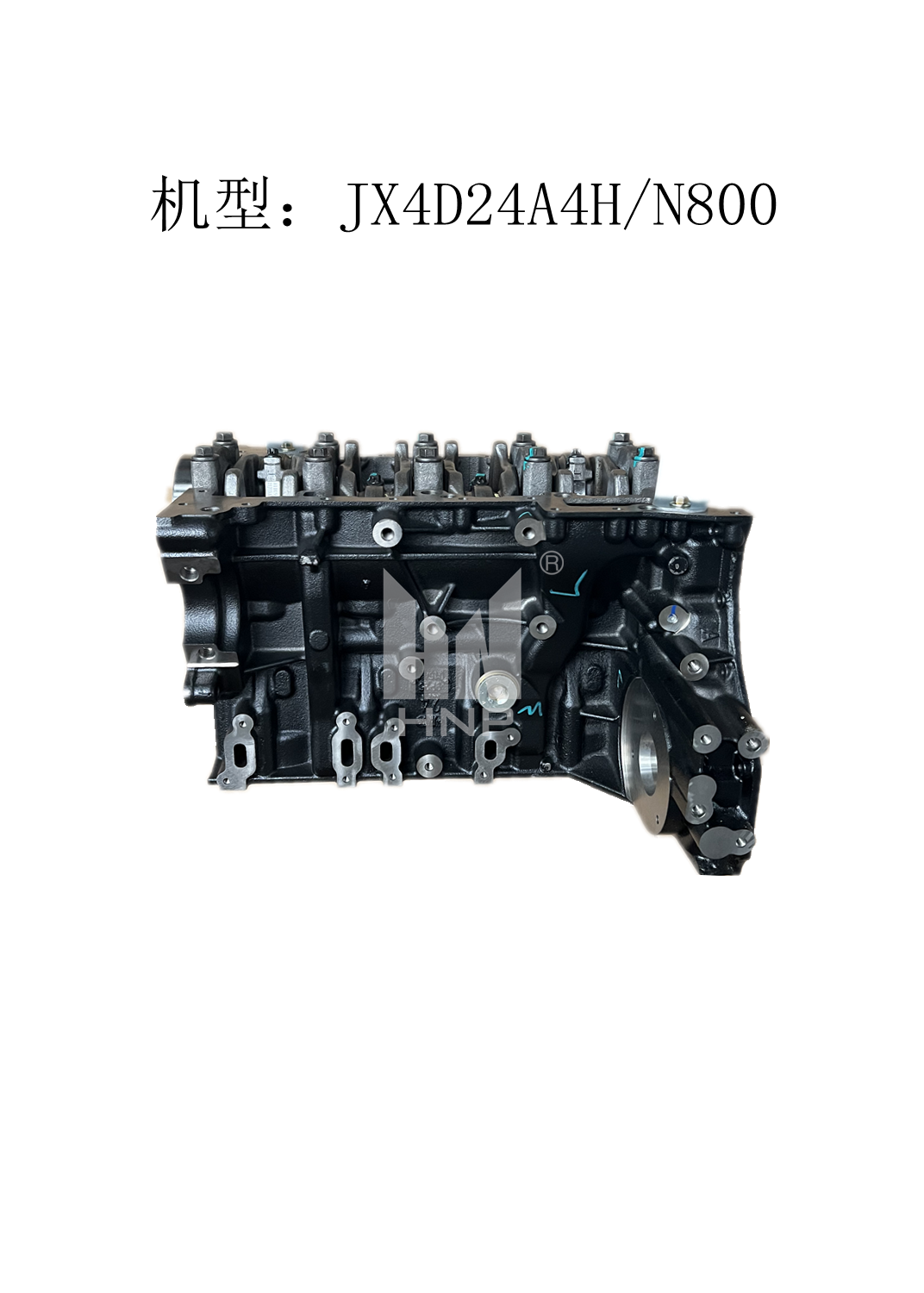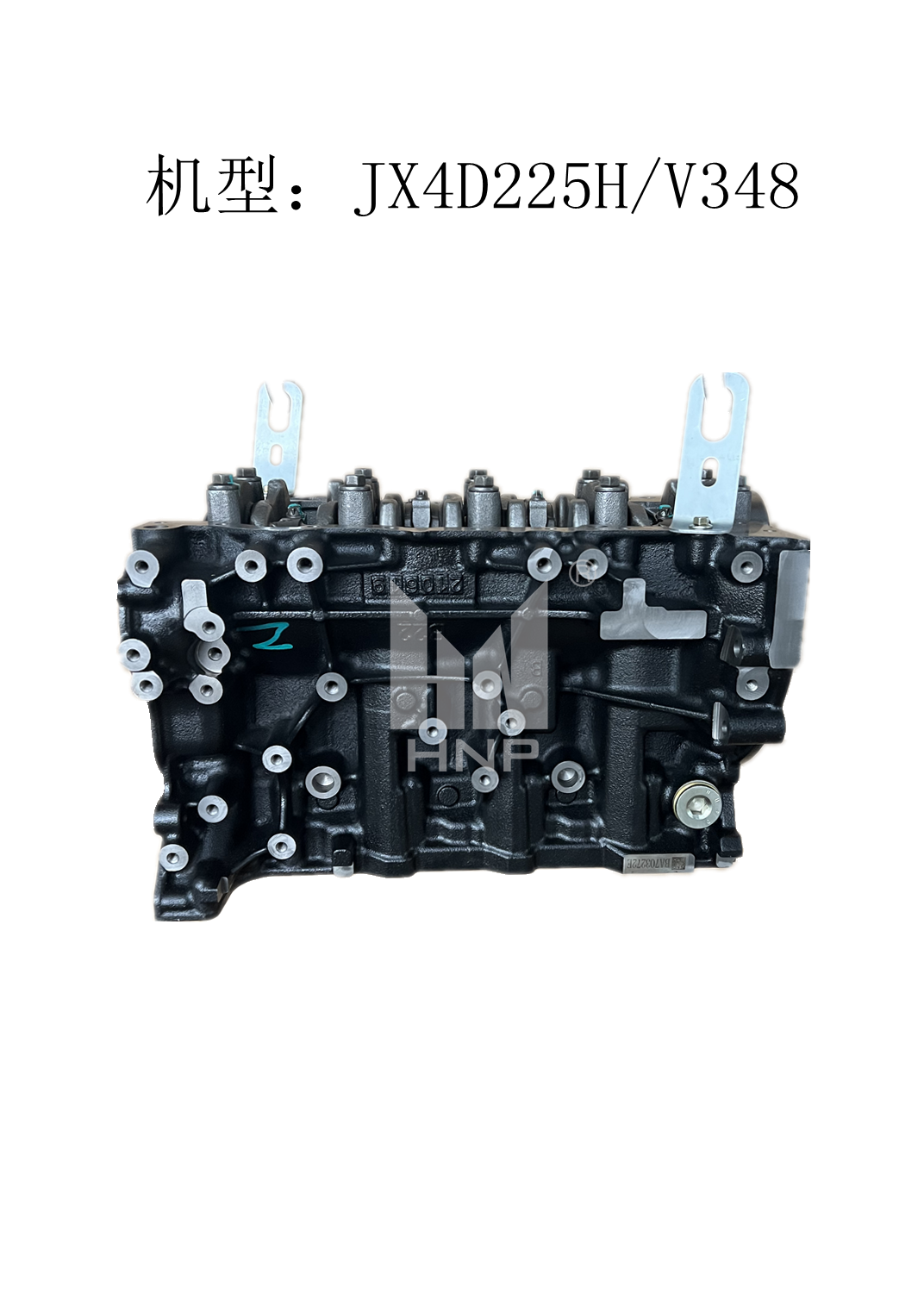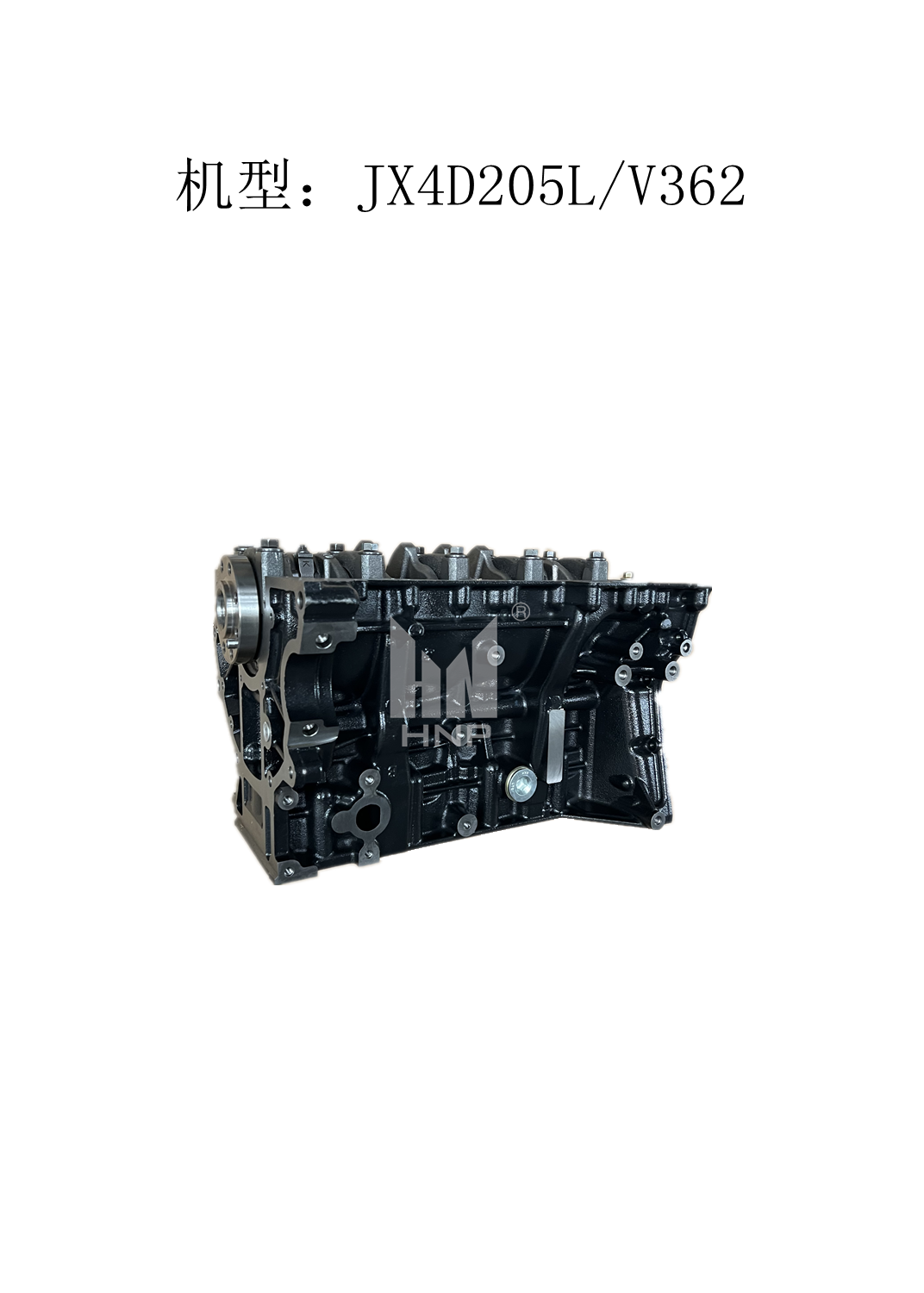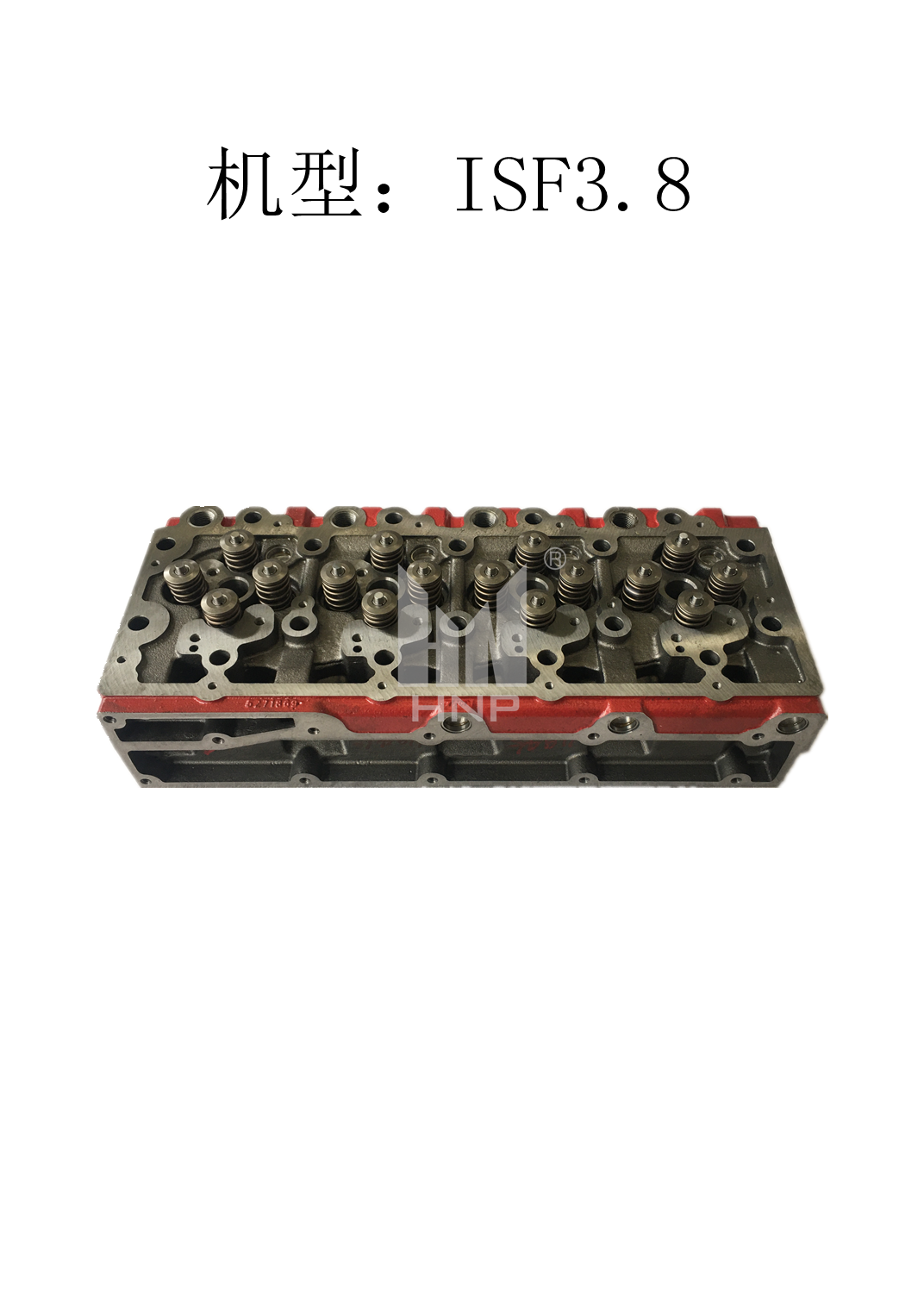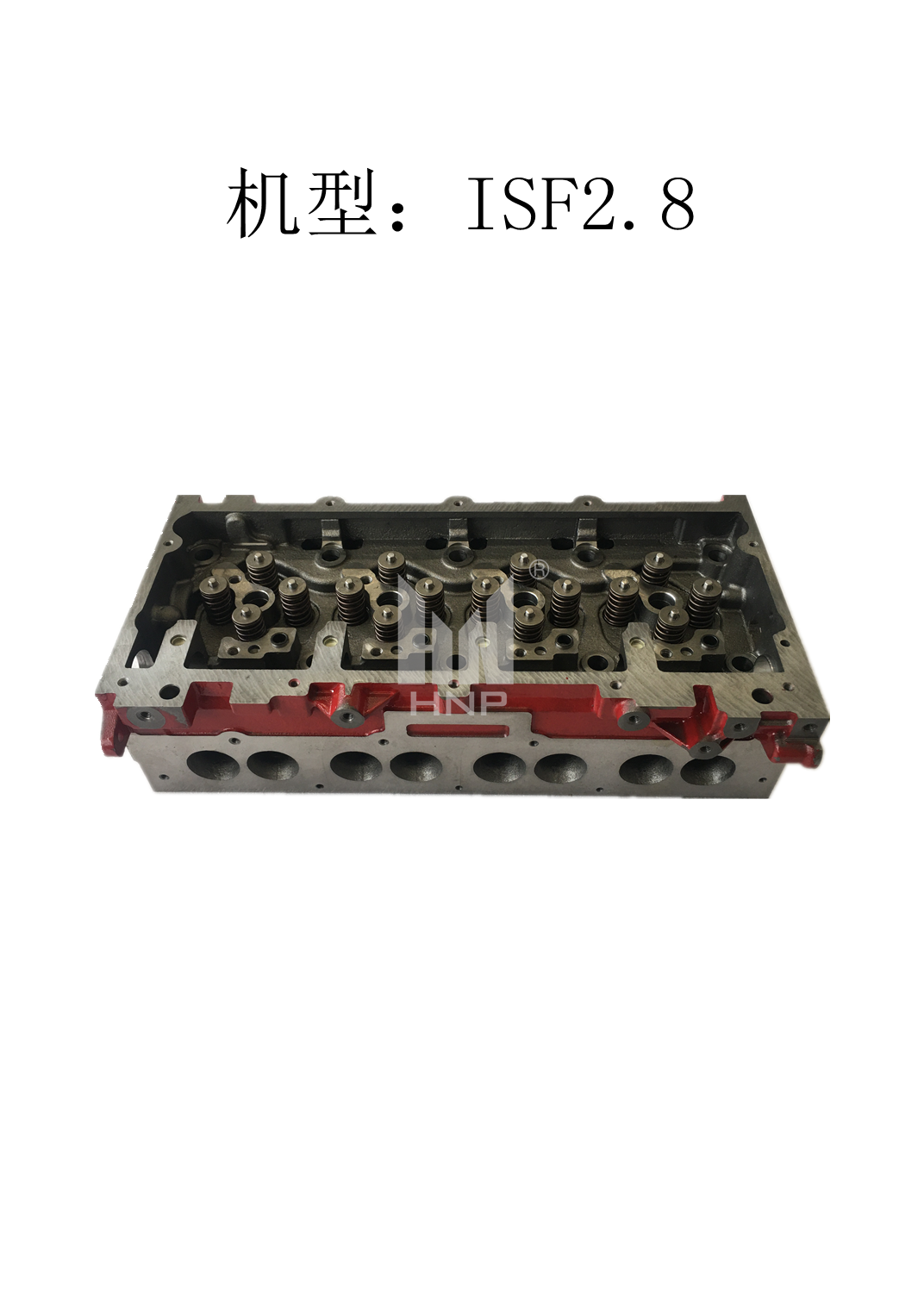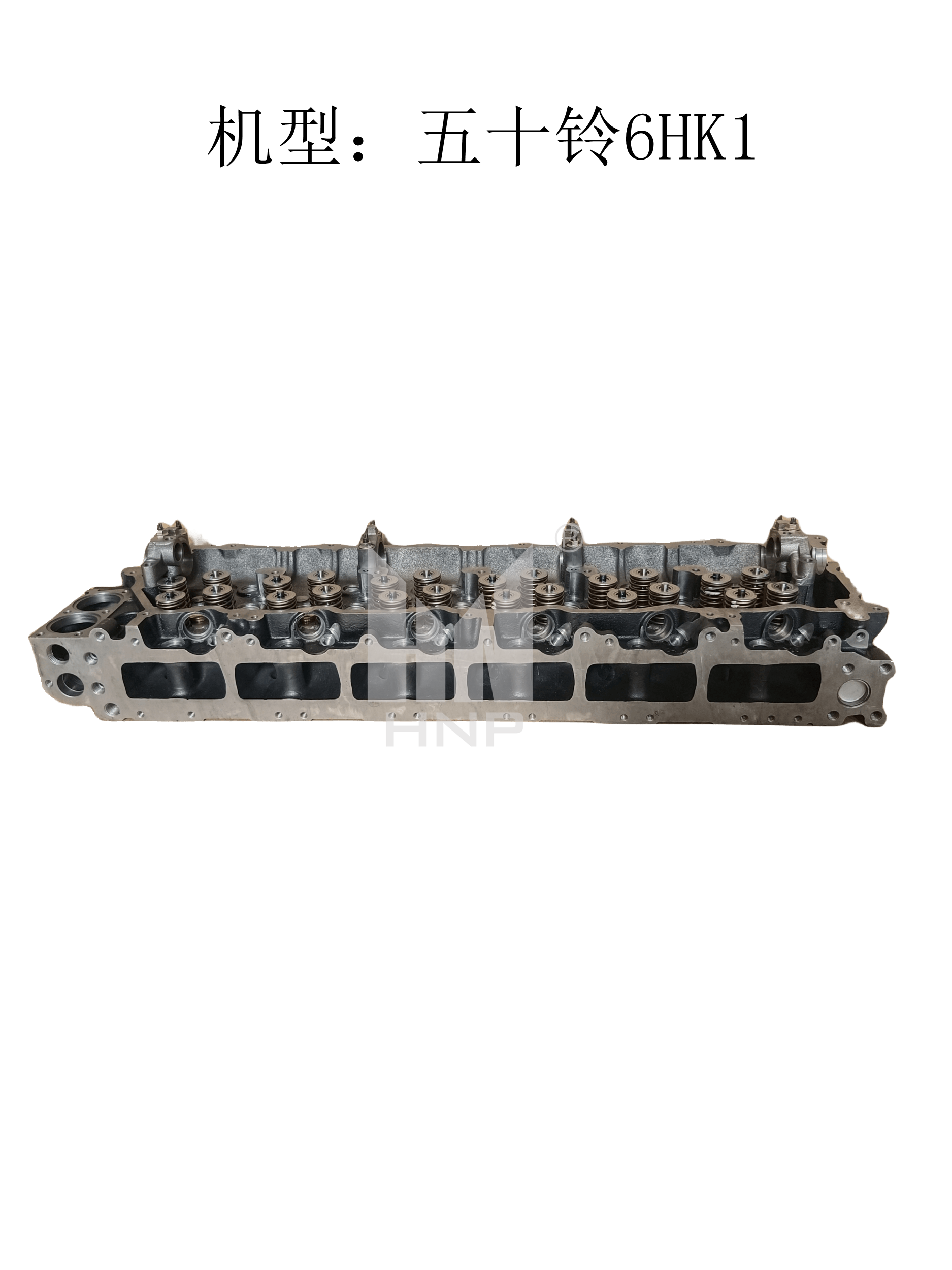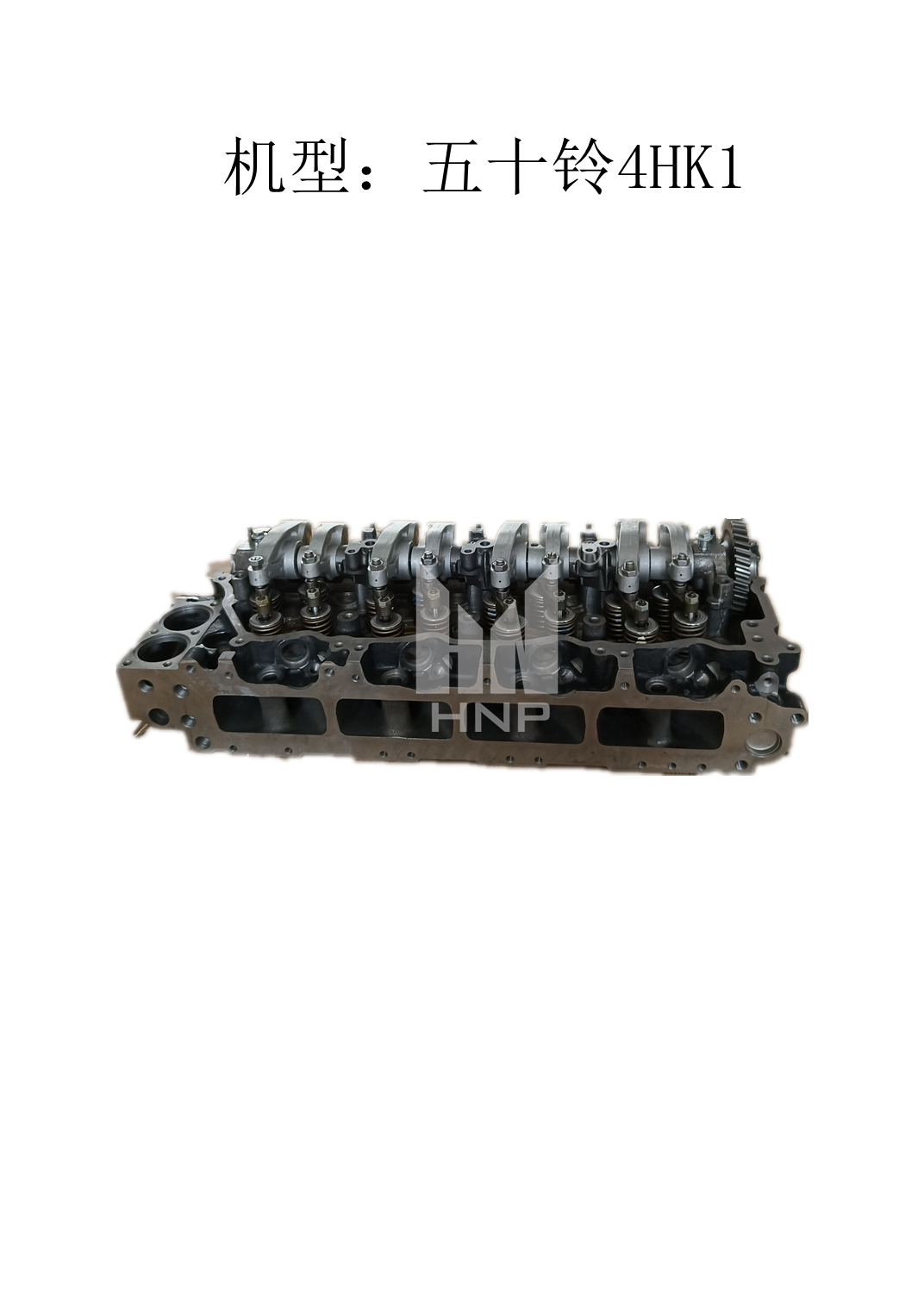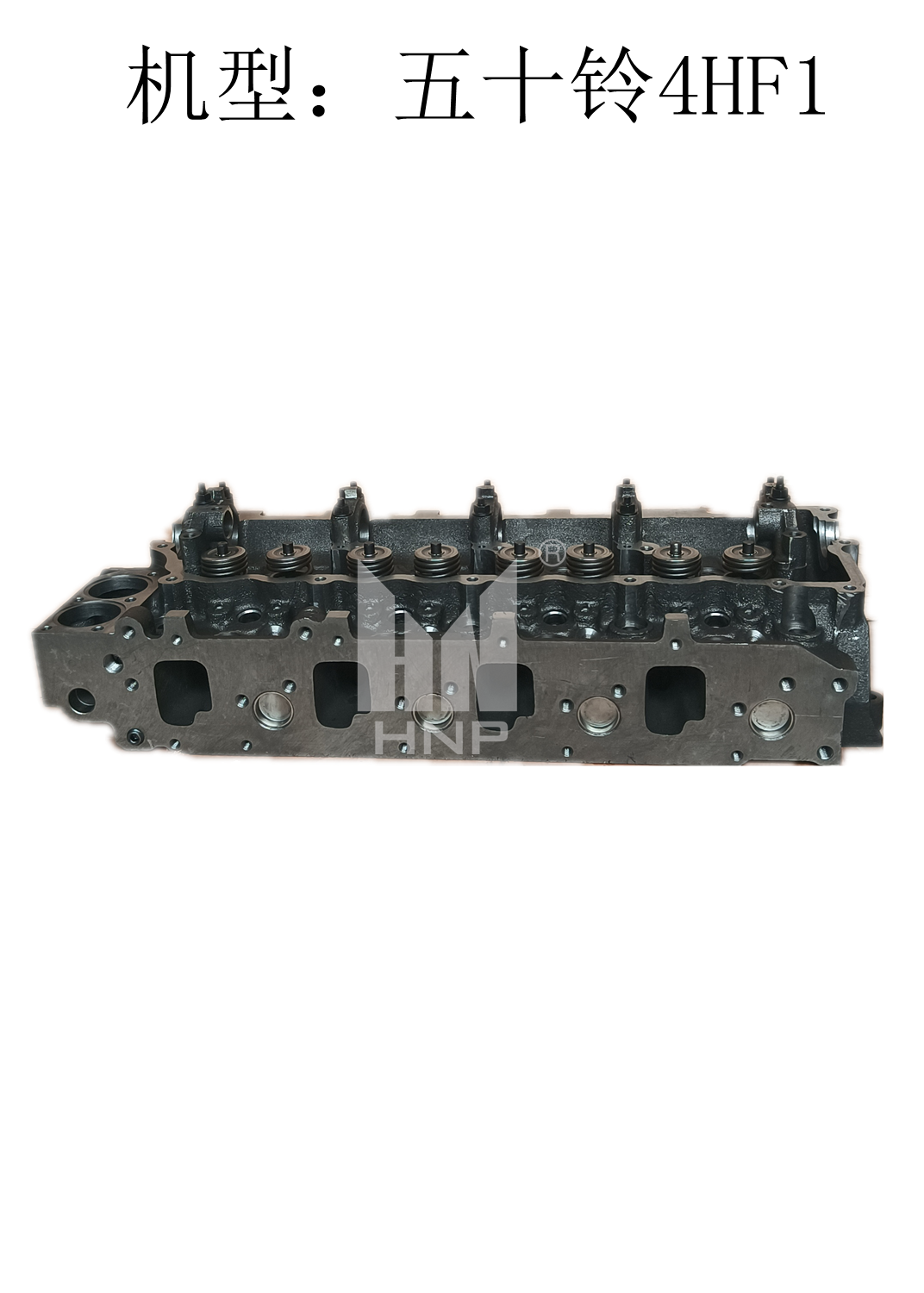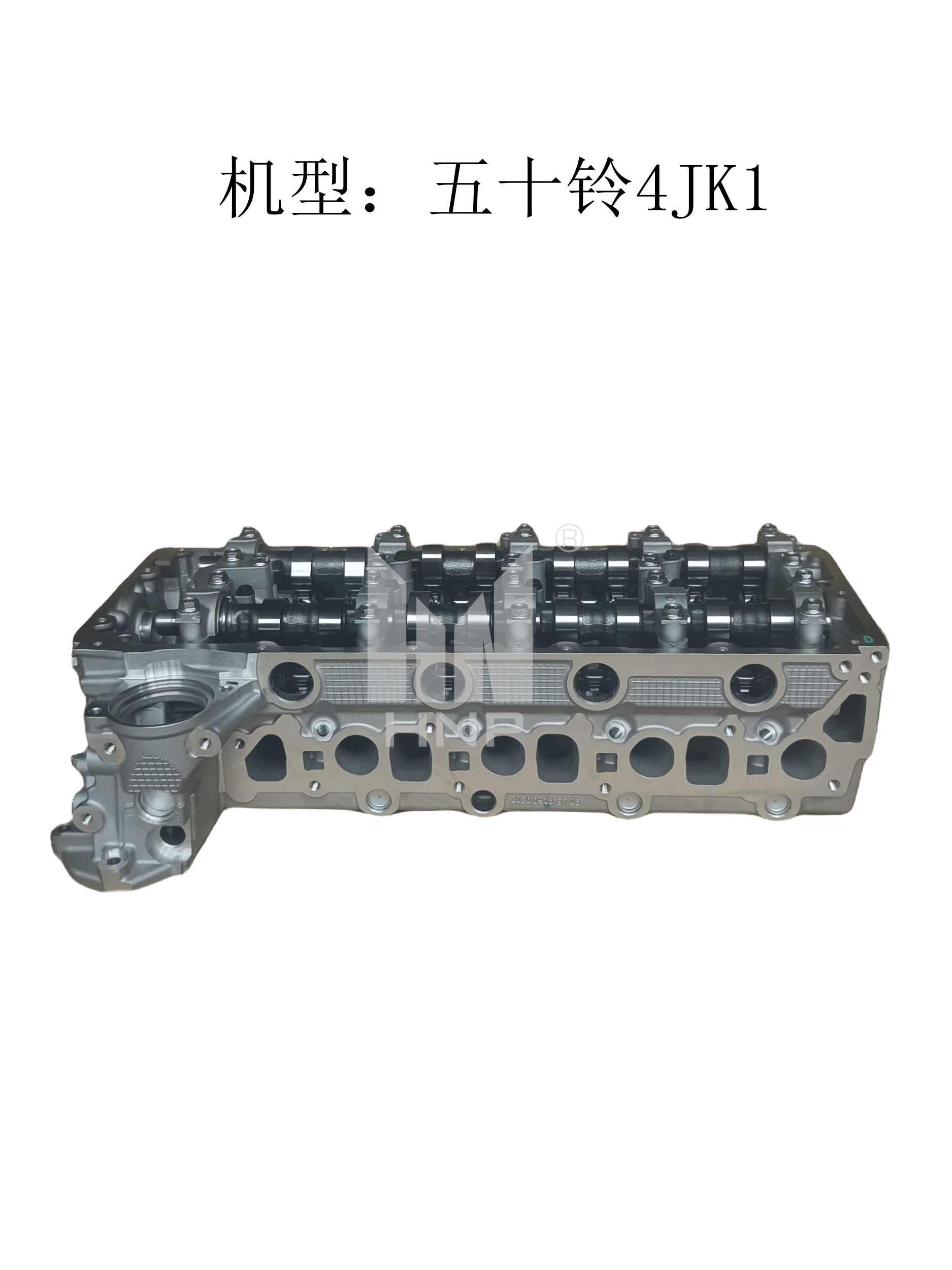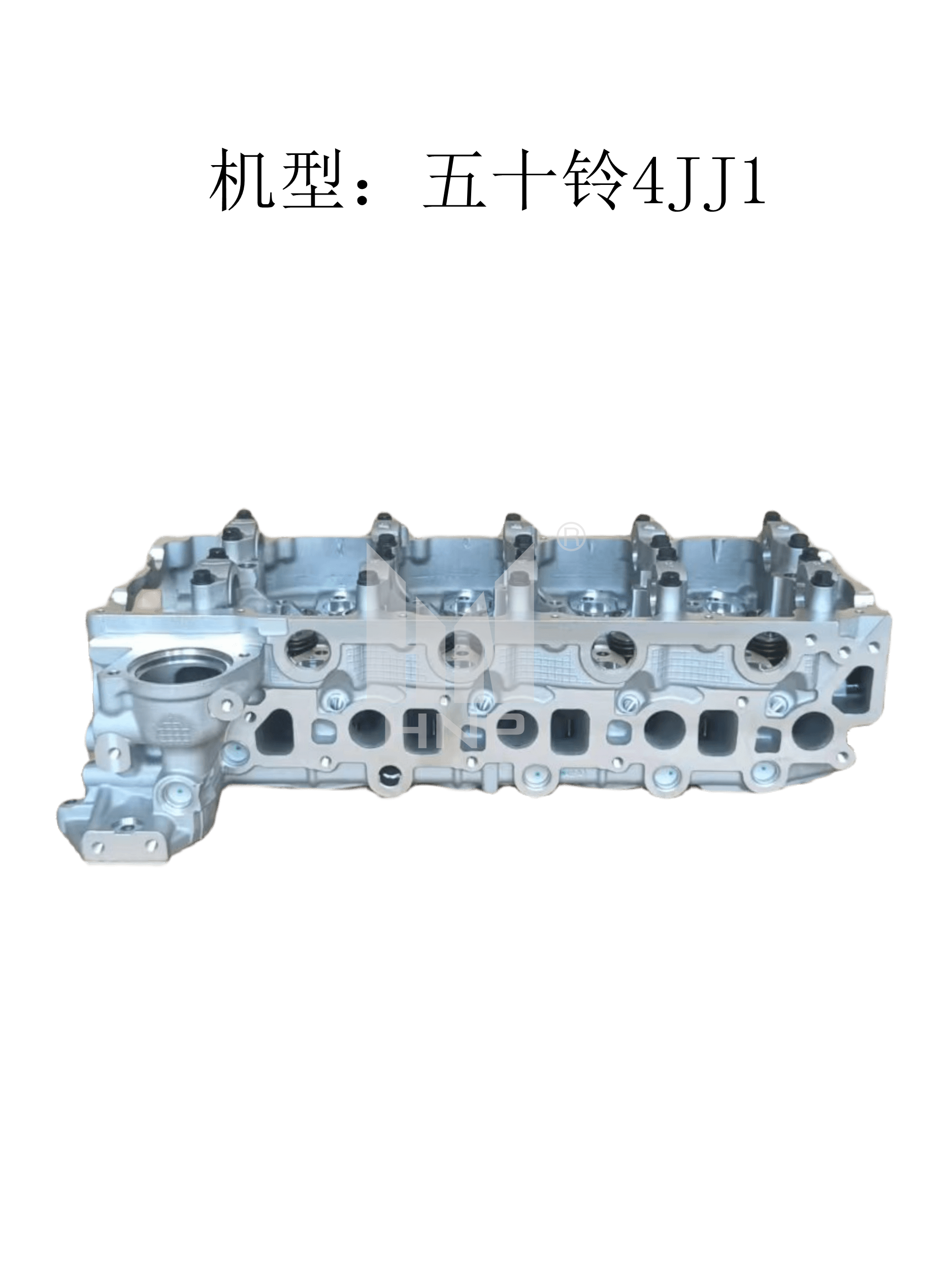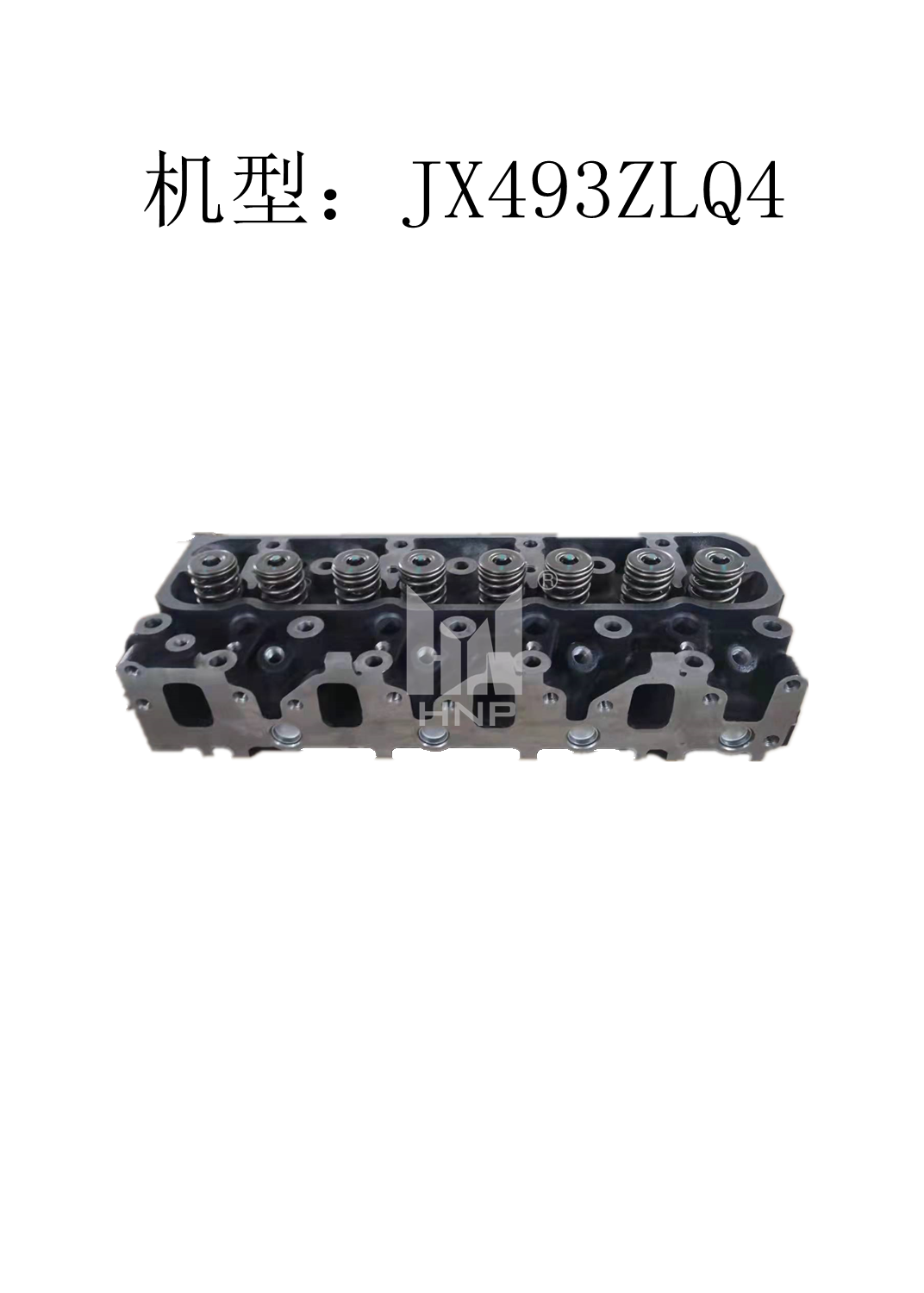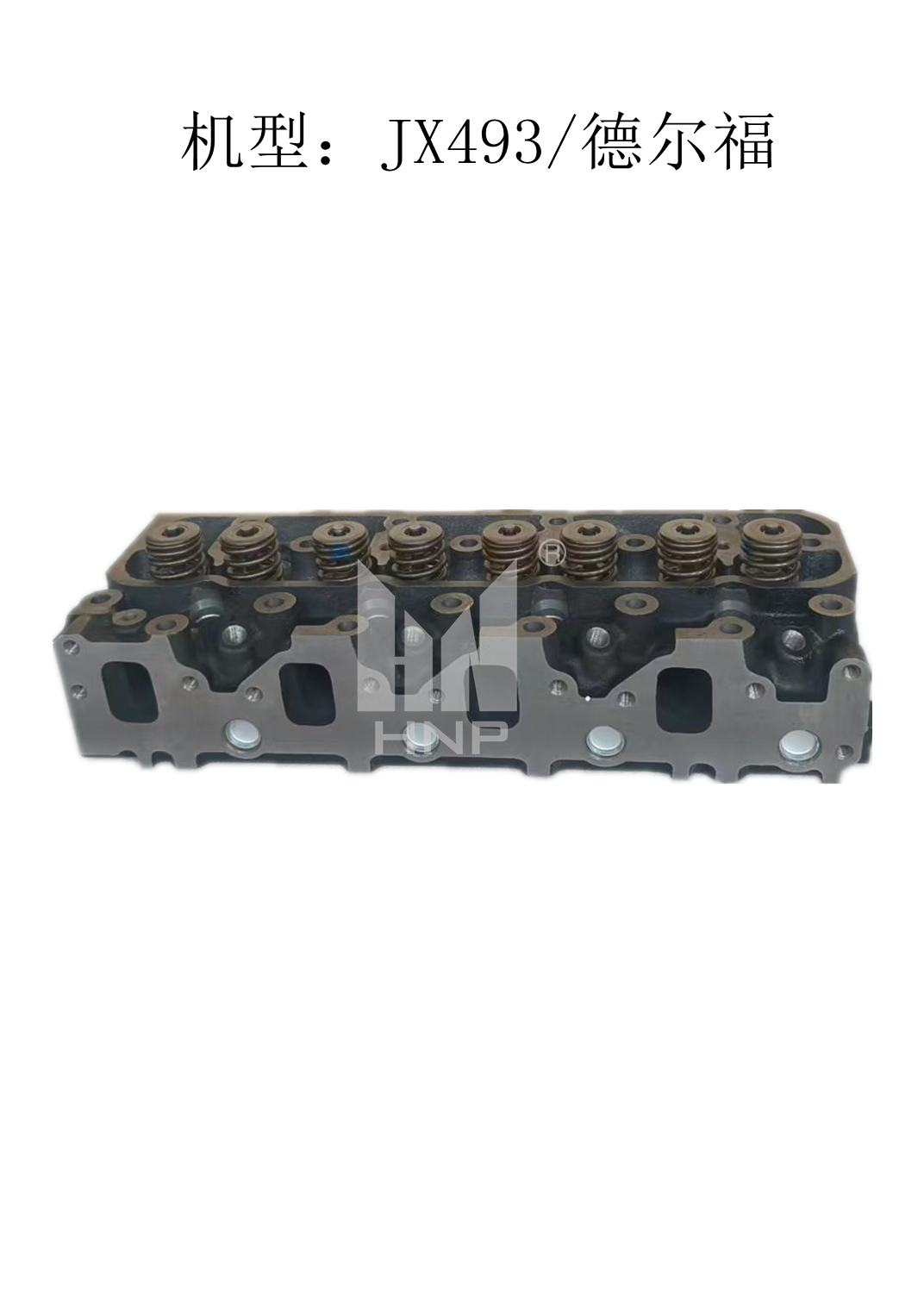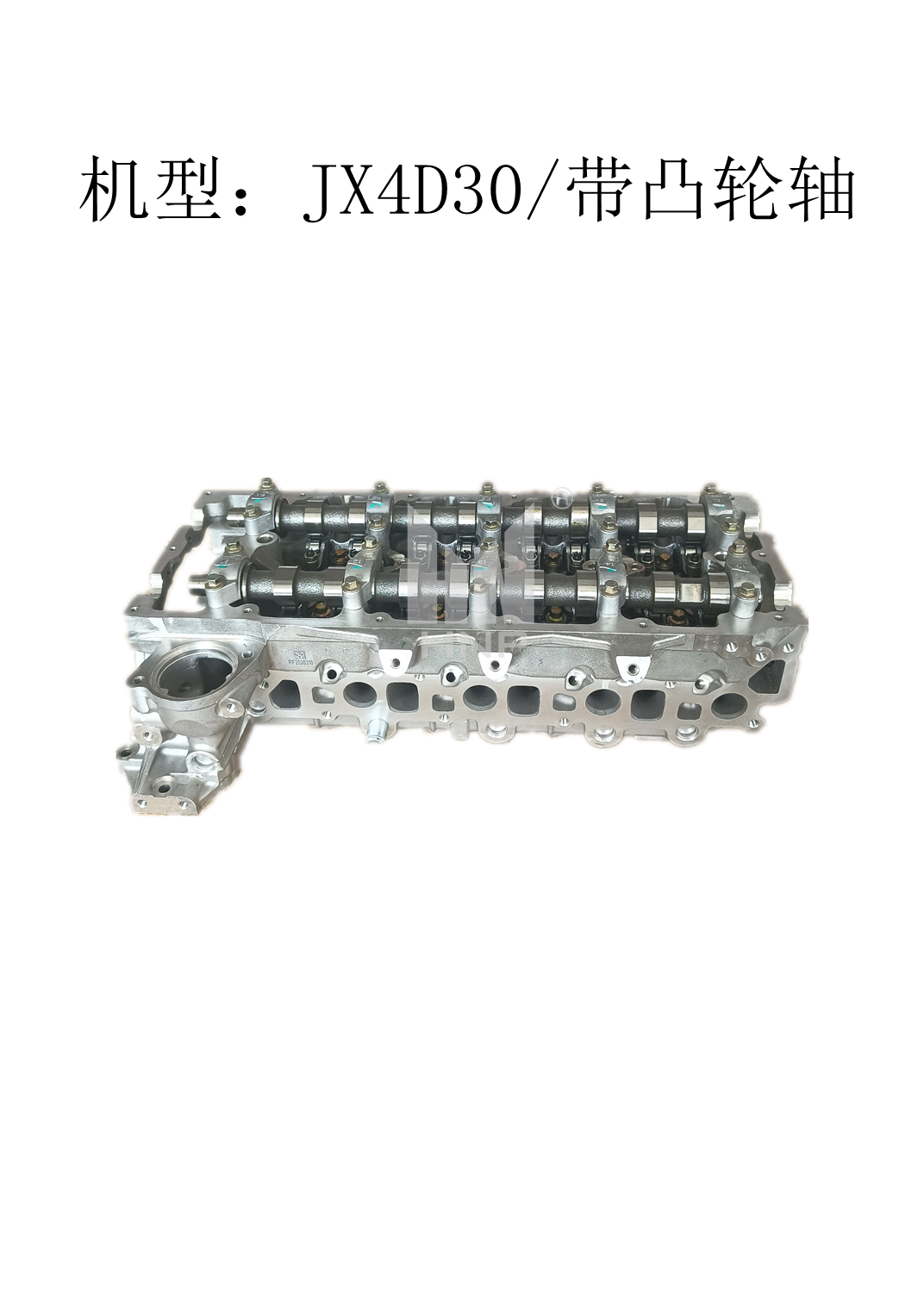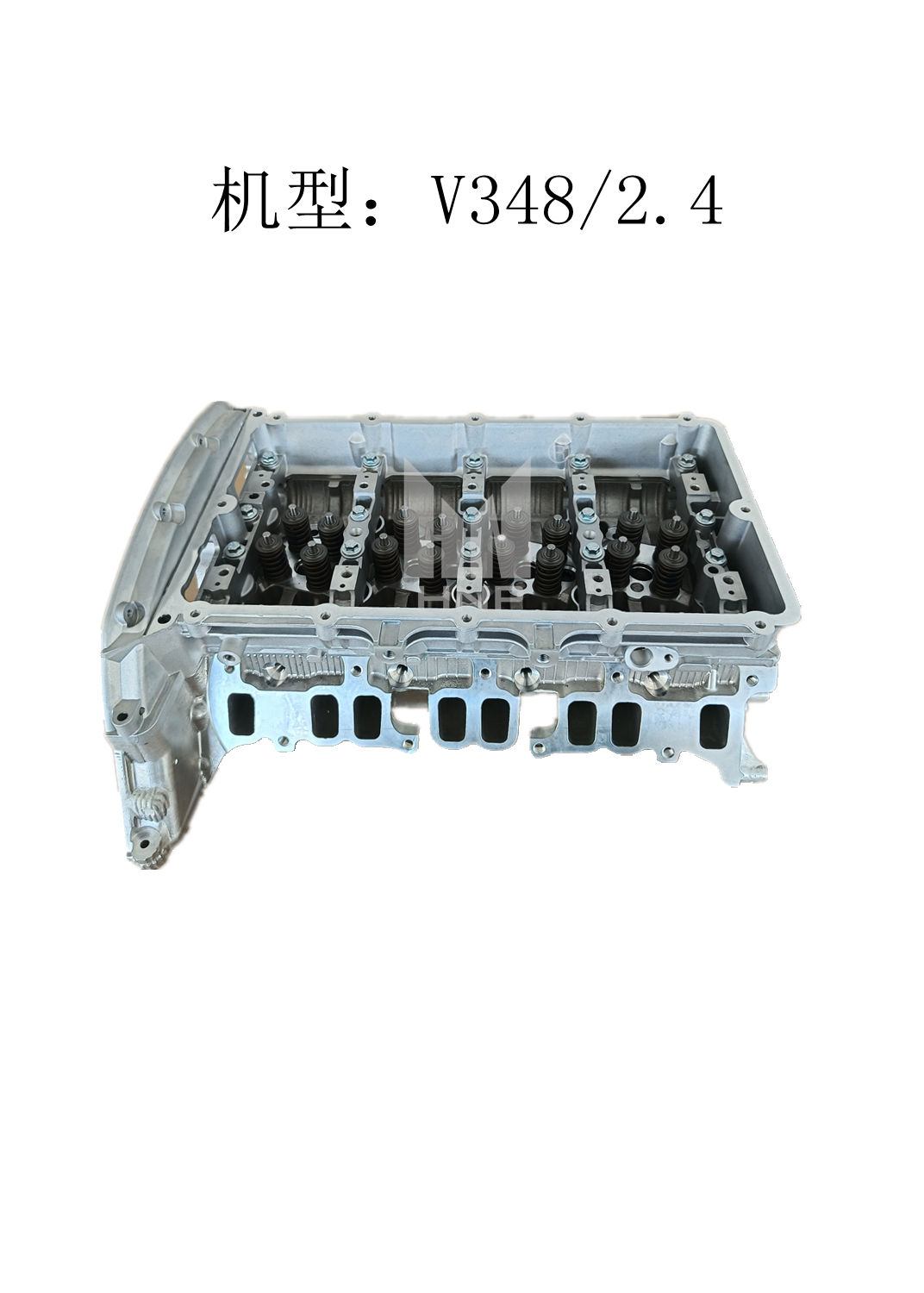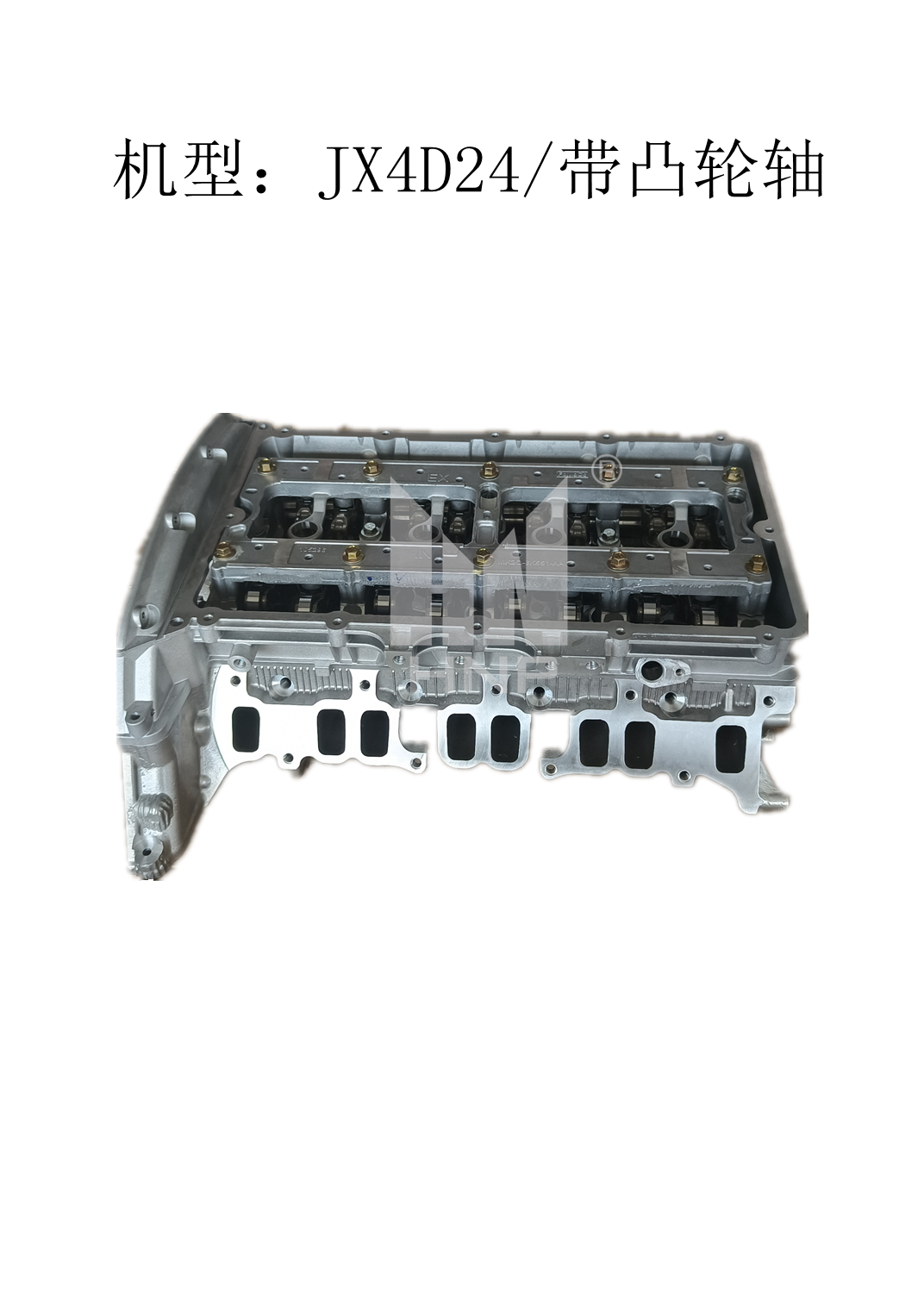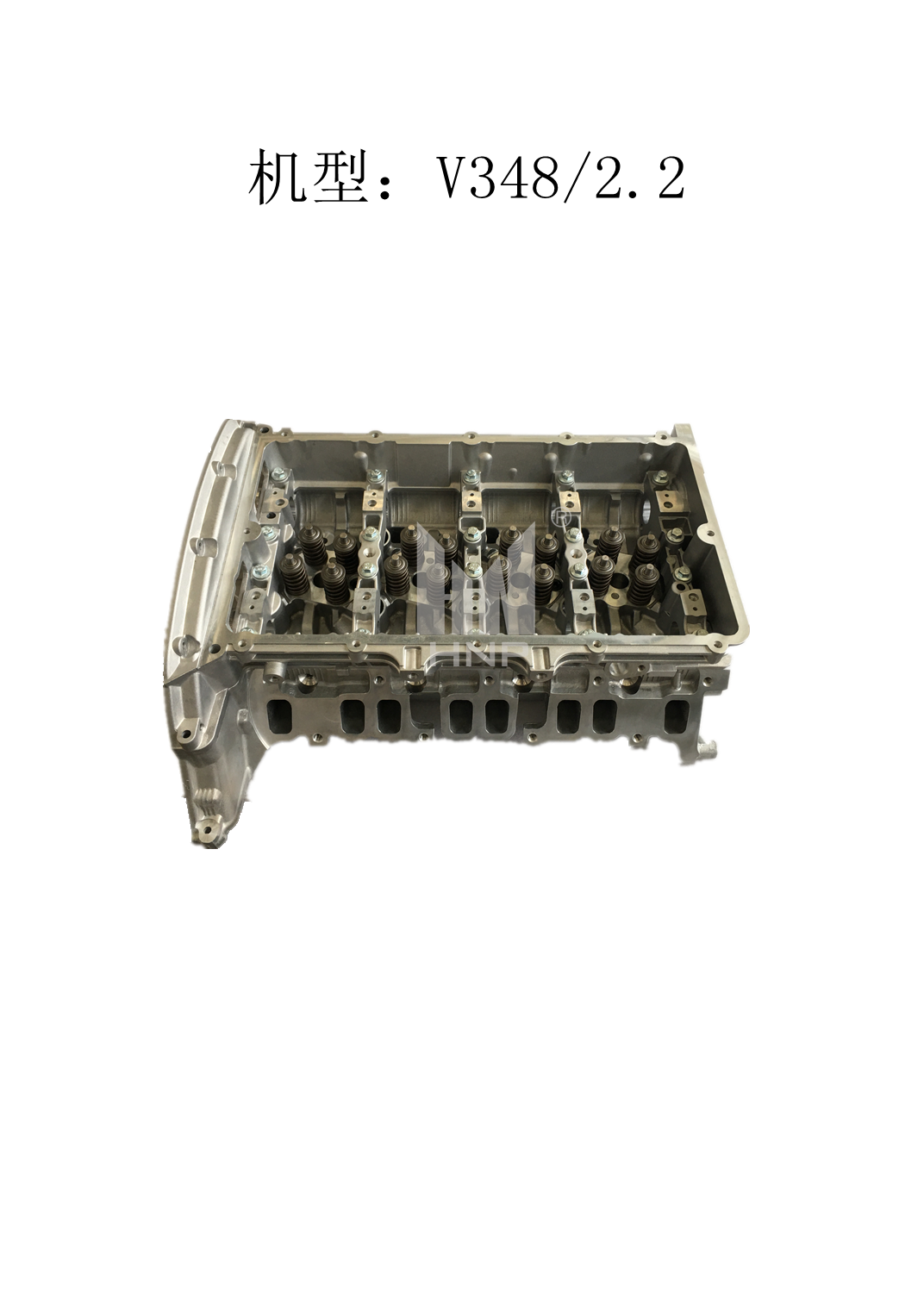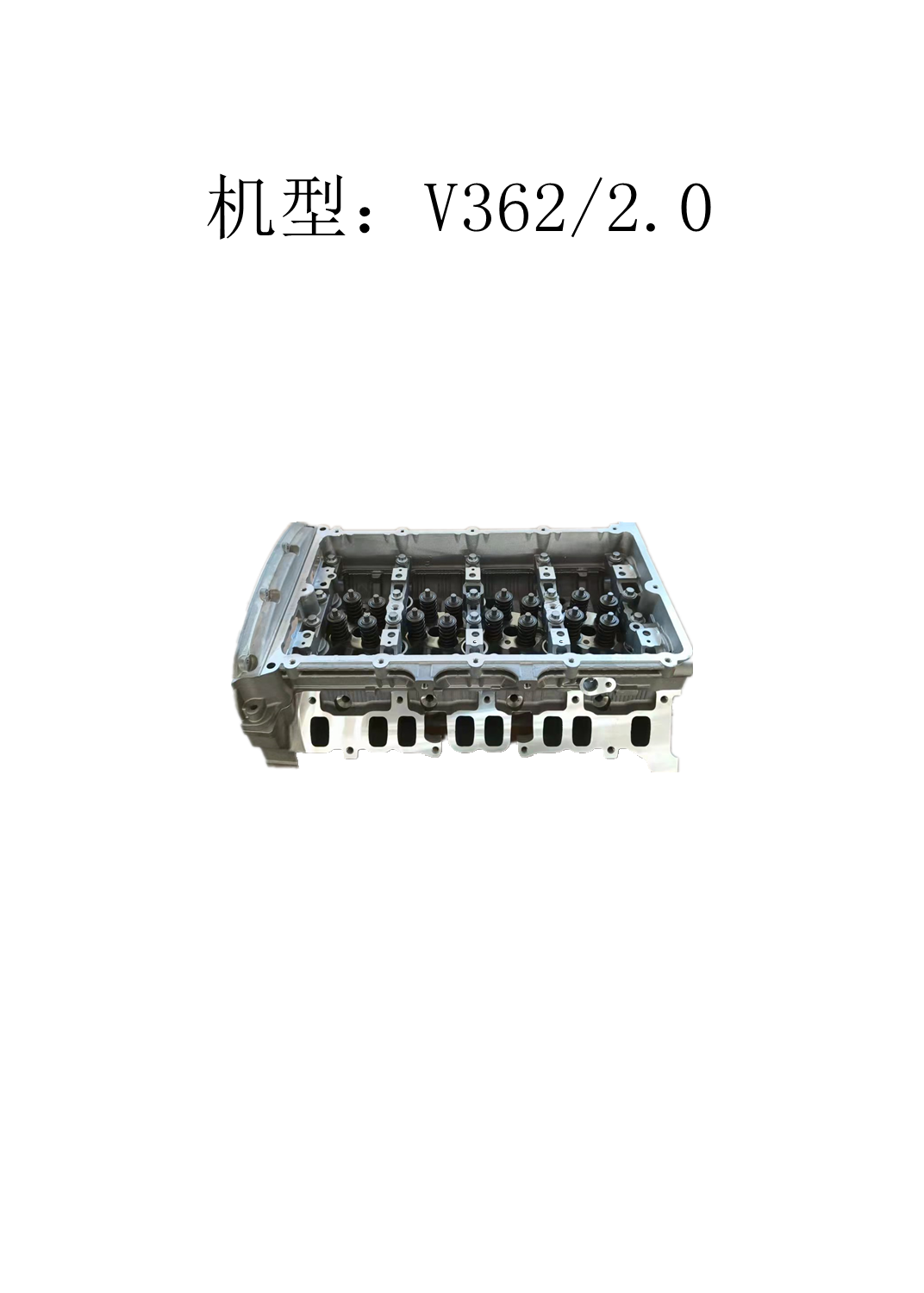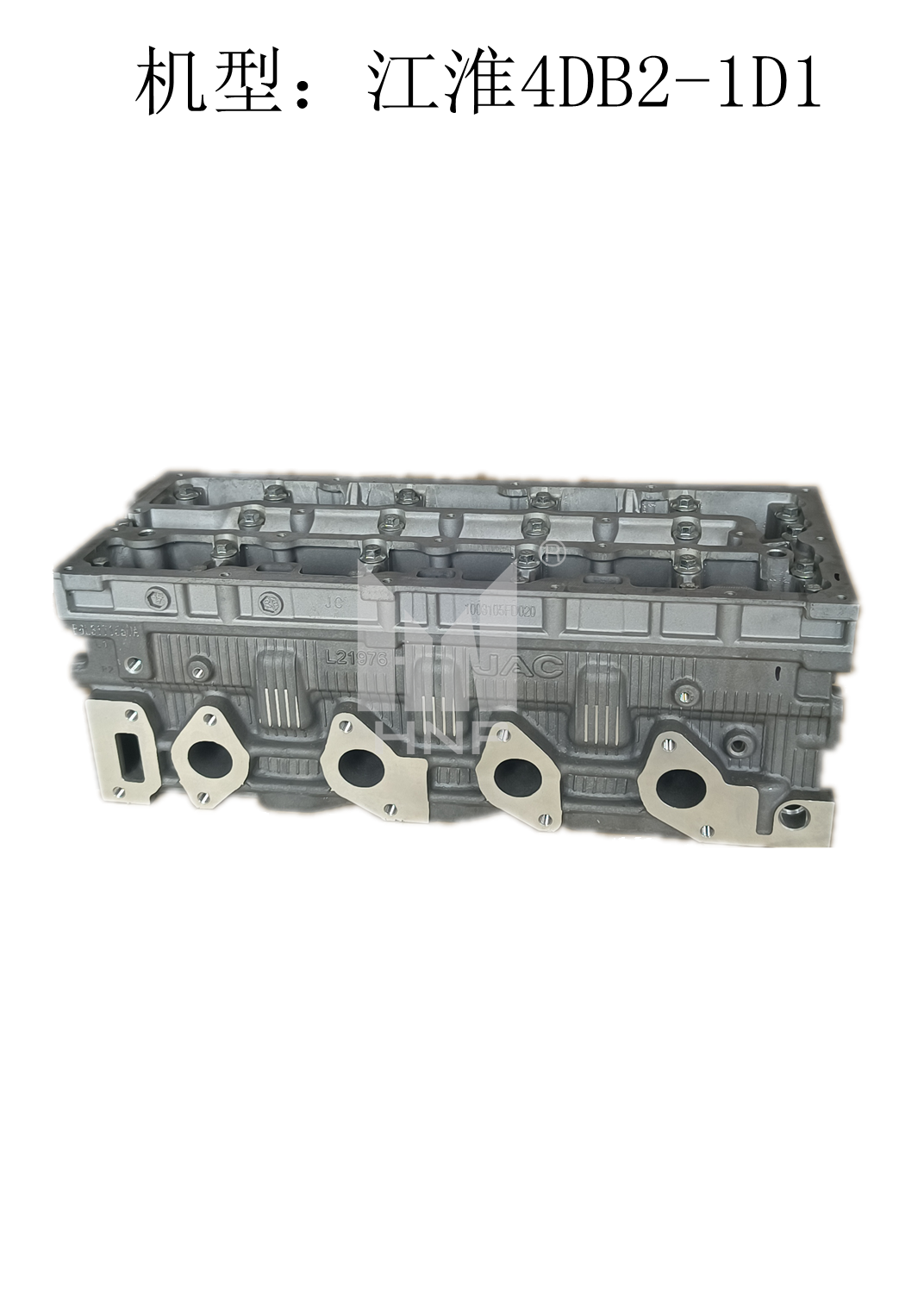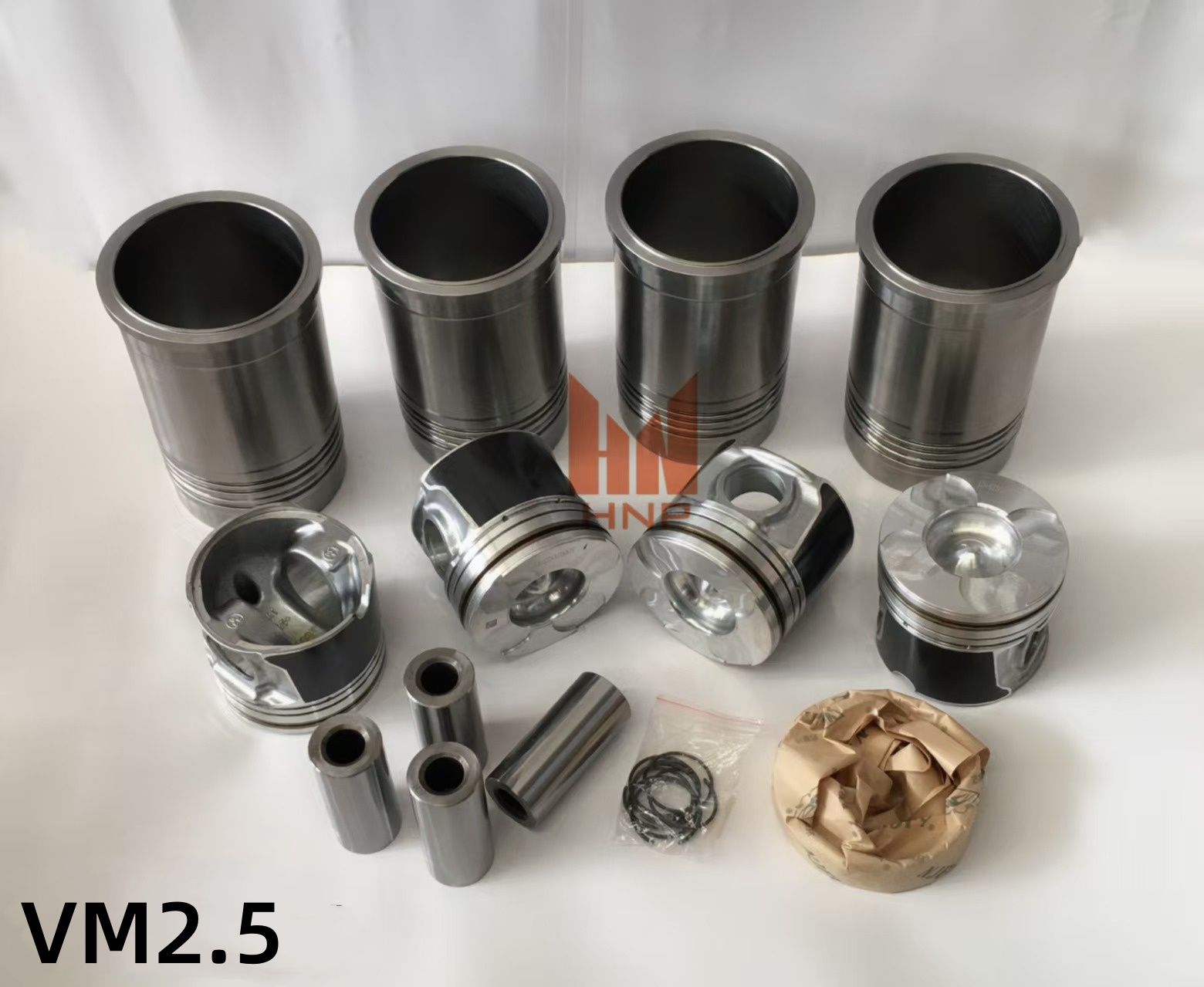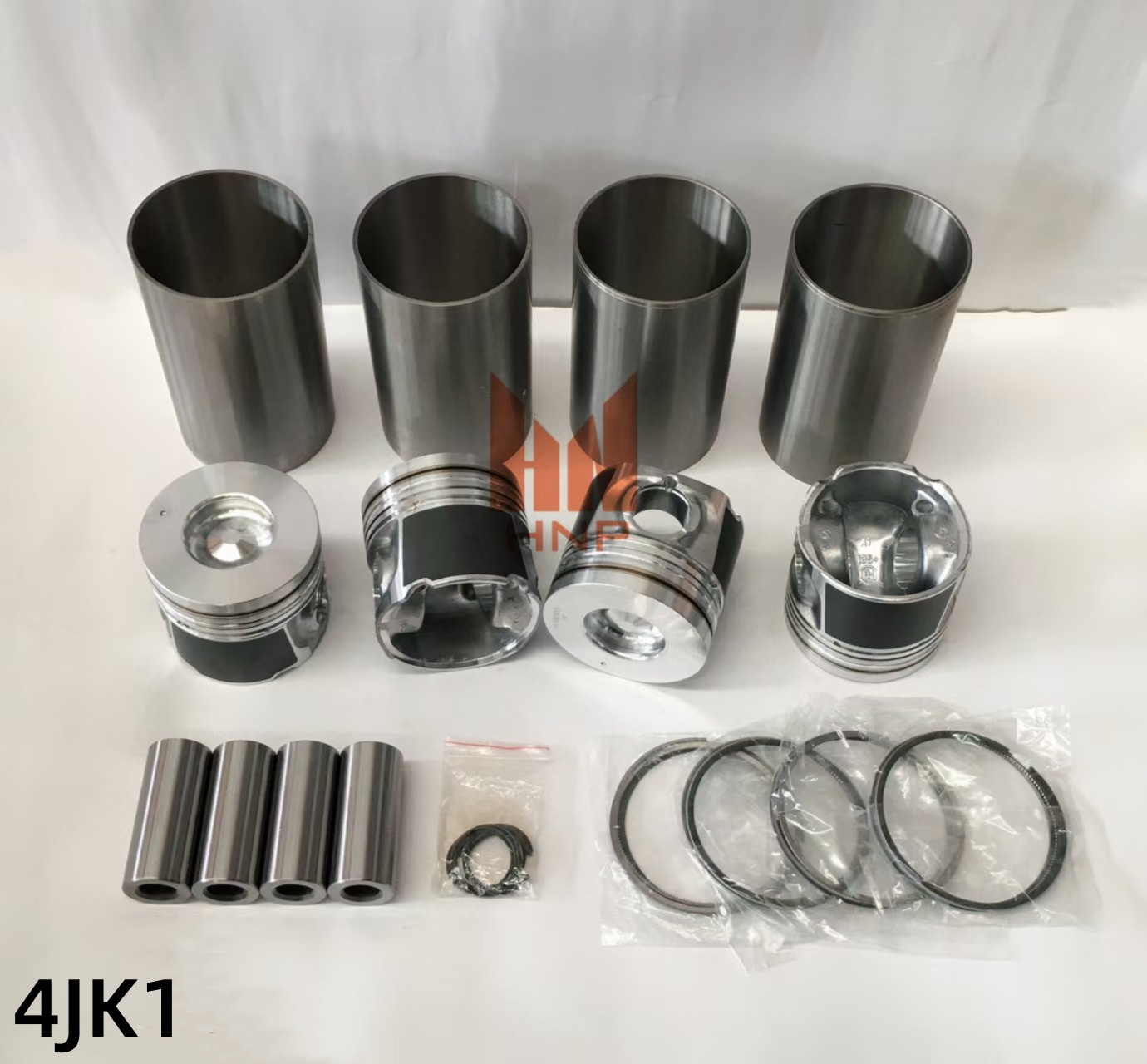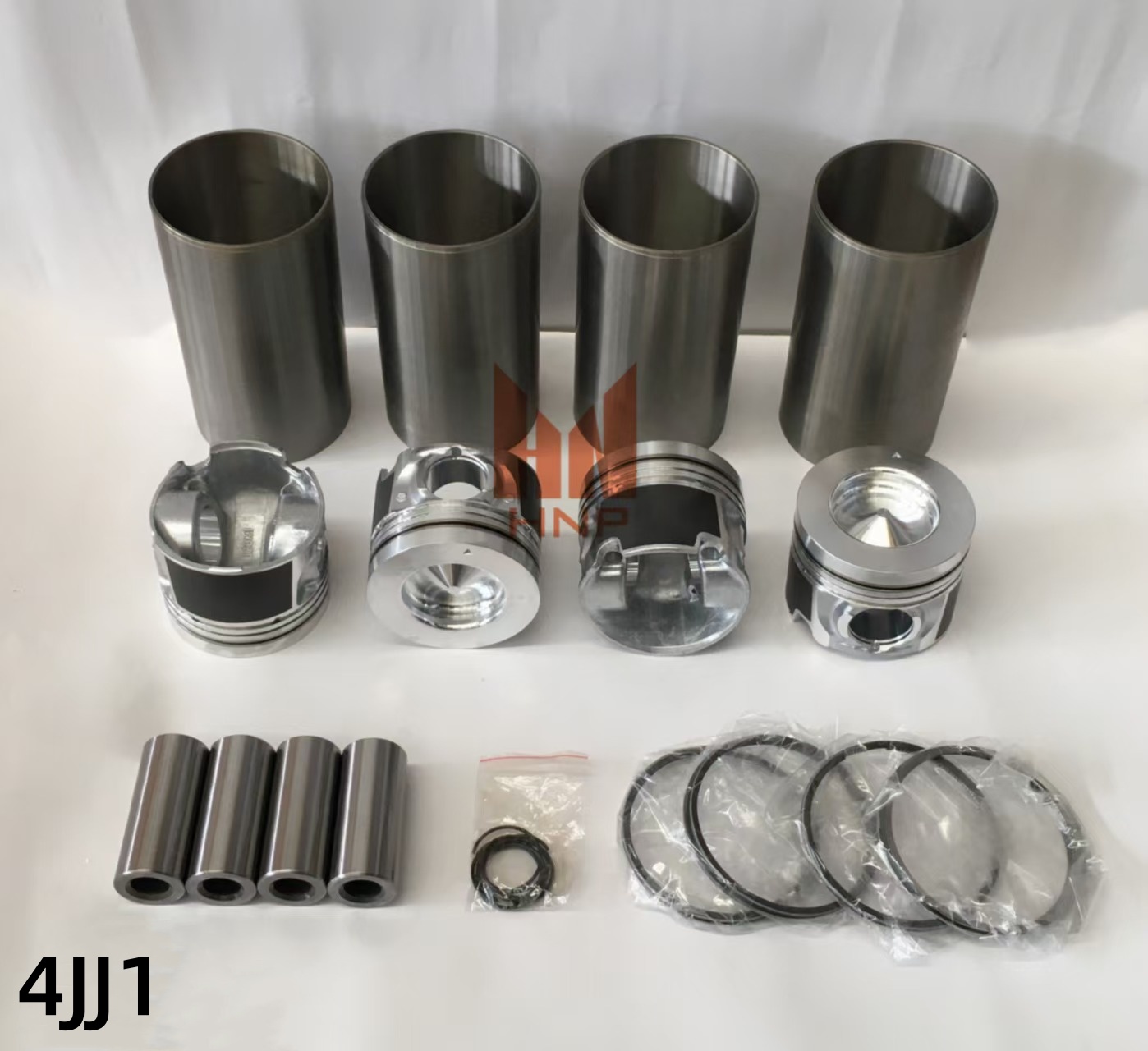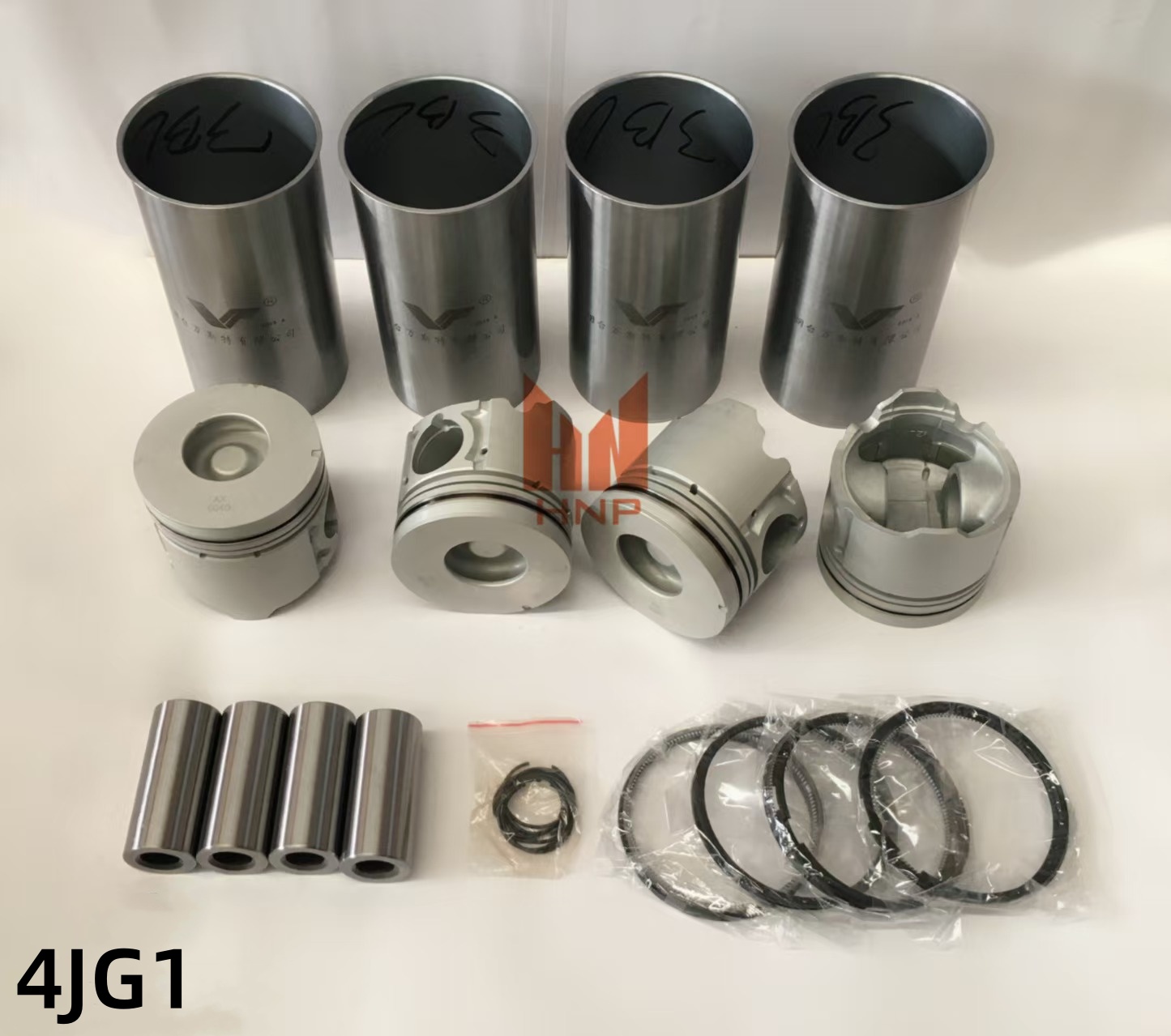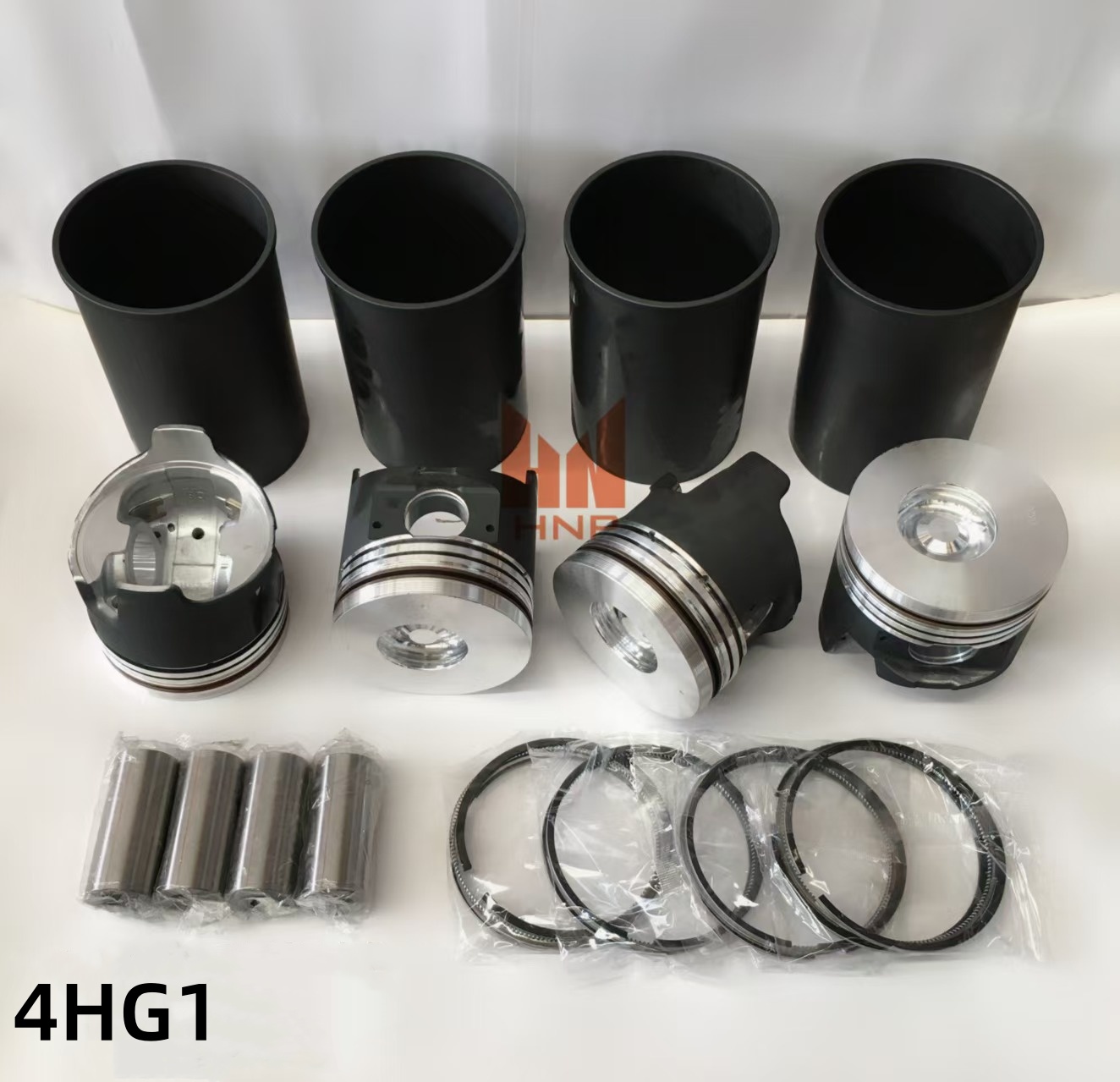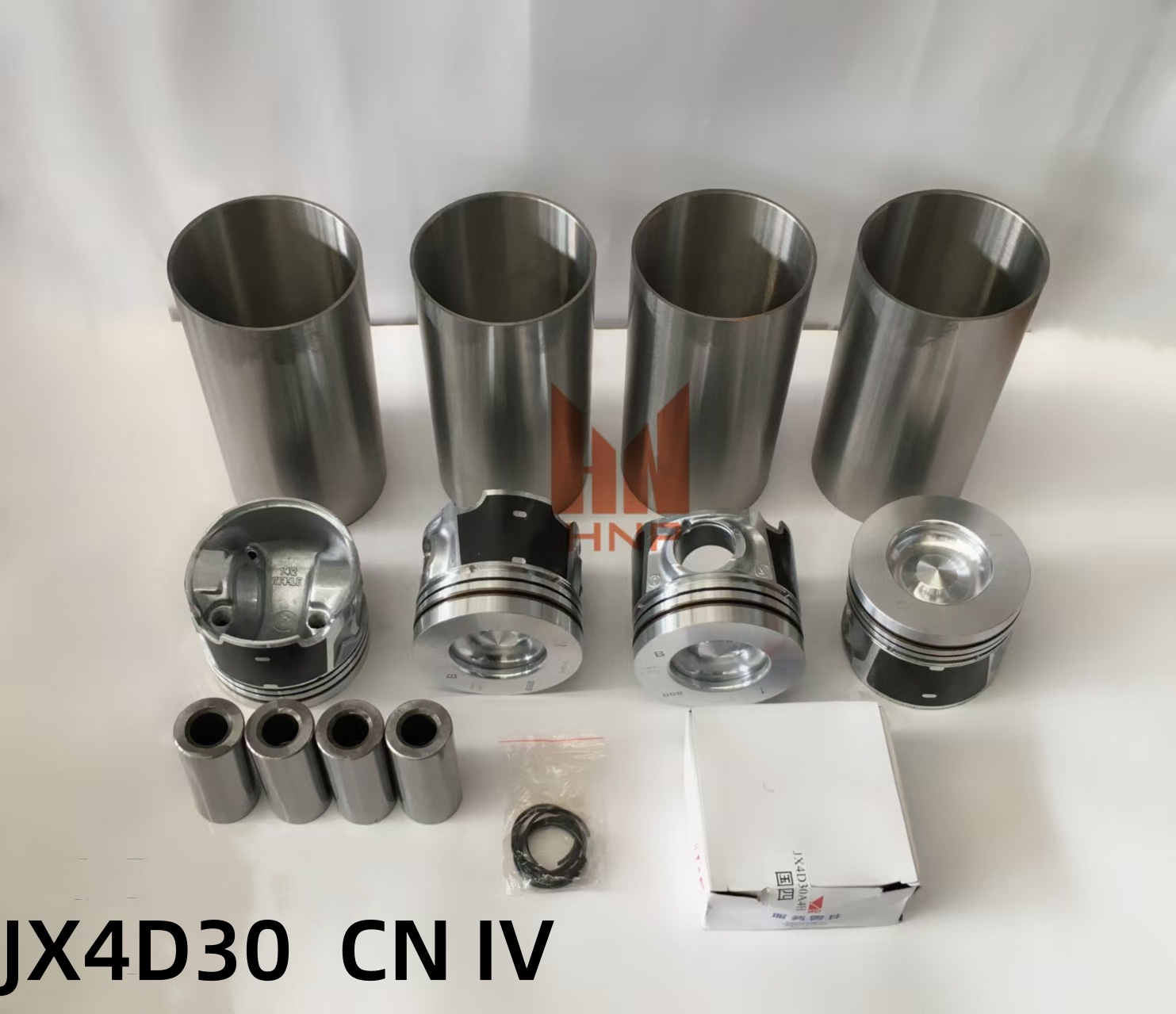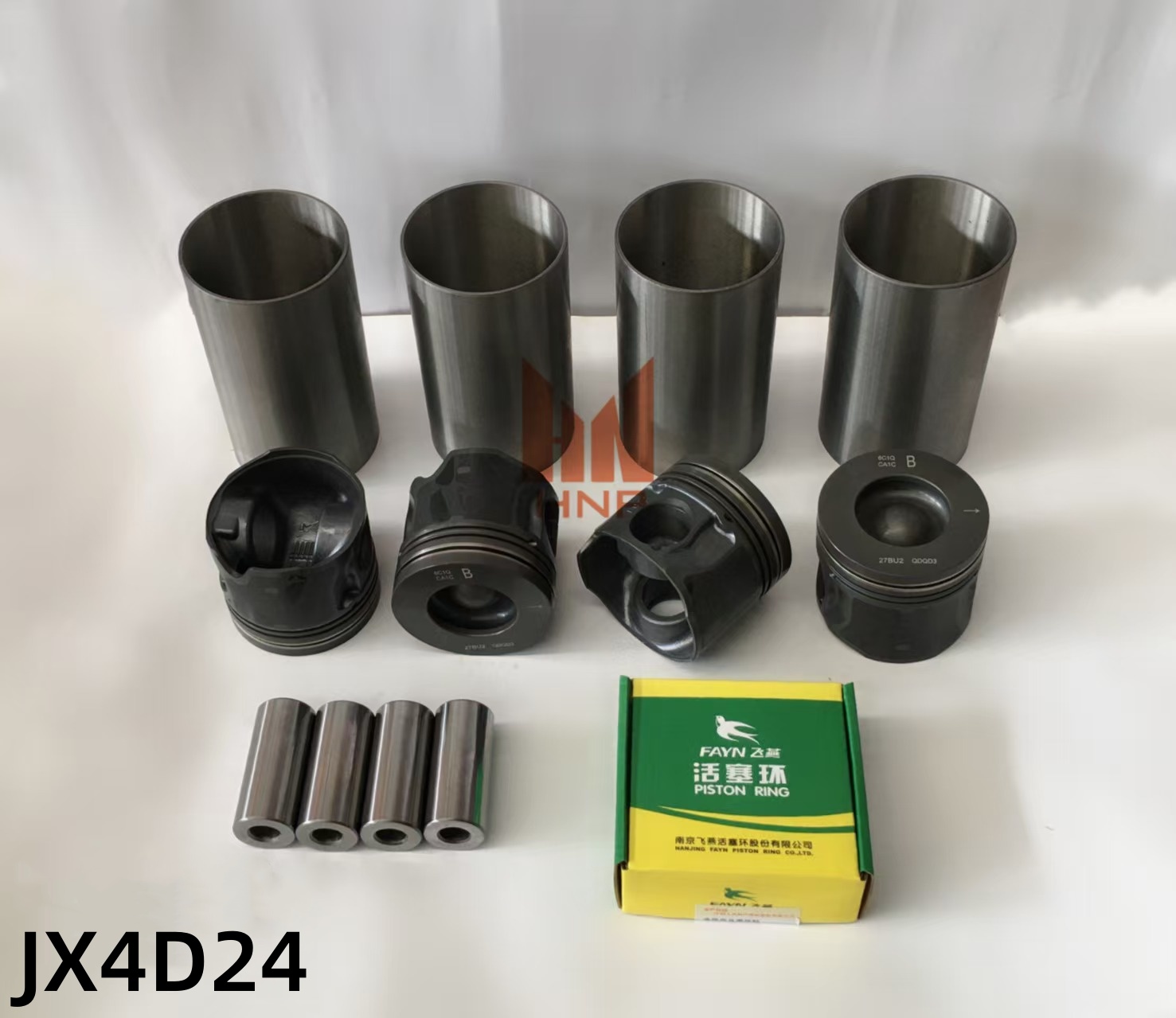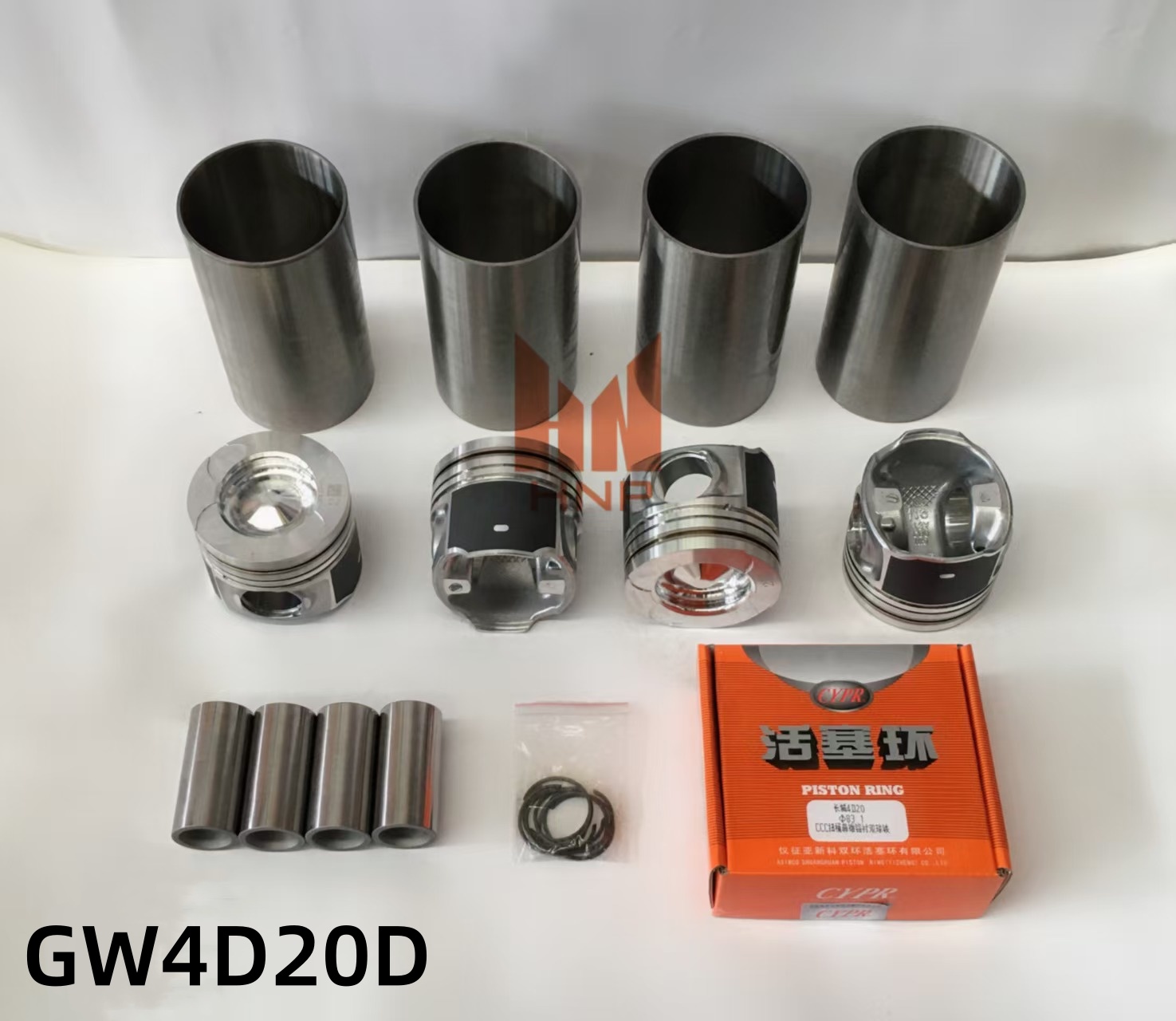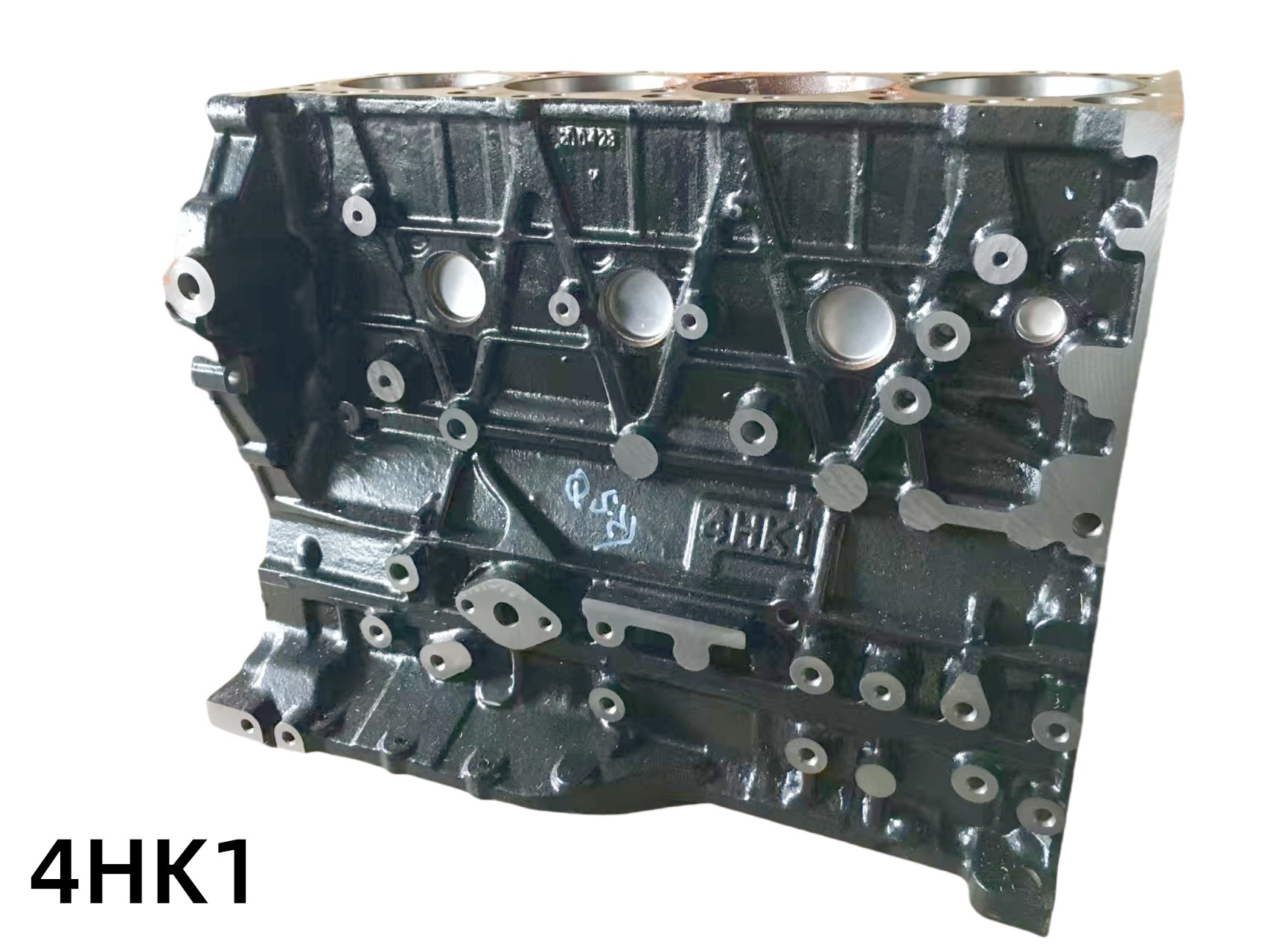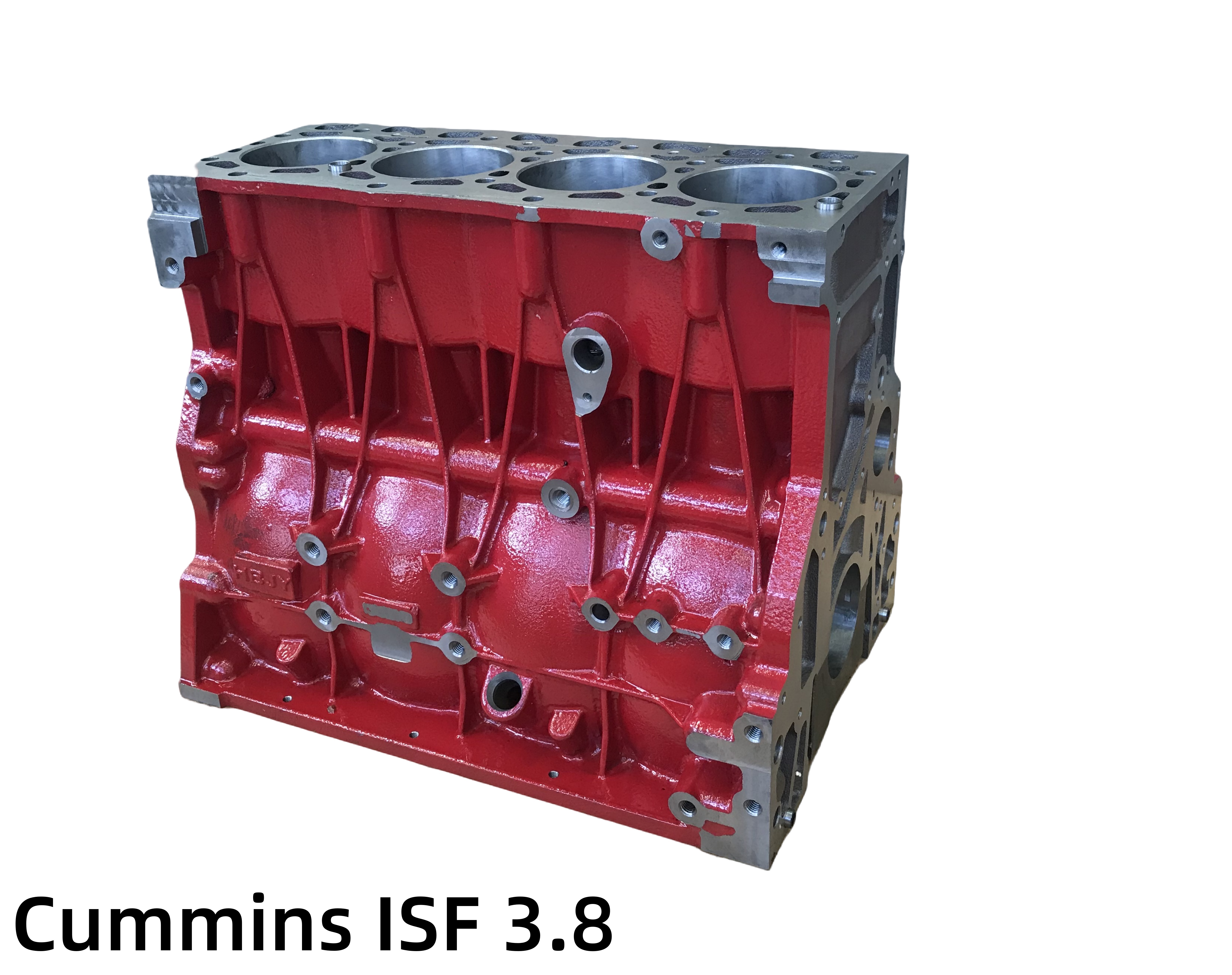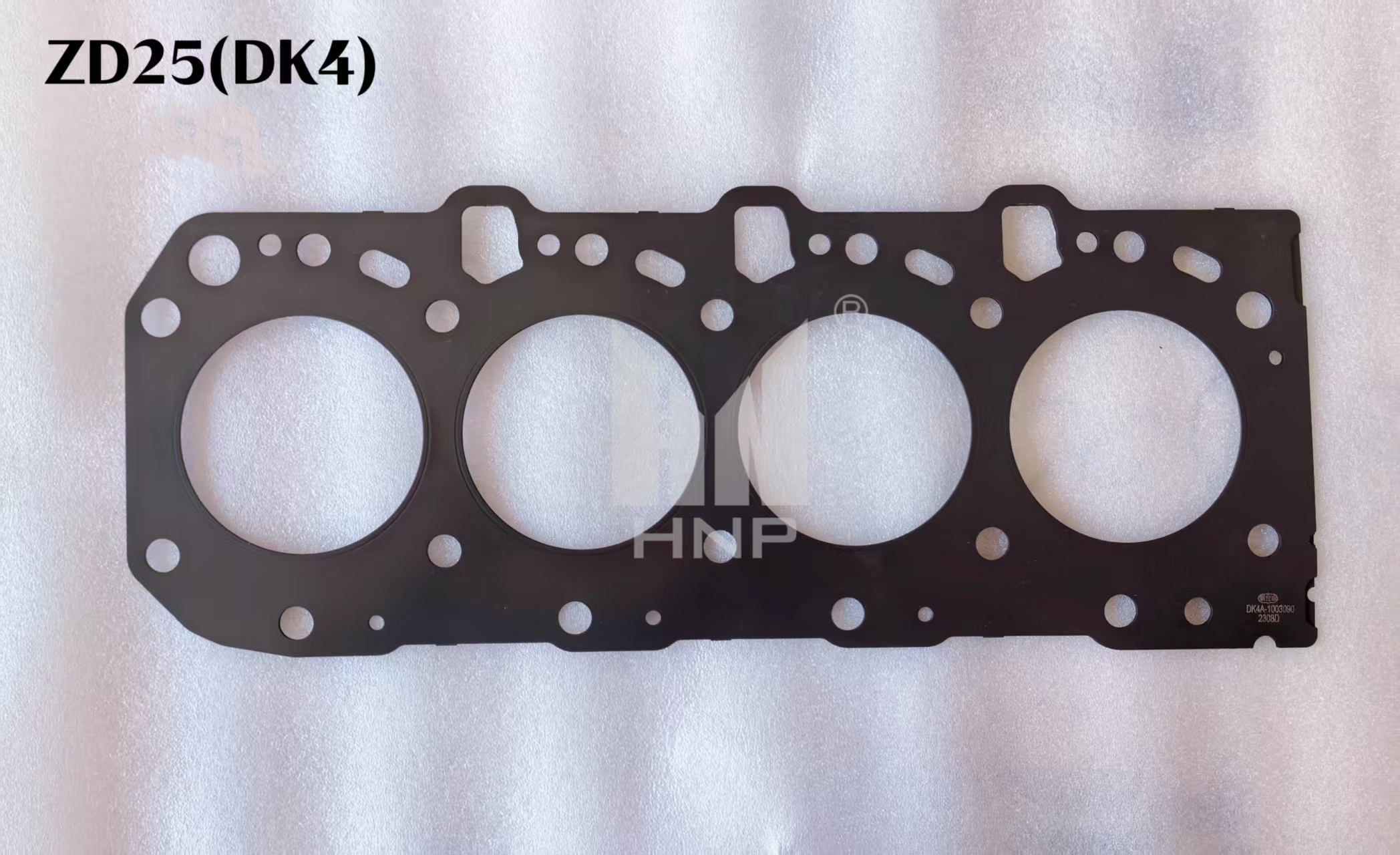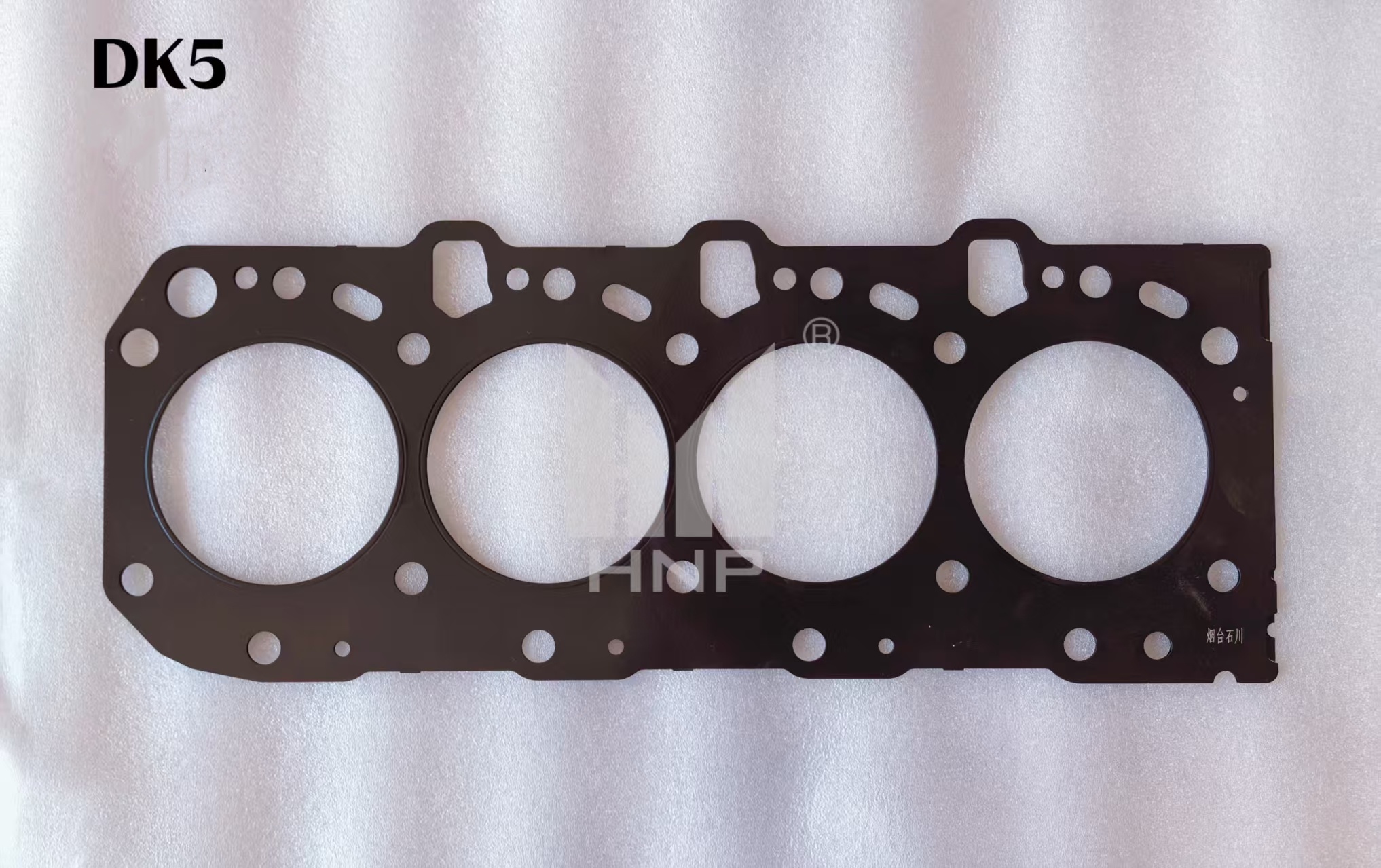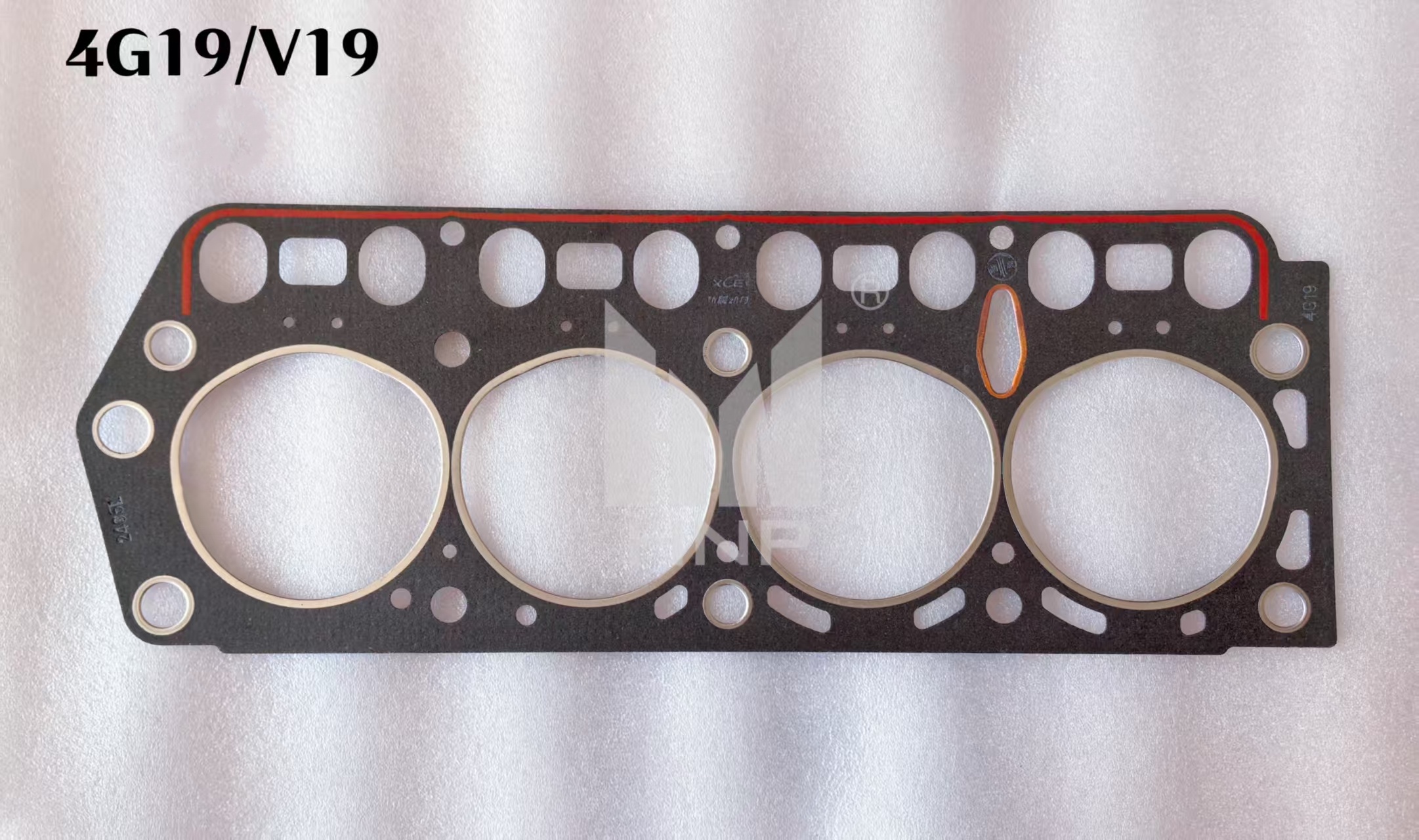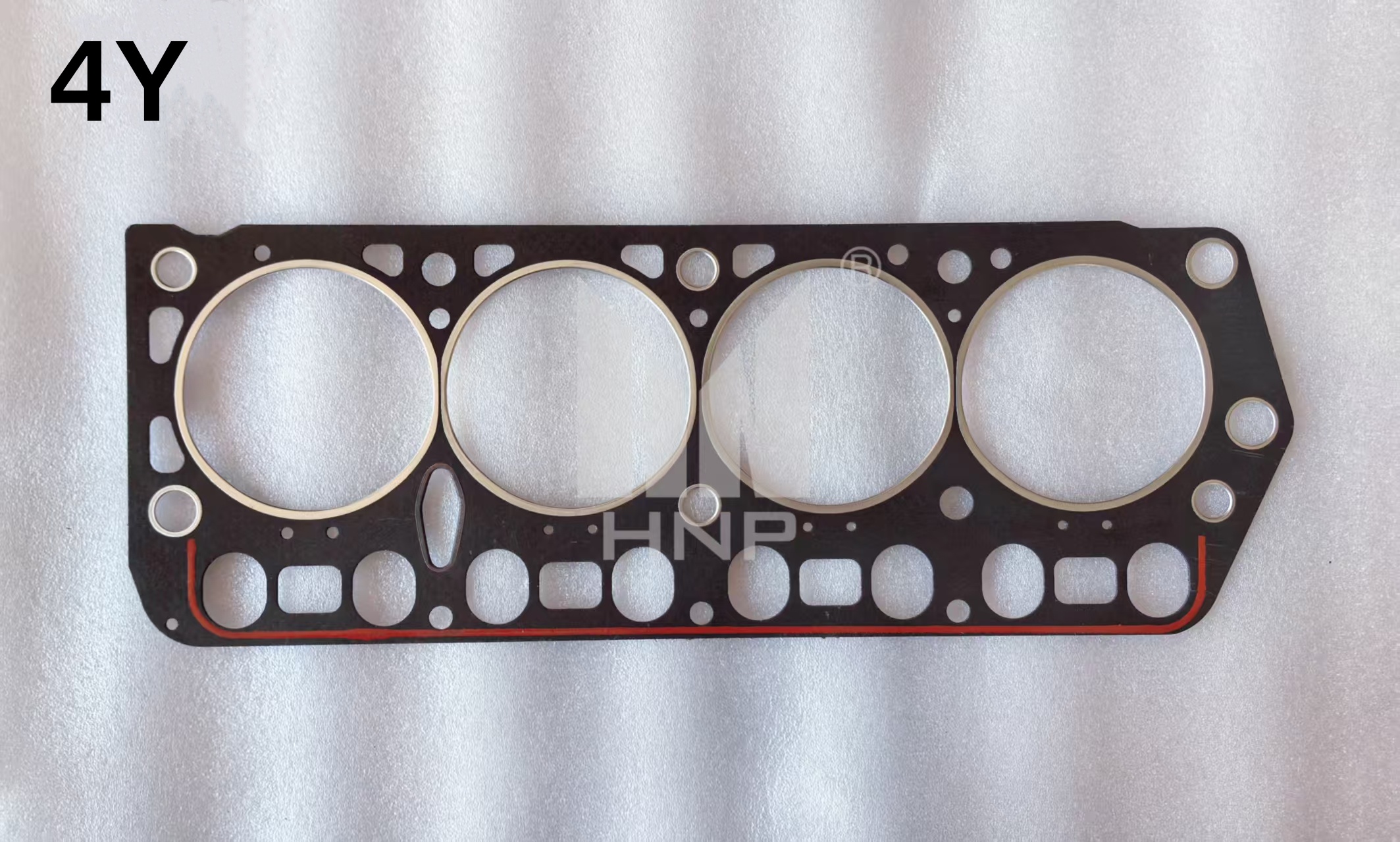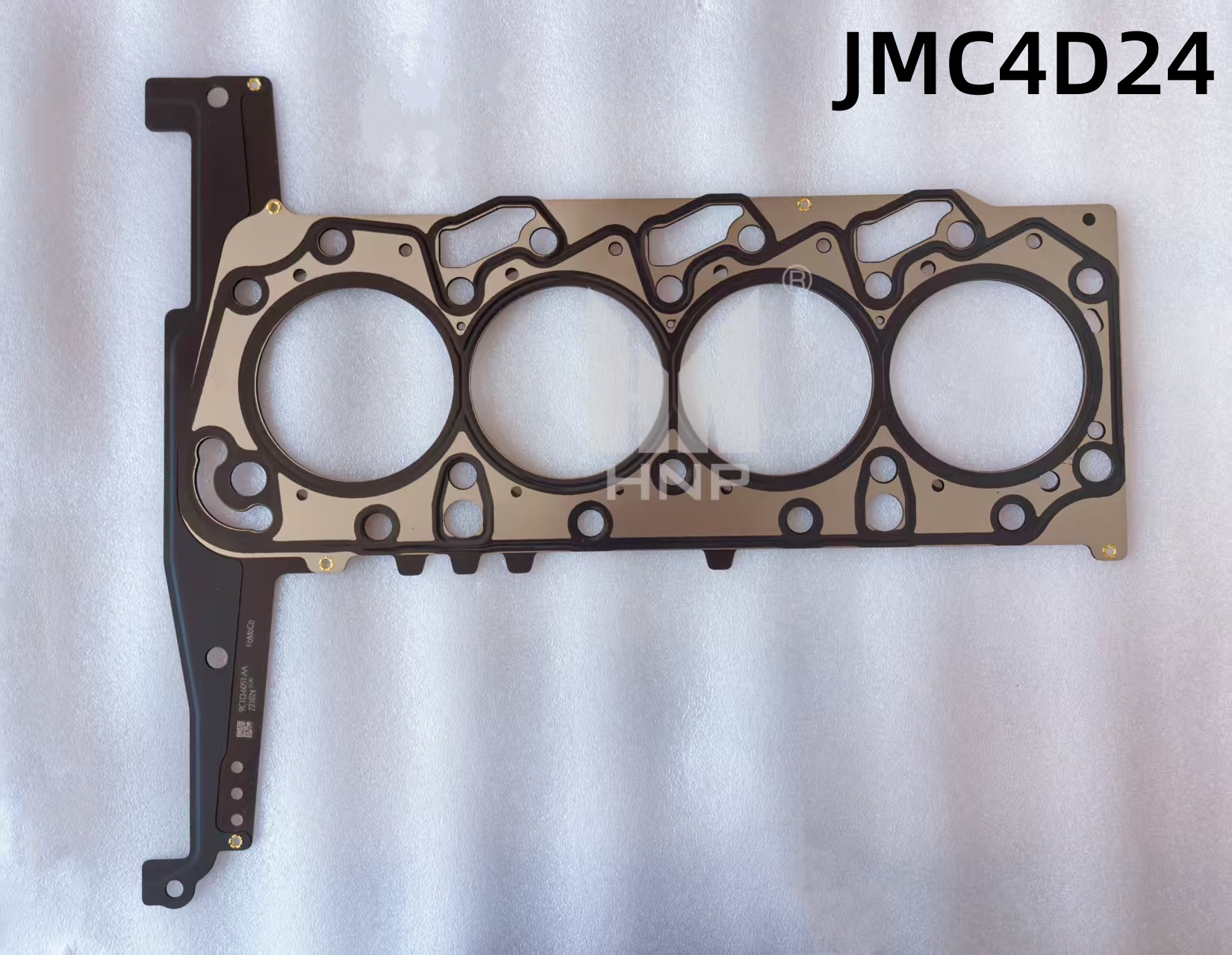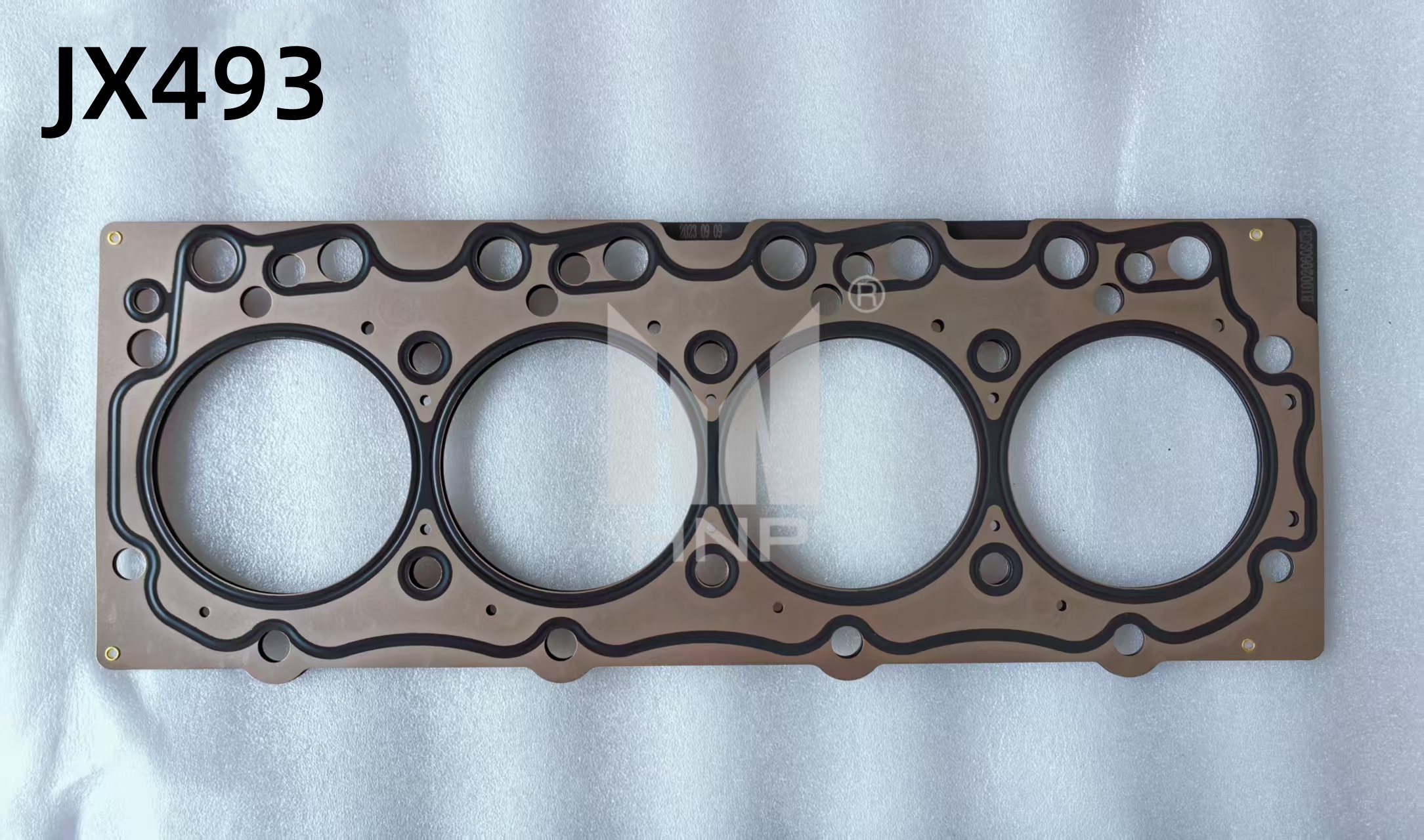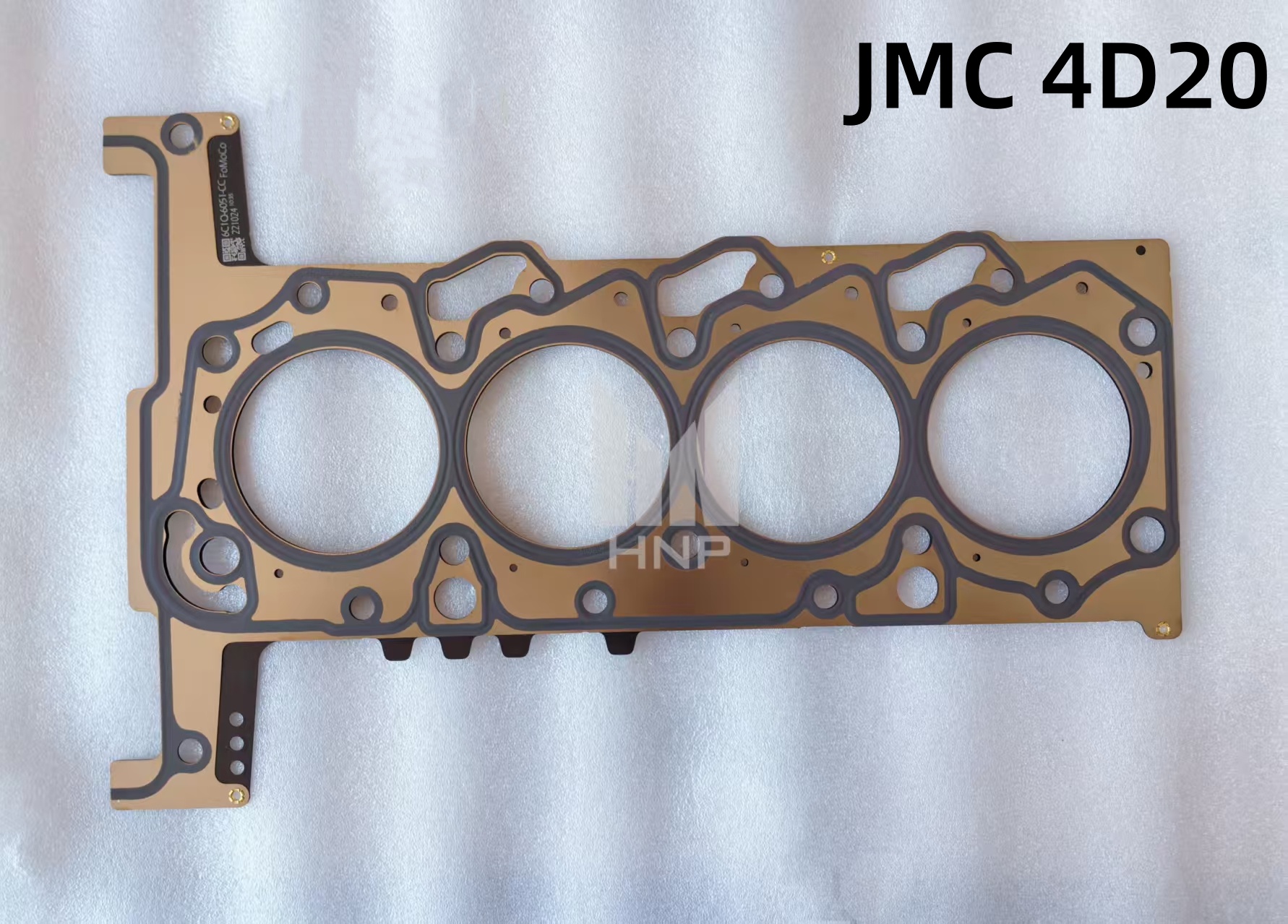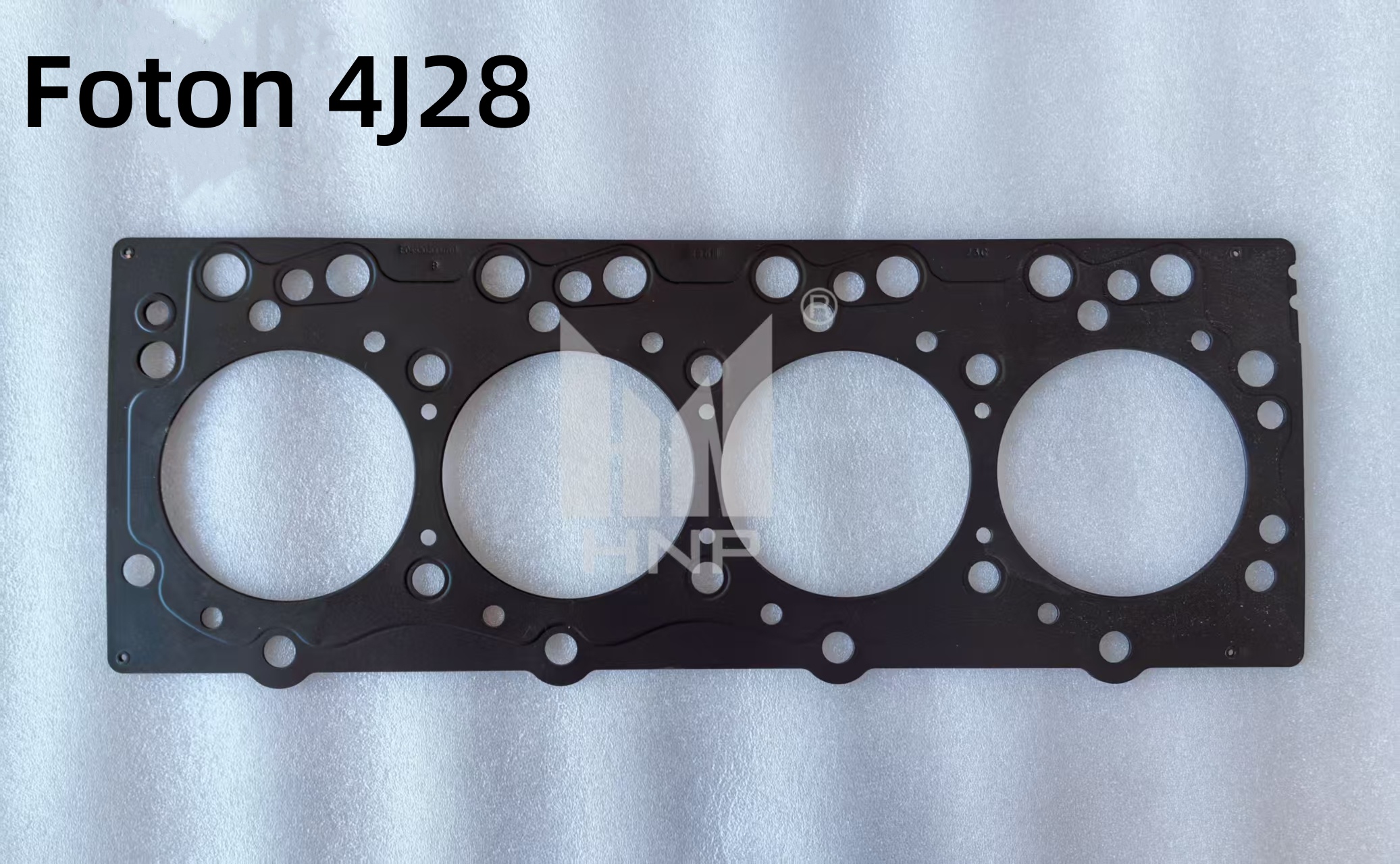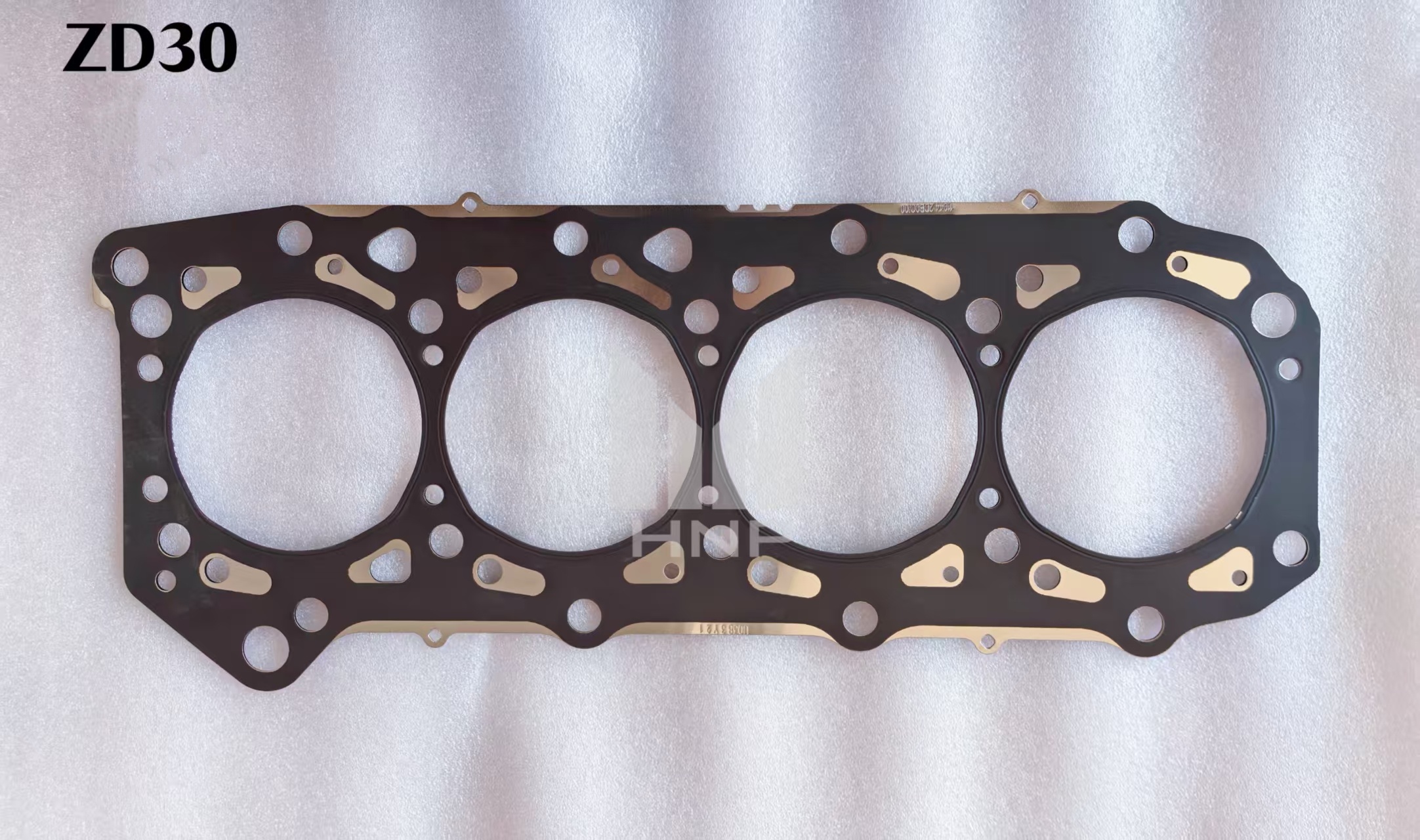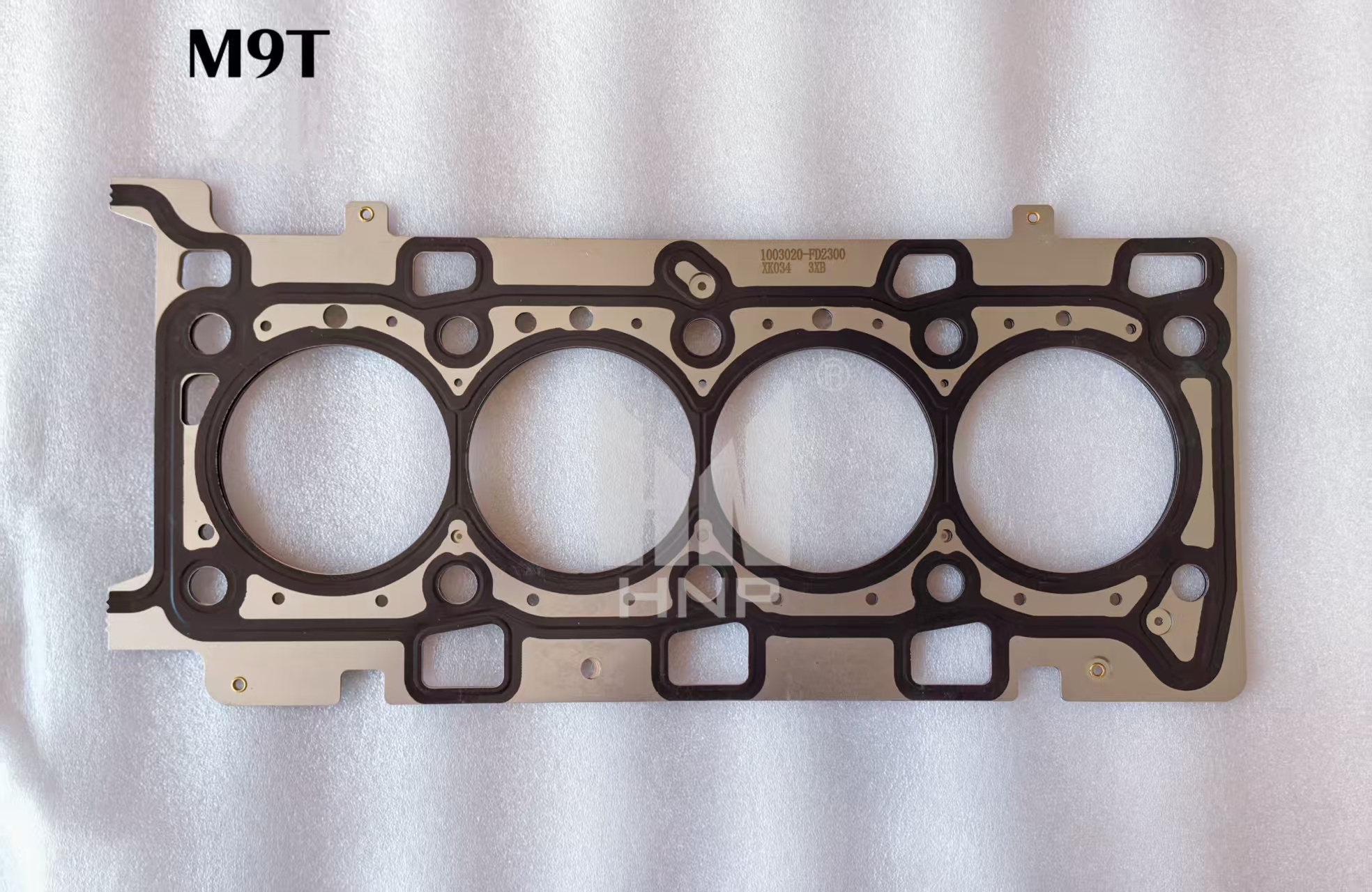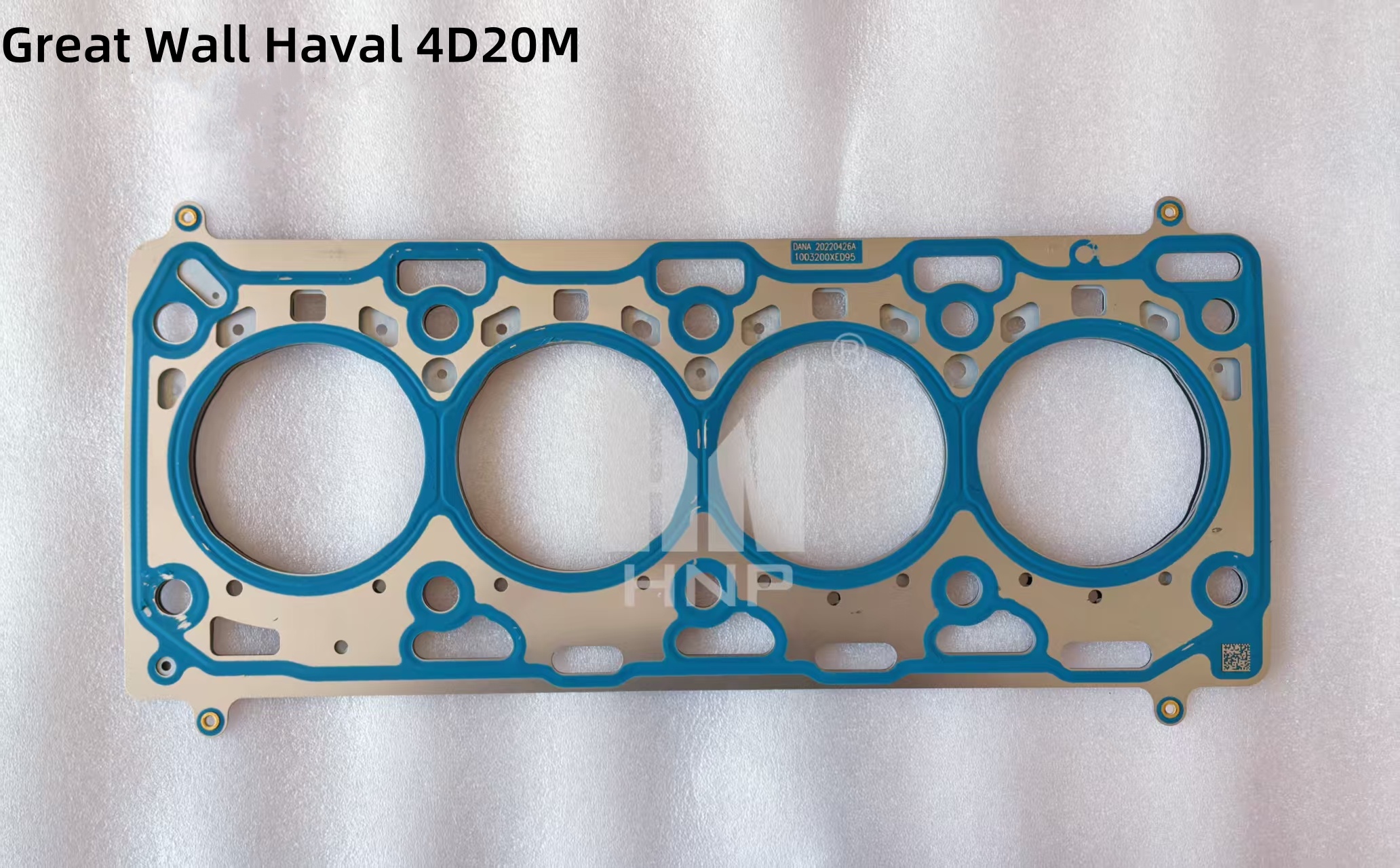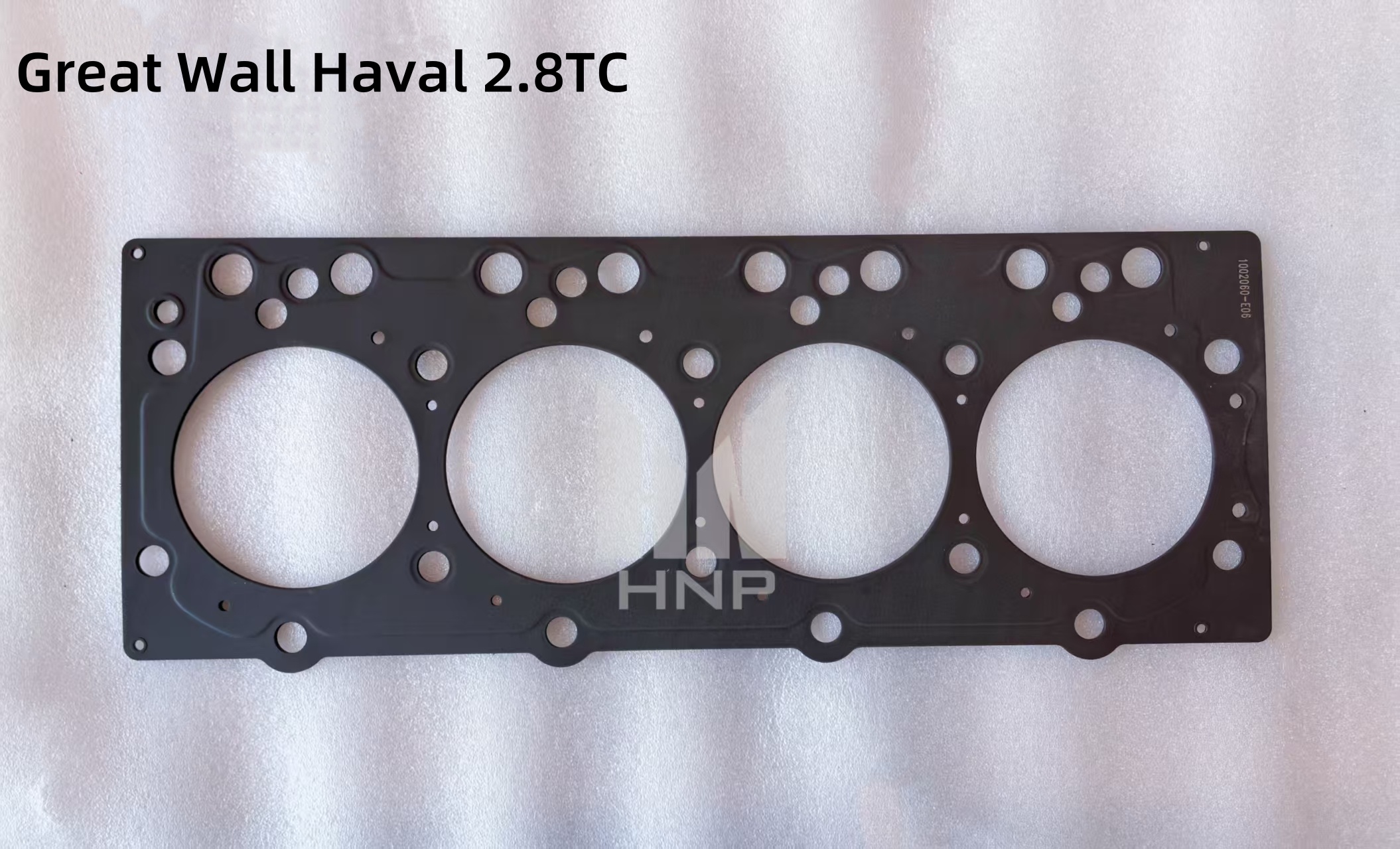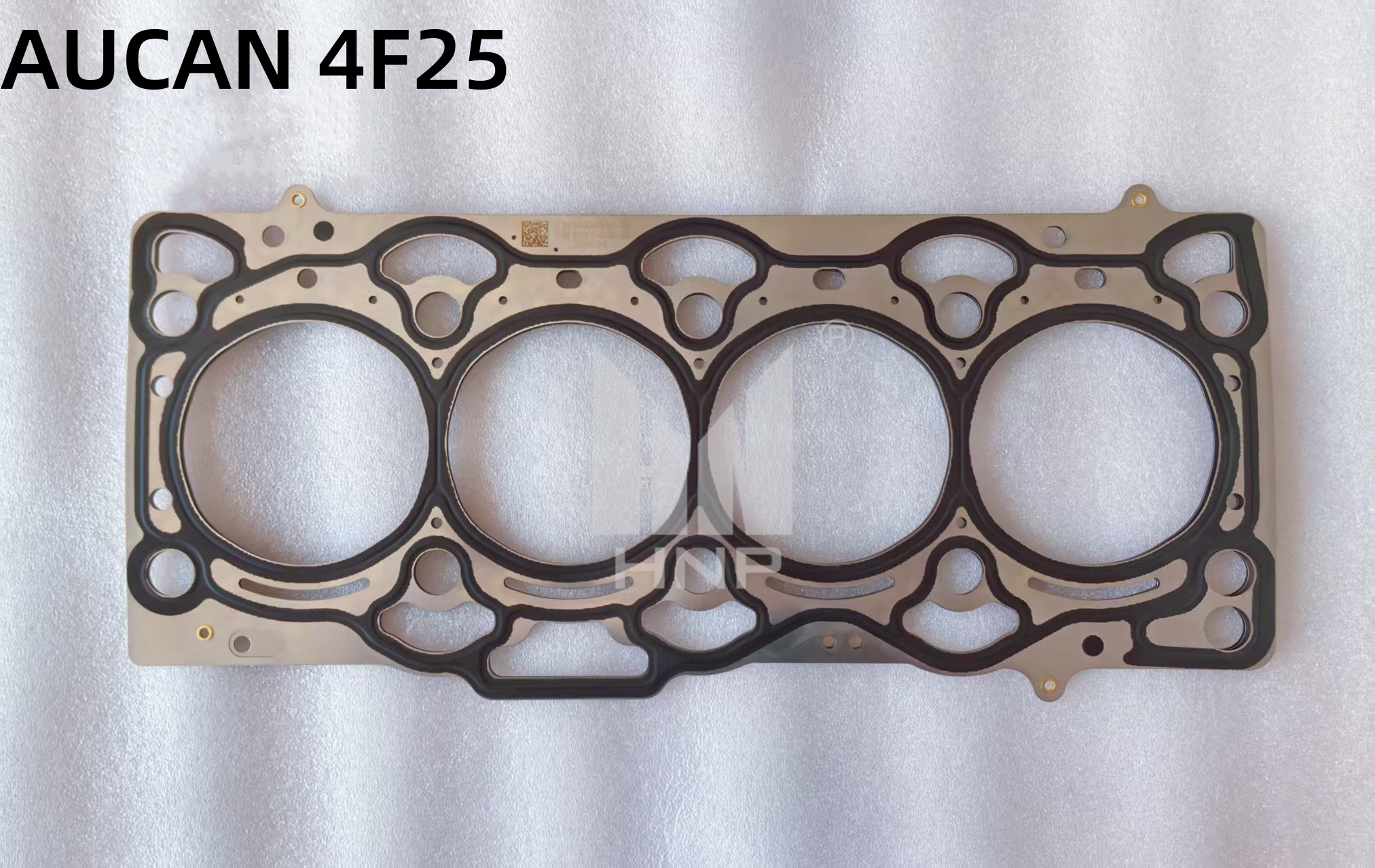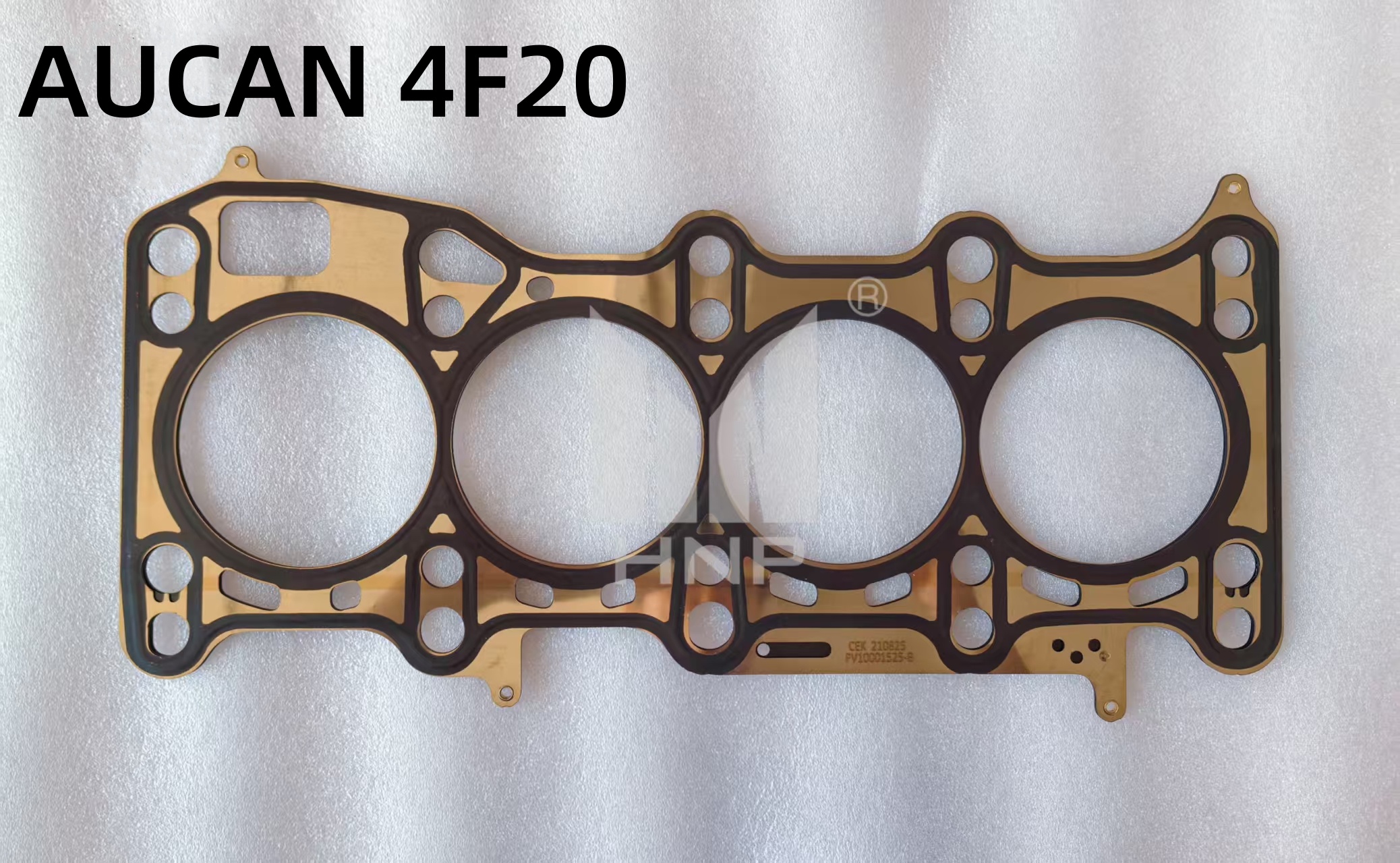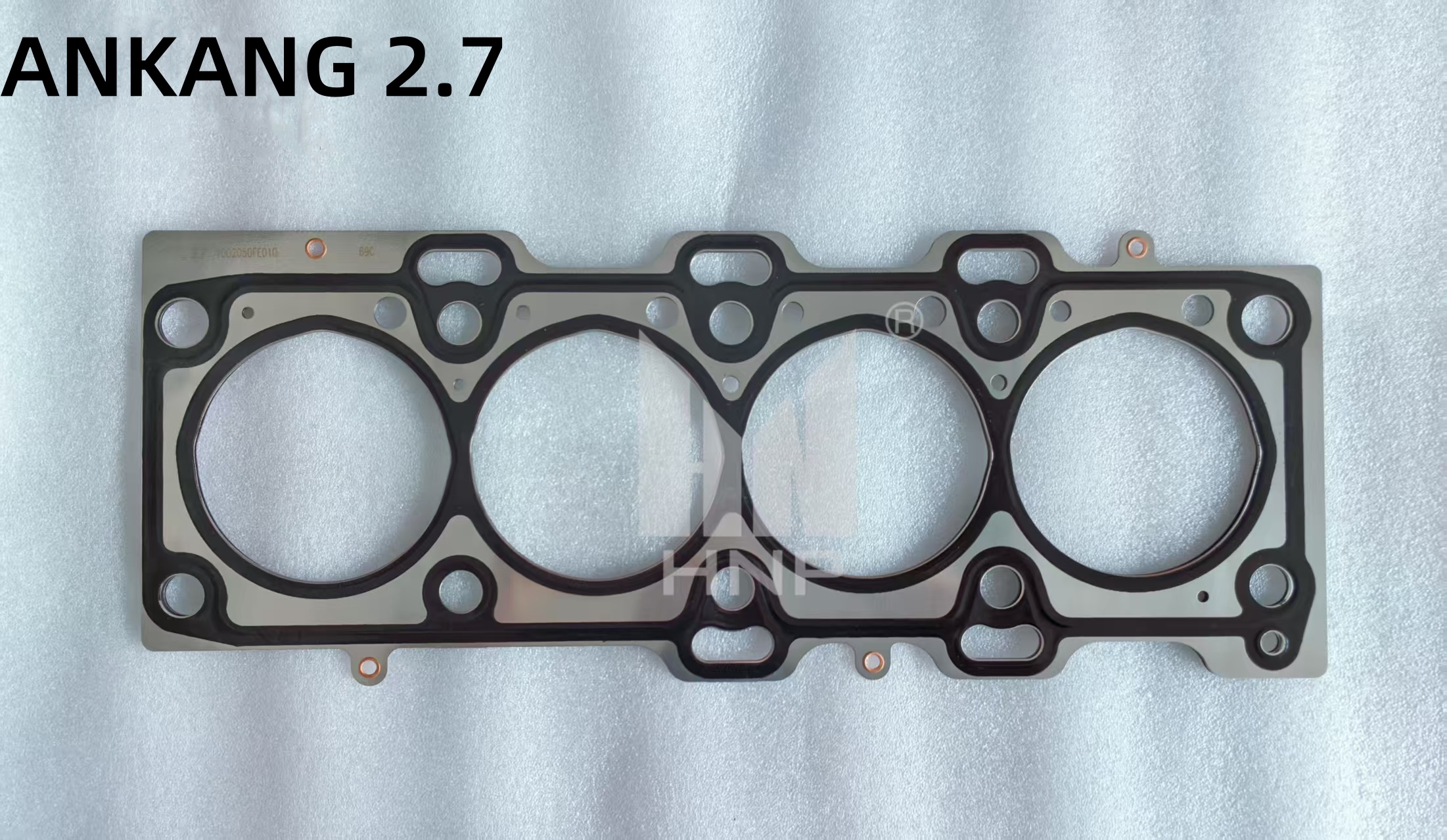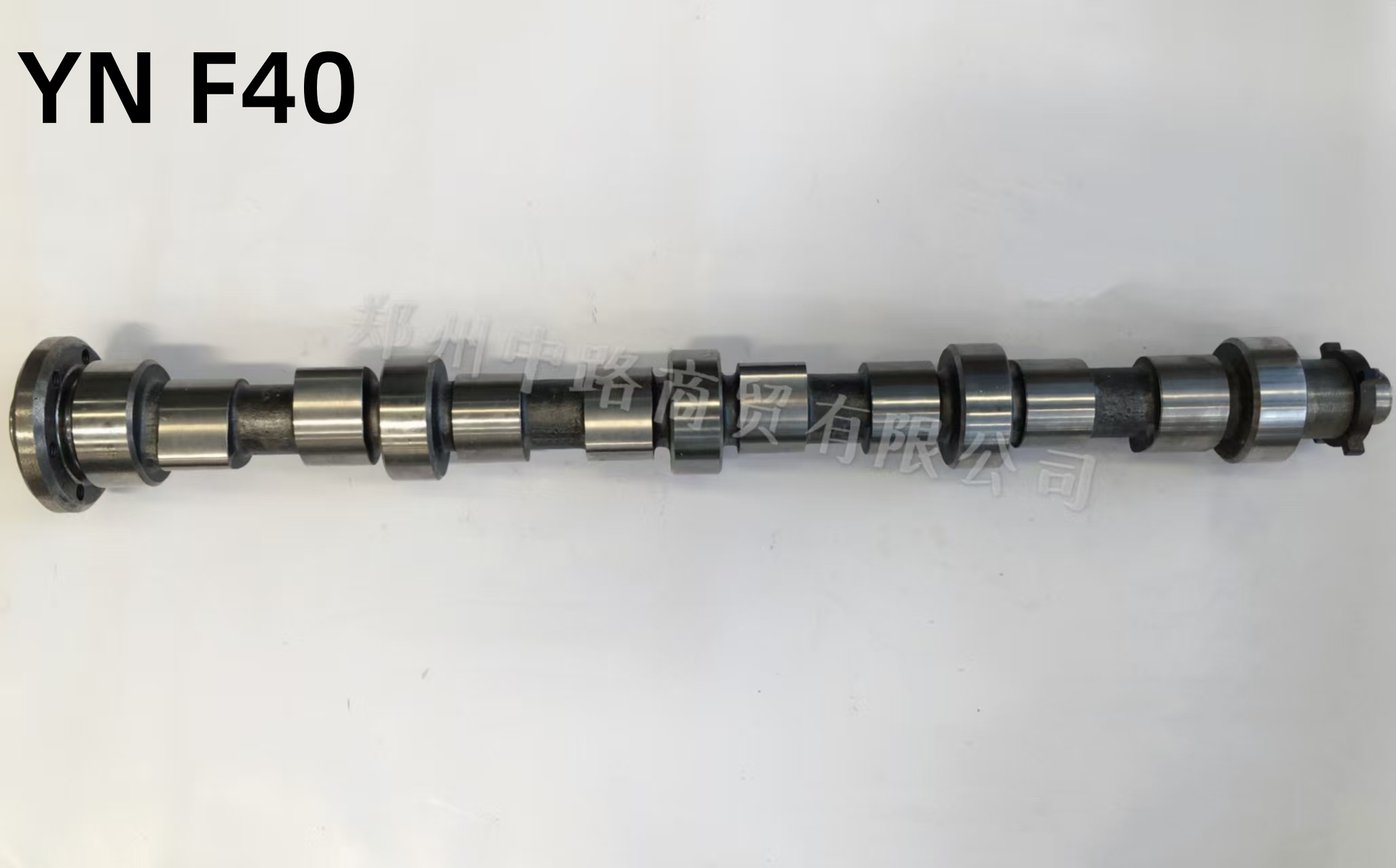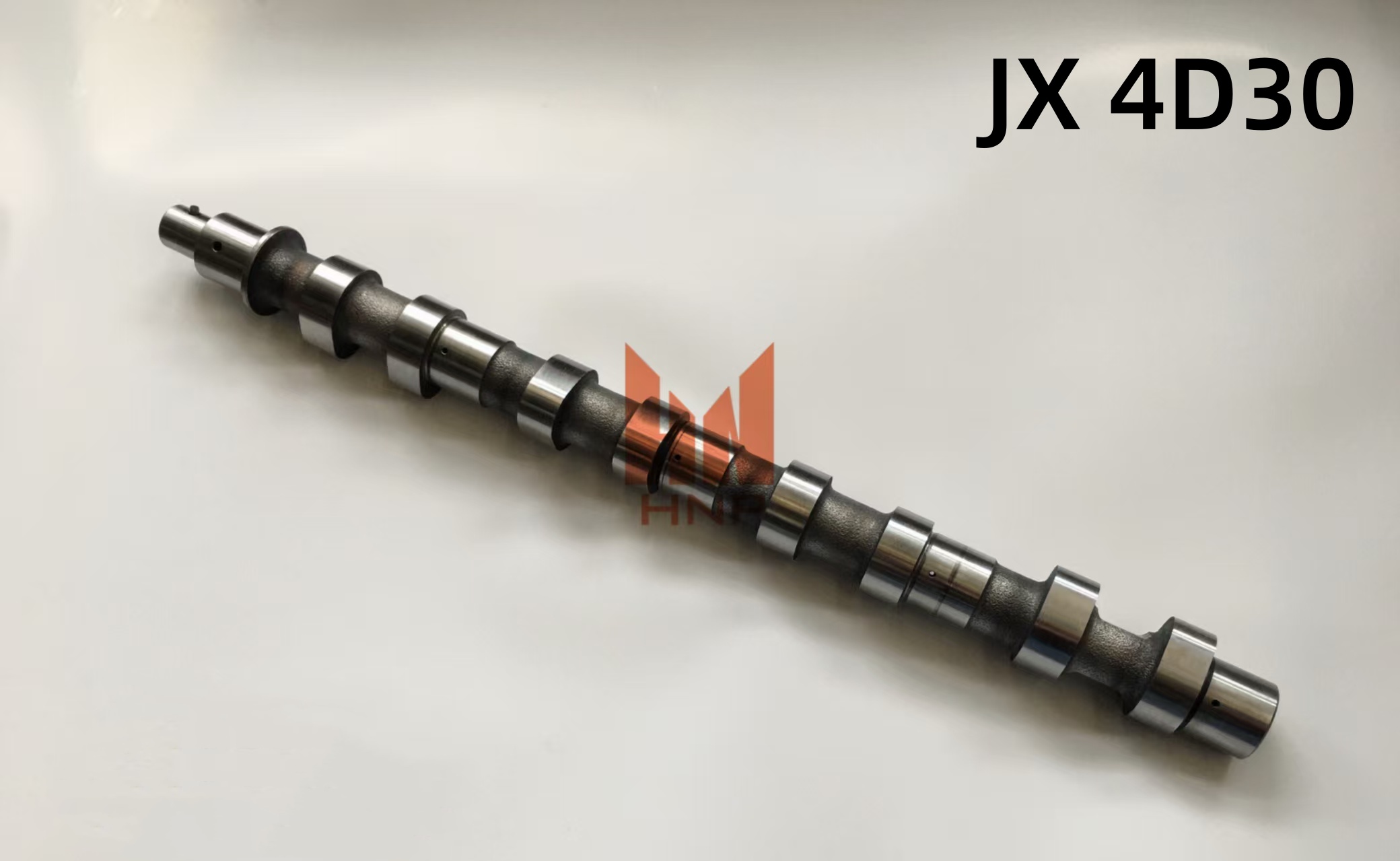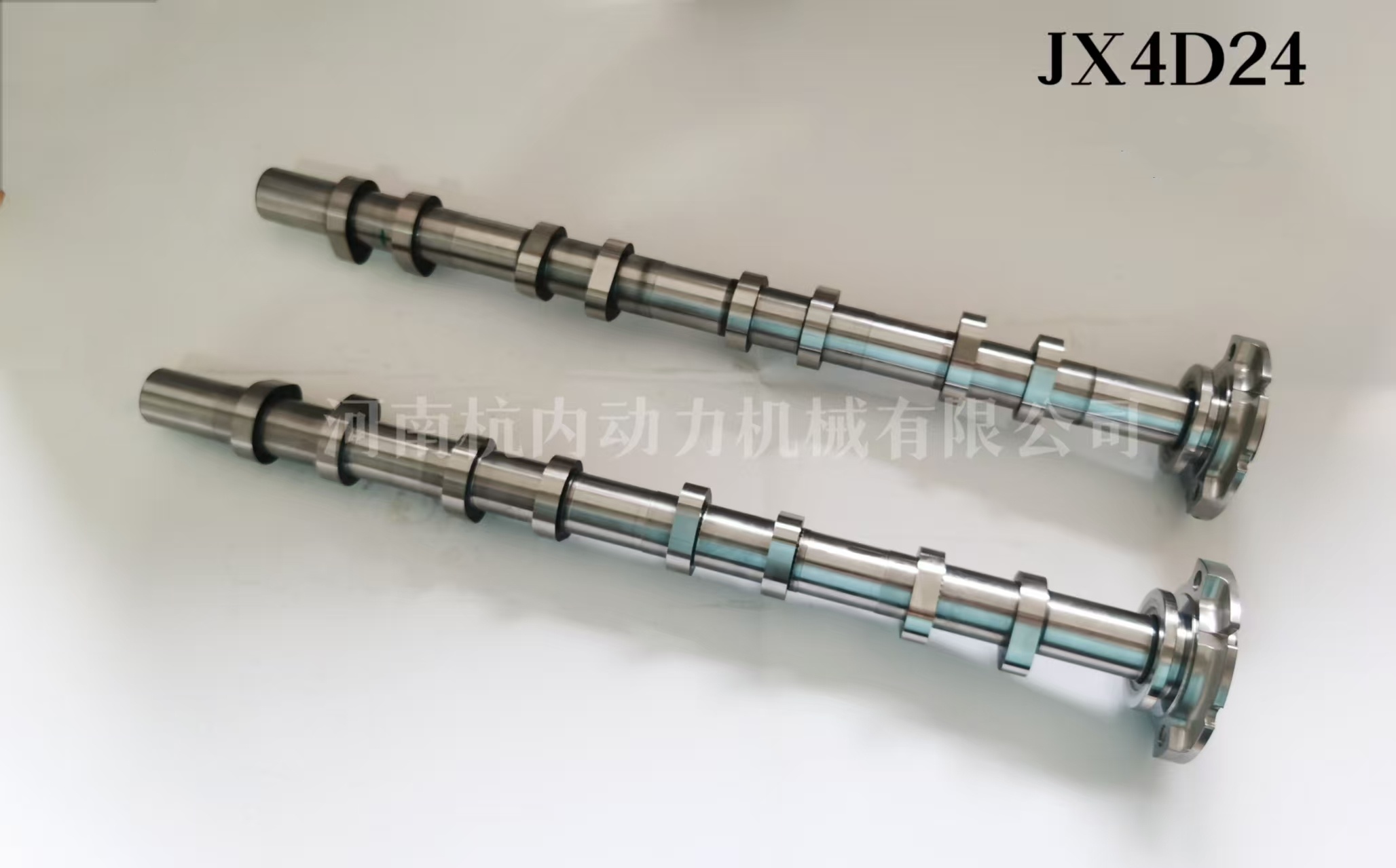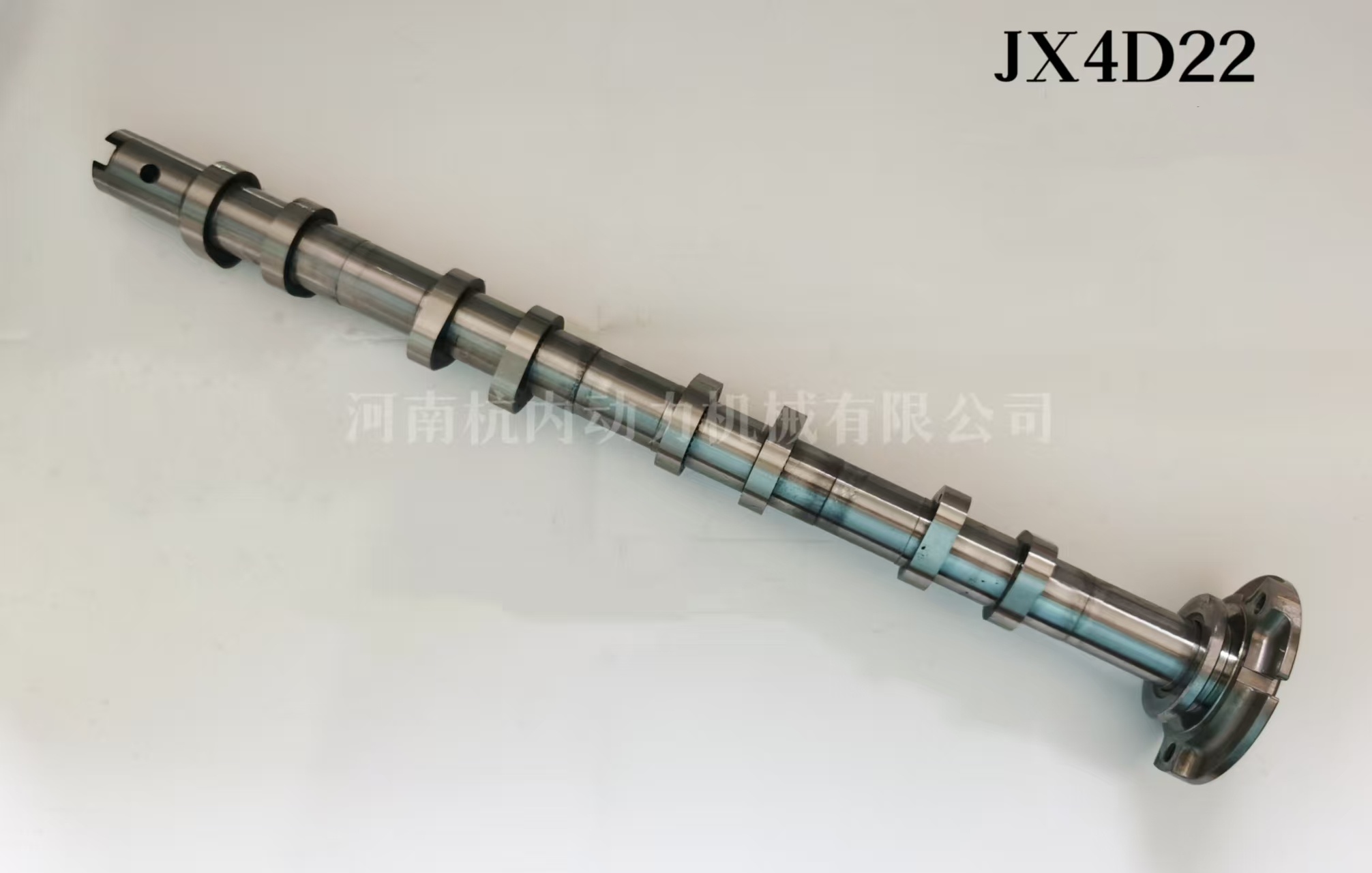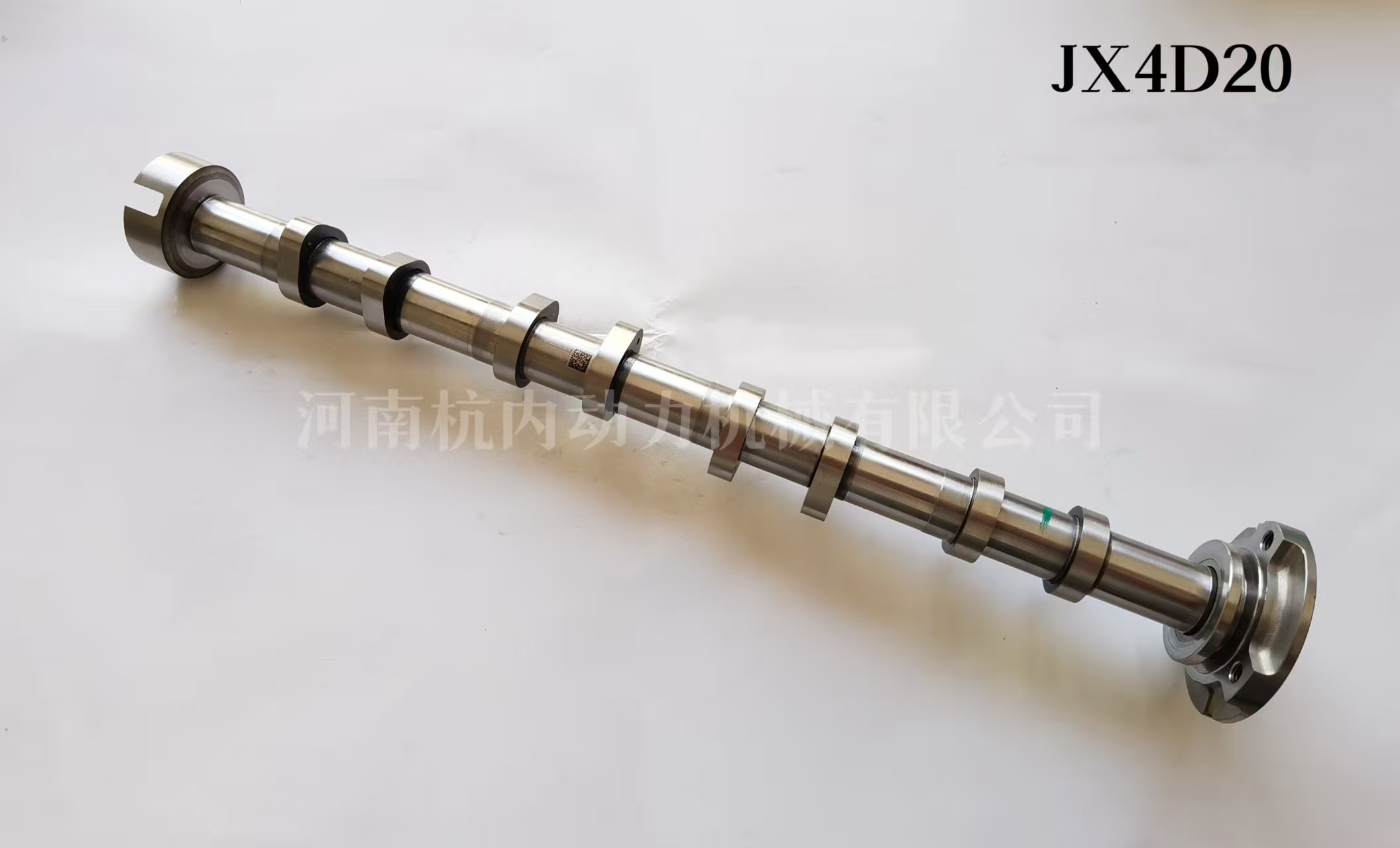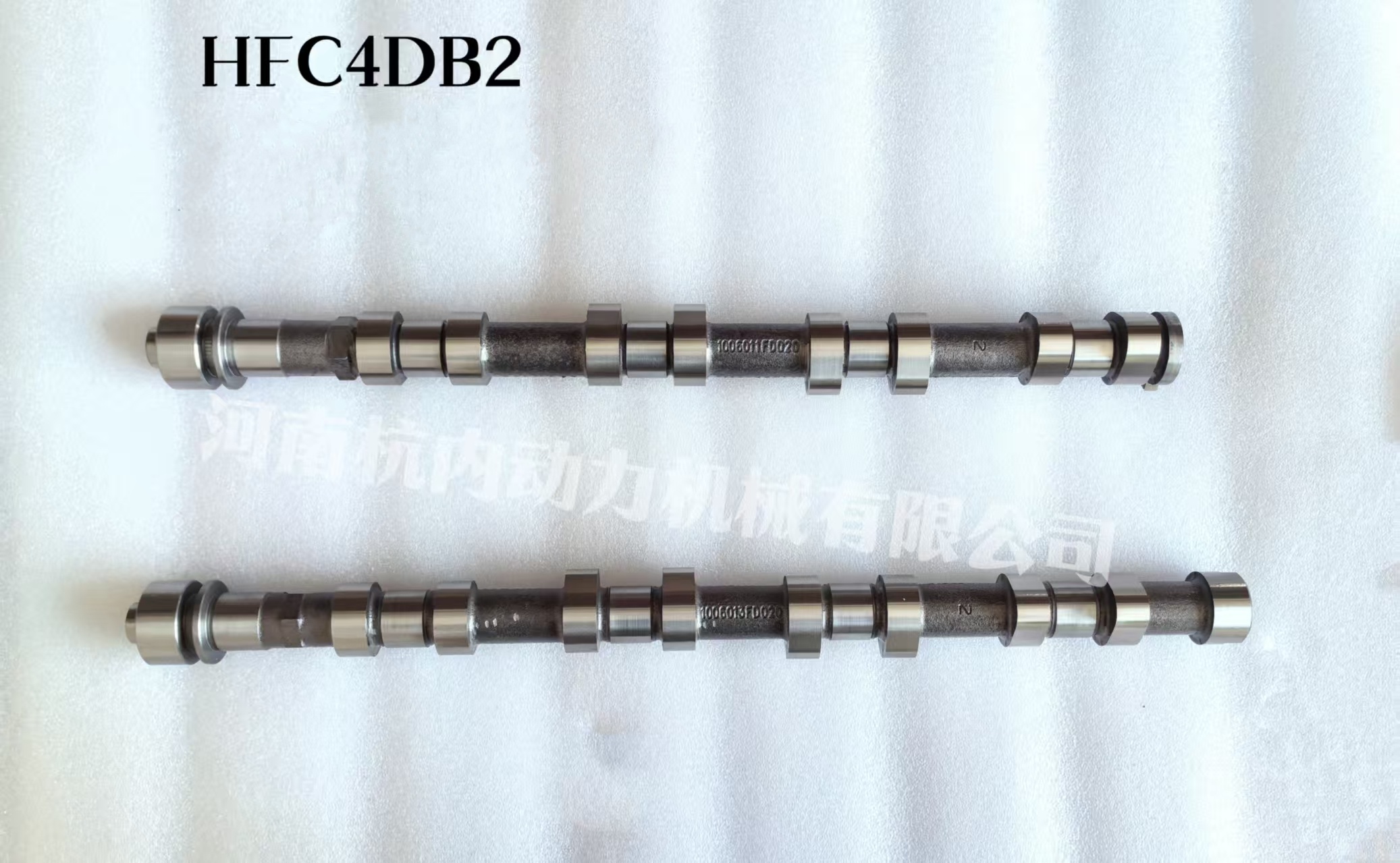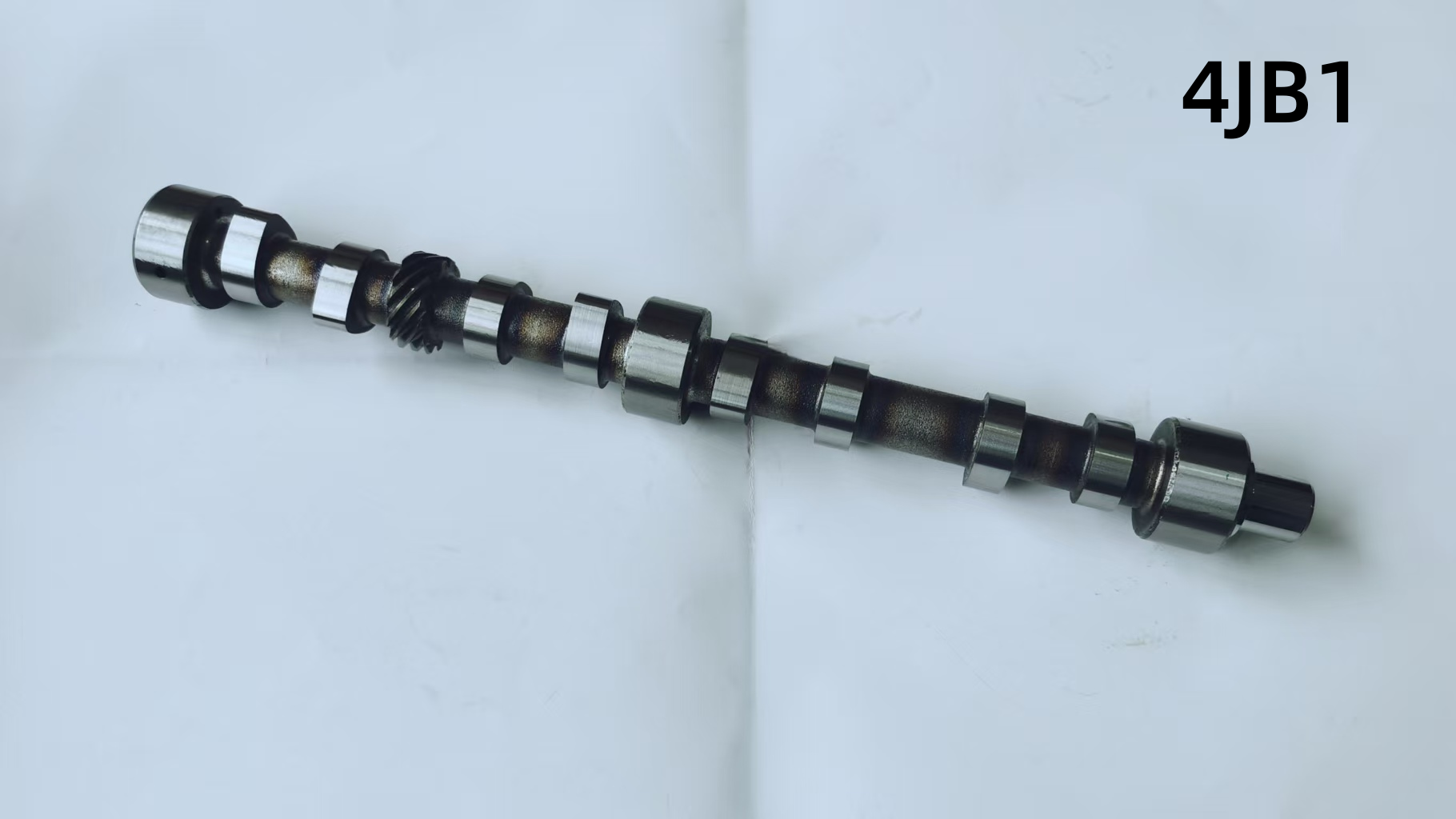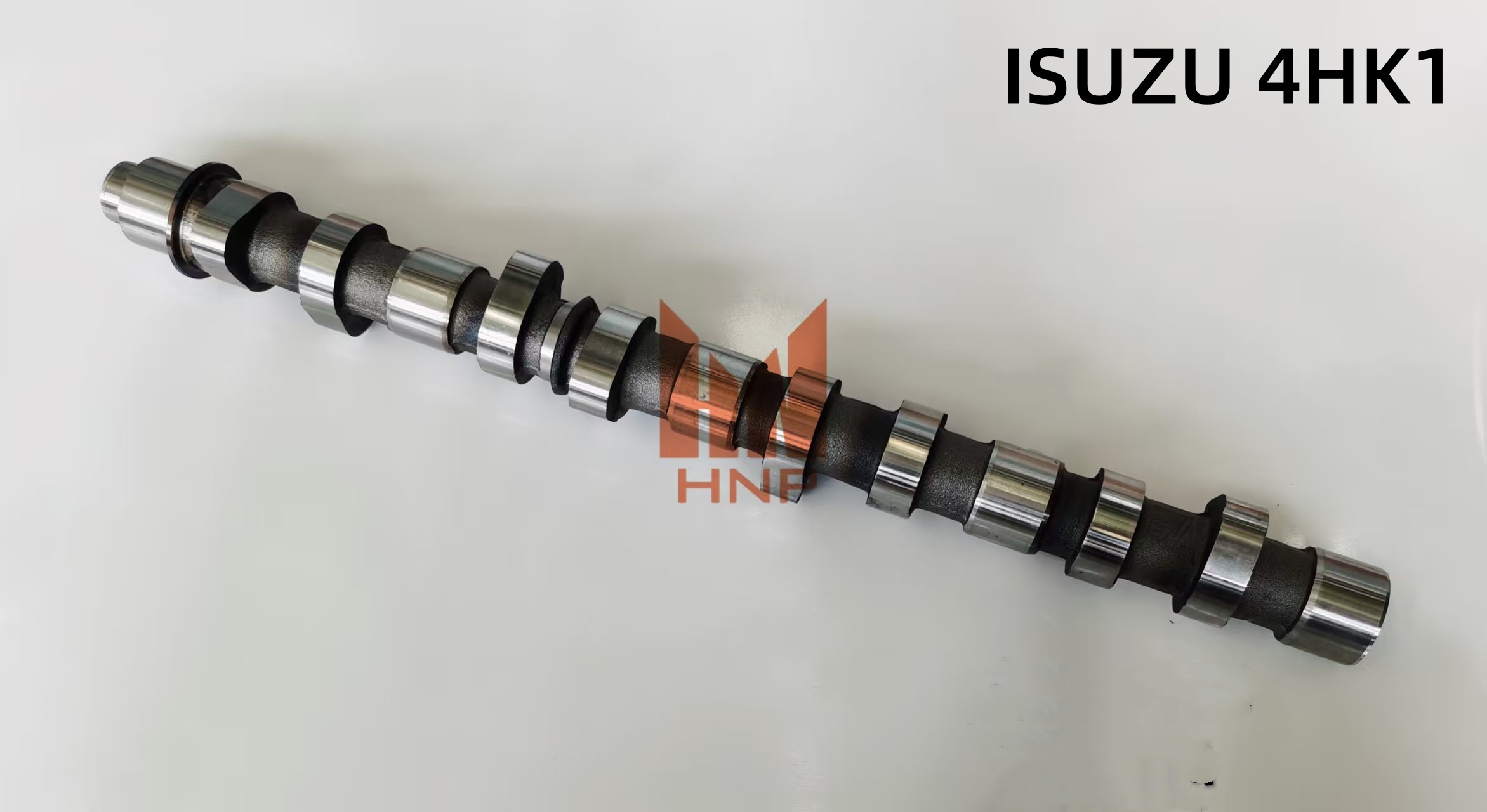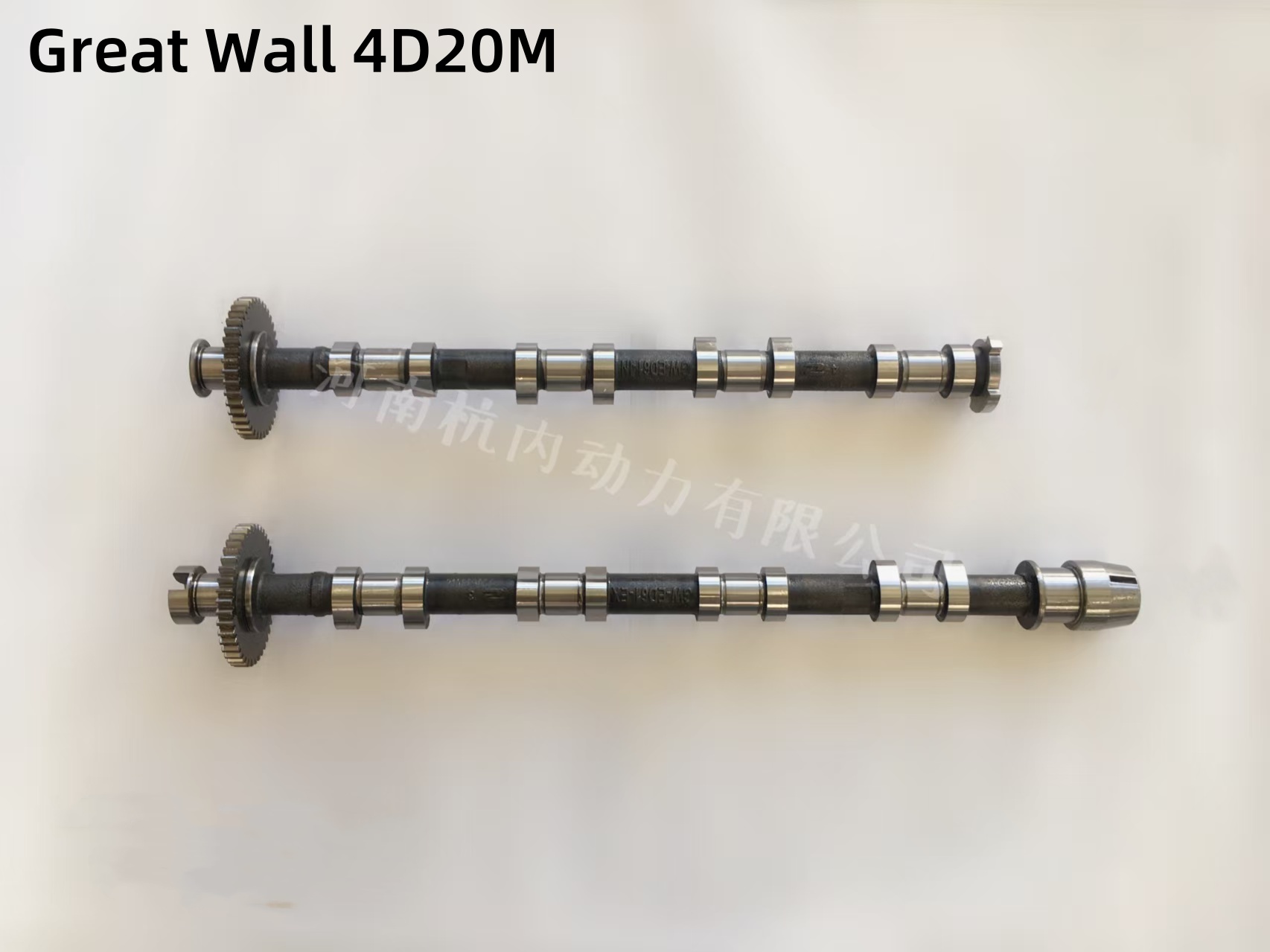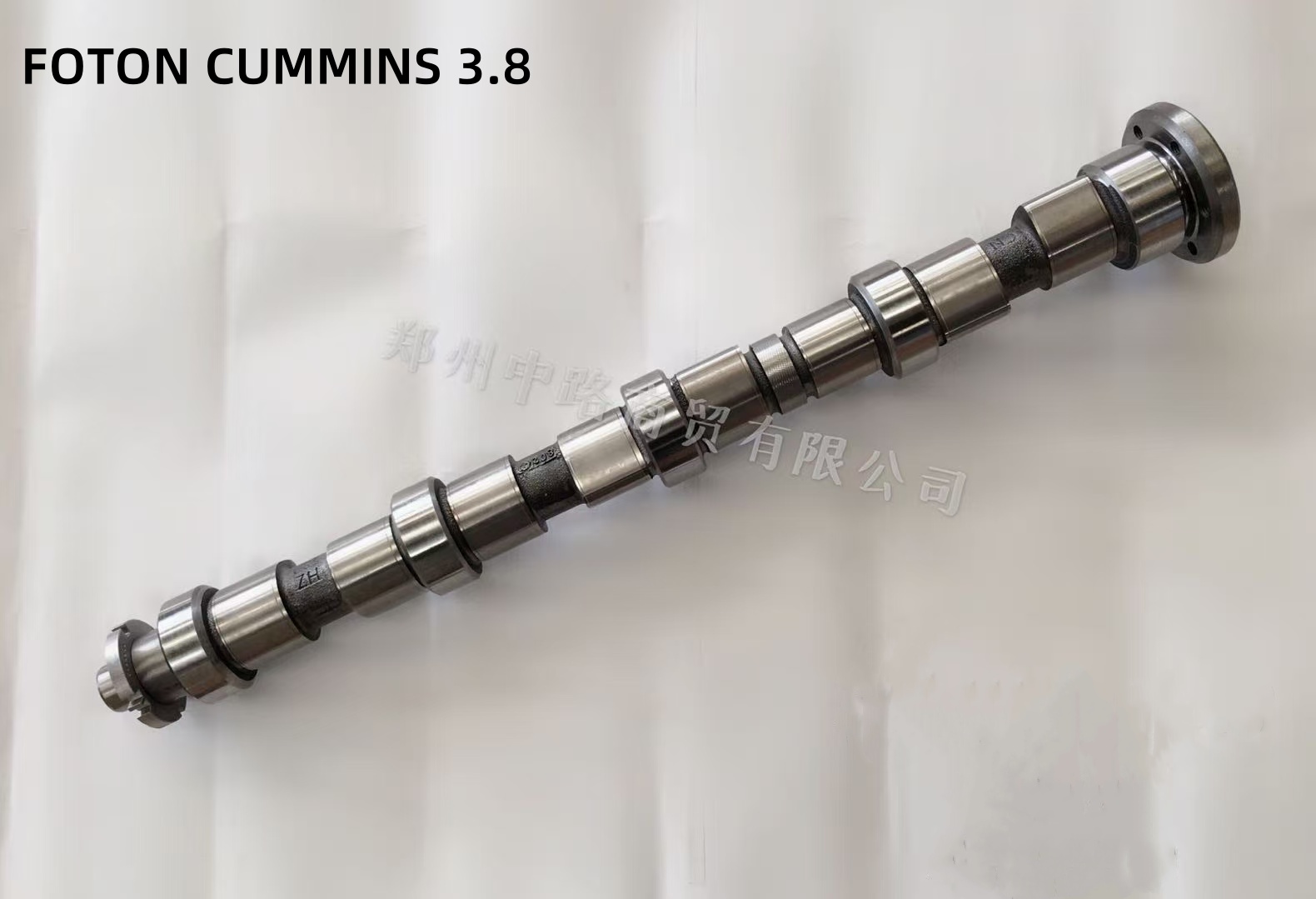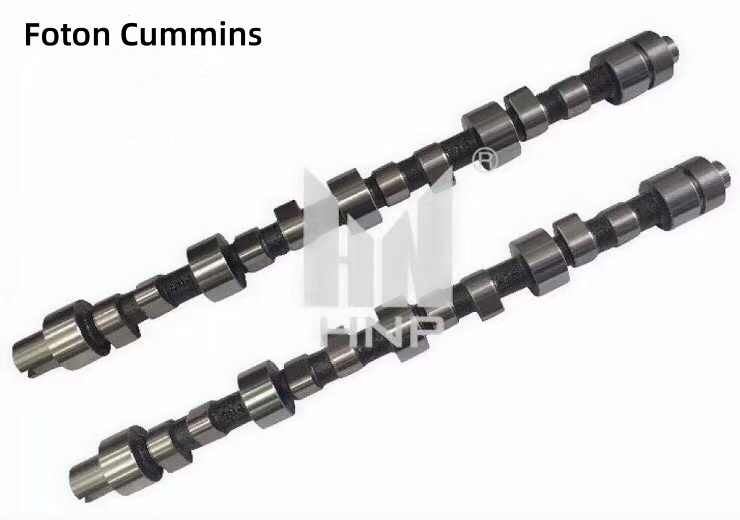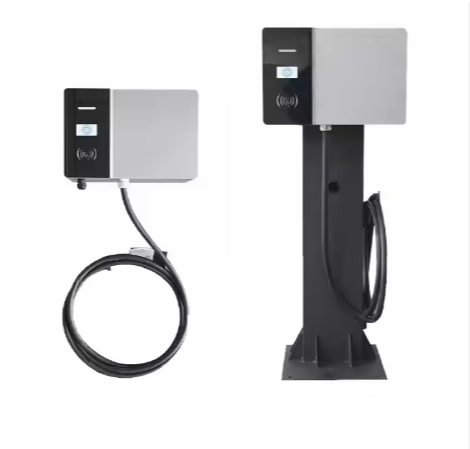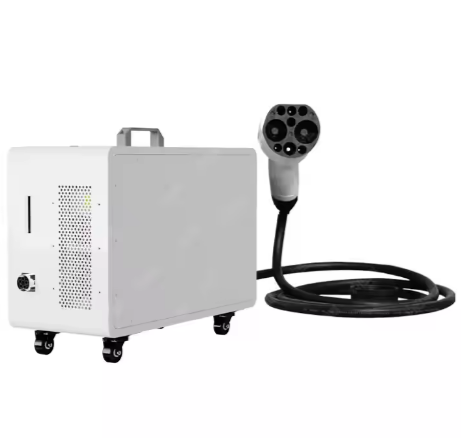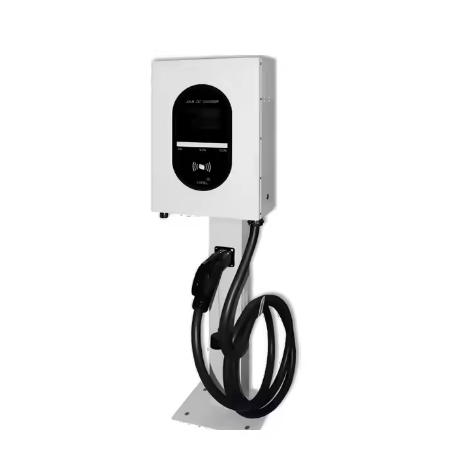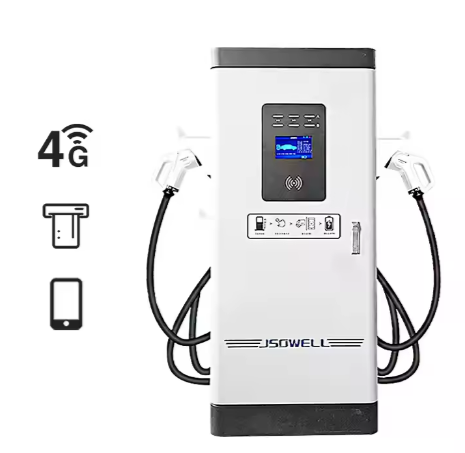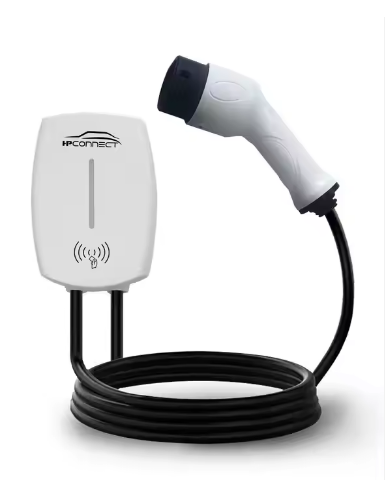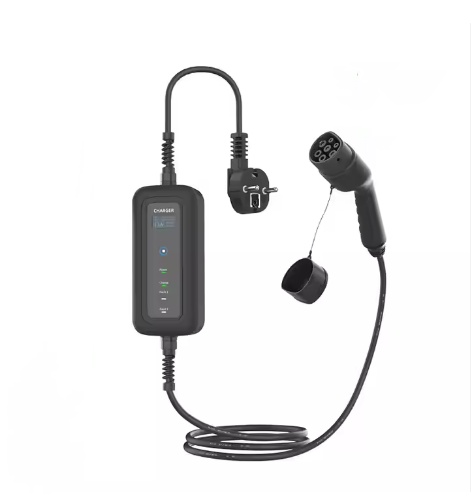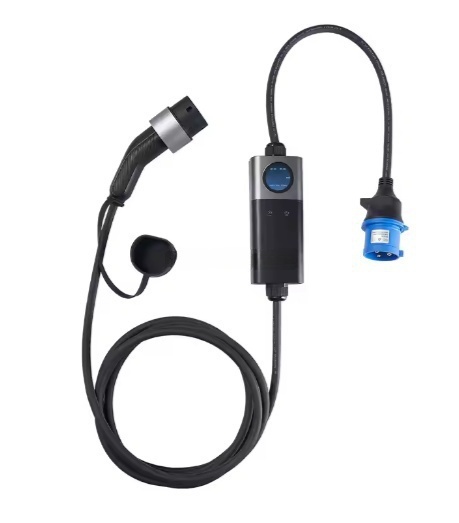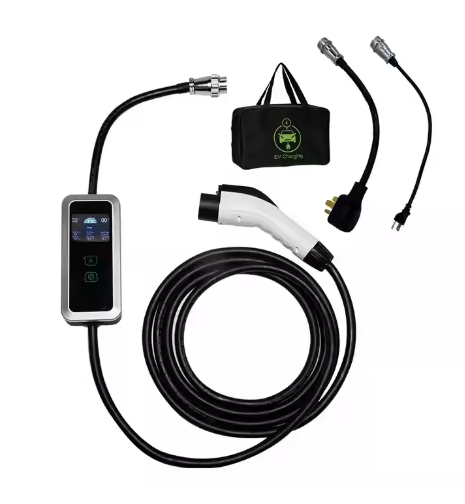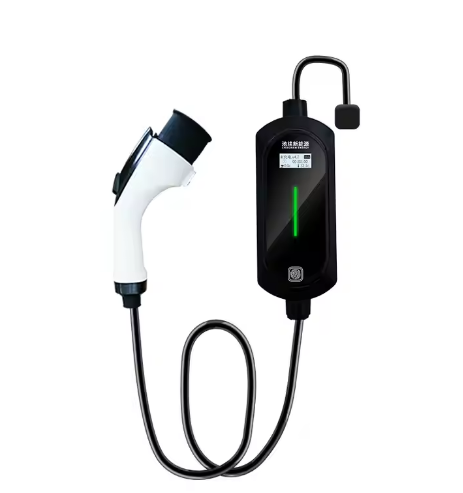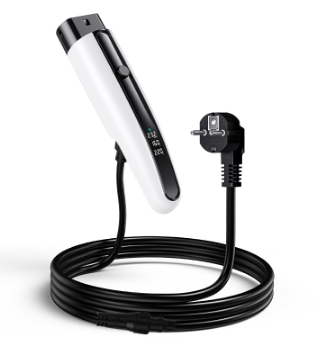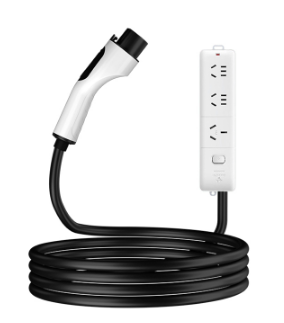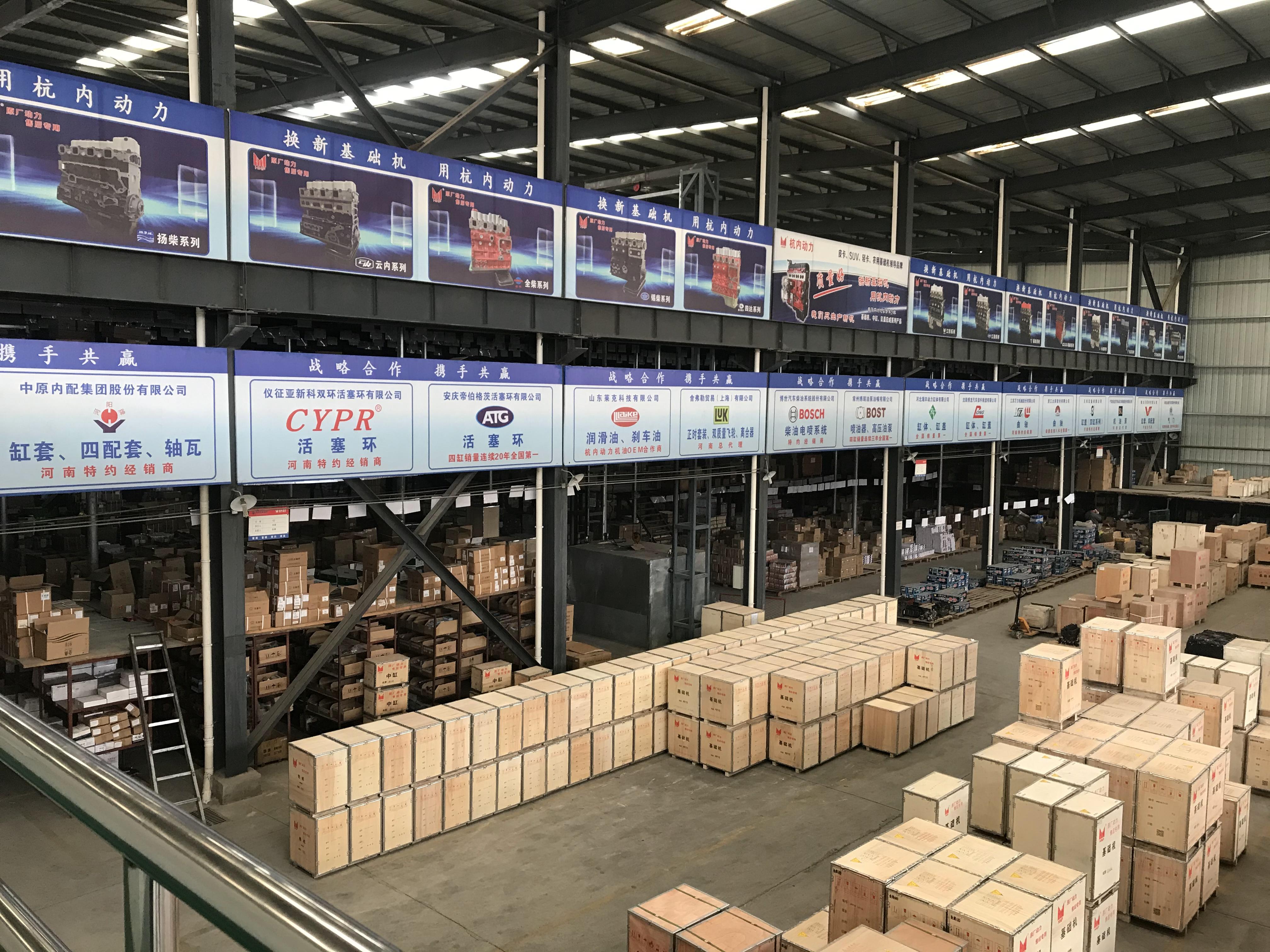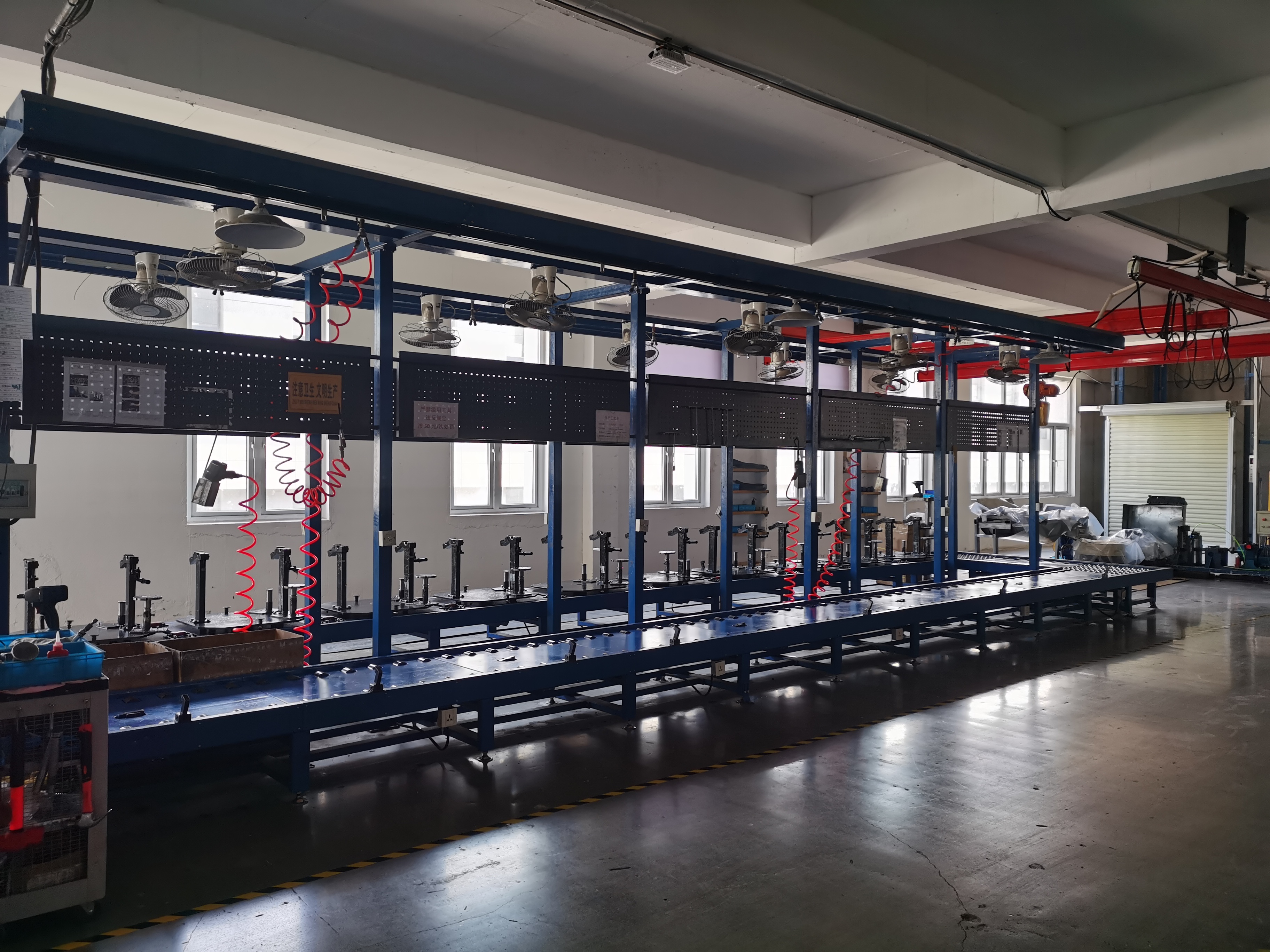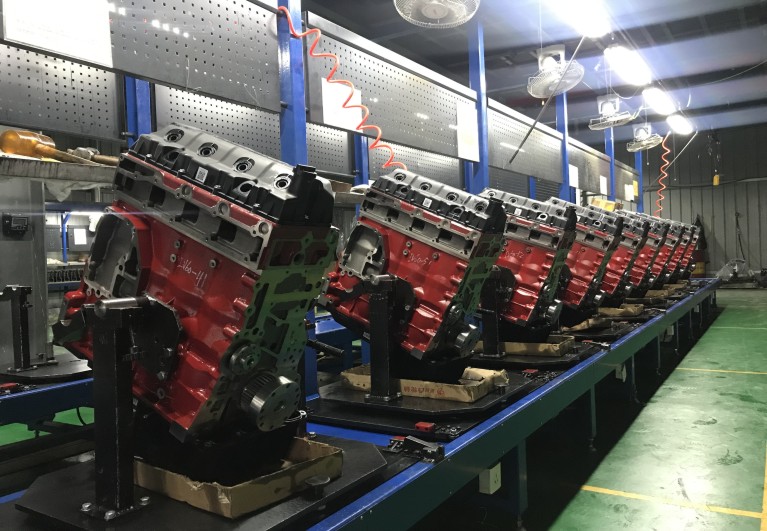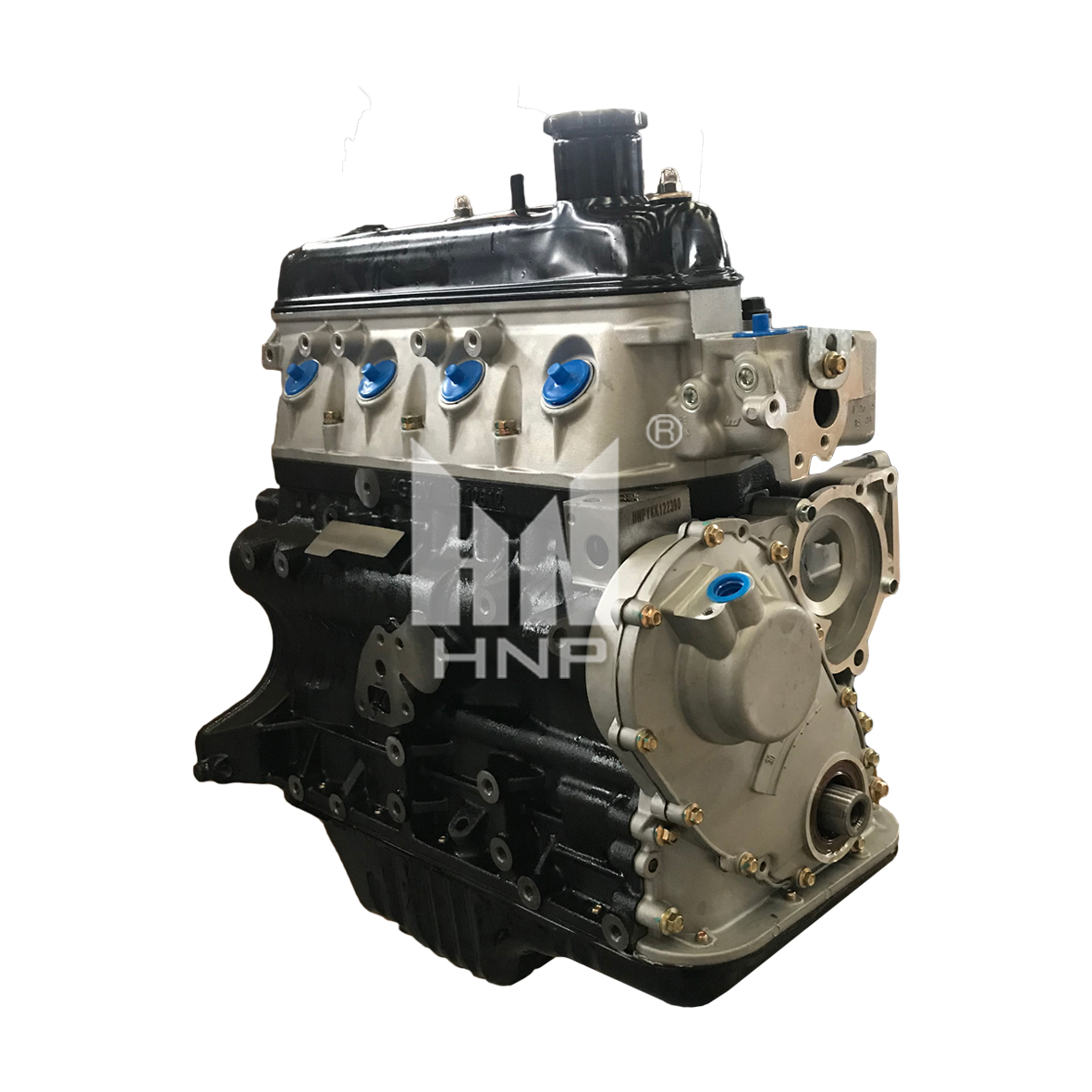383 Long Block and 383 Stroker Long Block: The Complete Guide
Discover everything you need to know about the 383 long block and 383 stroker long block in this comprehensive guide. Perfect for muscle car restorations, street rods, and racing builds alike.
When it comes to building a powerful, reliable engine for your street or race car, few options are as respected and performance-packed as the 383 long block or 383 stroker long block. These small block V8s, based on the classic Chevrolet 350, have been a staple of muscle car builds and performance upgrades for decades.
In this comprehensive guide, we’ll break down every detail you need to know about the 383 long block and the 383 stroker long block: what they are, how they’re built, their advantages, where to use them, and how to choose the right one for your build.
What Is a 383 Long Block?
A 383 long block is a modified version of the small block Chevy 350 engine that has been bored and stroked to displace 383 cubic inches. The term "long block" refers to a more complete engine assembly that includes engine components like the cylinder heads, camshaft, and valvetrain. It differs from a short block, which usually only includes the engine block, crankshaft, rods, and pistons.
Components Typically Included in a 383 Long Block:
- Engine Block: Often a 4-bolt main small block Chevy, ensuring strength and durability.
- Stroker Crankshaft: Usually forged and with a 3.75-inch stroke to increase displacement.
- Connecting Rods: Forged or H-beam rods for strength under high RPMs.
- Pistons: Forged or hypereutectic pistons for high compression and detonation resistance.
- Camshaft: Can be hydraulic roller, flat tappet, or solid roller depending on application.
- Cylinder Heads: Typically aluminum for performance or cast iron for durability.
- Valvetrain: Includes rocker arms, pushrods, and lifters.
- Timing Assembly: Chain or gear set to maintain precise timing.
- Oil System: Includes a high-volume oil pump and oil pan.
- Valve Covers: Seals the top end while allowing access.
What Makes It a Stroker Engine?
A stroker engine has an increased crankshaft stroke compared to the factory engine it was based on. In the case of a 383 stroker:
The standard 350ci engine has a 3.48-inch stroke.
The 383 stroker increases this to 3.75 inches.
Combined with a 4.030-inch bore, this results in a total displacement of 383 cubic inches.
This longer stroke leads to:
Increased displacement
More torque, especially at lower RPMs
Greater power potential, especially with supporting mods
The term 383 stroker long block highlights the use of this longer crankshaft, offering improved performance over a standard 350.
The History and Popularity of the 383 Stroker
The concept of stroking a 350 to 383 emerged in the 1970s as hot rodders and racers sought more power from the compact small block platform. The modification was straightforward: use the 400 small block's crankshaft in the 350 block. This DIY solution became a standard in the performance community.
Today, the 383 is:
- A popular crate engine option
- A favored upgrade for classic cars and trucks
- Widely used in drag racing, street performance, and off-roading
- A legend among small block enthusiasts
Key Advantages of the 383 Long Block
1. Increased Torque
The longer stroke delivers higher torque at lower RPMs, ideal for street performance and towing.
2. More Horsepower Potential
When paired with performance heads and camshaft, 383s can produce 450+ HP easily.
3. Compatibility
Fits in any chassis designed for a SBC 350, making it a direct swap for many applications.
4. Strong Aftermarket Support
Tons of parts, support, and tuning solutions are available.
5. Crate Availability
Pre-assembled, dyno-tested 383 long blocks are readily available from trusted builders.
Types of 383 Long Blocks
1. Street Performance Builds
Mild to aggressive cams
Aluminum heads for weight and heat dissipation
Pump gas friendly compression ratios
Power output: 400–475 HP
2. Race-Ready Builds
Solid roller cams for higher RPM performance
CNC-ported heads for max flow
High compression pistons
Power output: 500–600+ HP
3. Towing and Torque Builds
Designed for trucks and 4x4s
Focus on low-end torque and drivability
Lower compression ratios for 87-octane use
4. Marine Long Blocks
Designed for corrosion resistance
Typically use iron heads and stainless components
Mild cam profiles for longevity and reliability
Choosing Between Assembled and Short Block Kits
When sourcing a 383, you have several options:
1. Short Block
Includes block, rotating assembly
Ideal for custom top-end builds
2. Long Block
Includes short block plus cam, heads, valvetrain
Needs intake, ignition, and accessories
3. Turn-Key Crate Engine
Complete engine with intake, carb/EFI, distributor, etc.
Dyno-tested and ready to install
The 383 stroker long block is ideal for builders who want a nearly complete engine with room for customization.
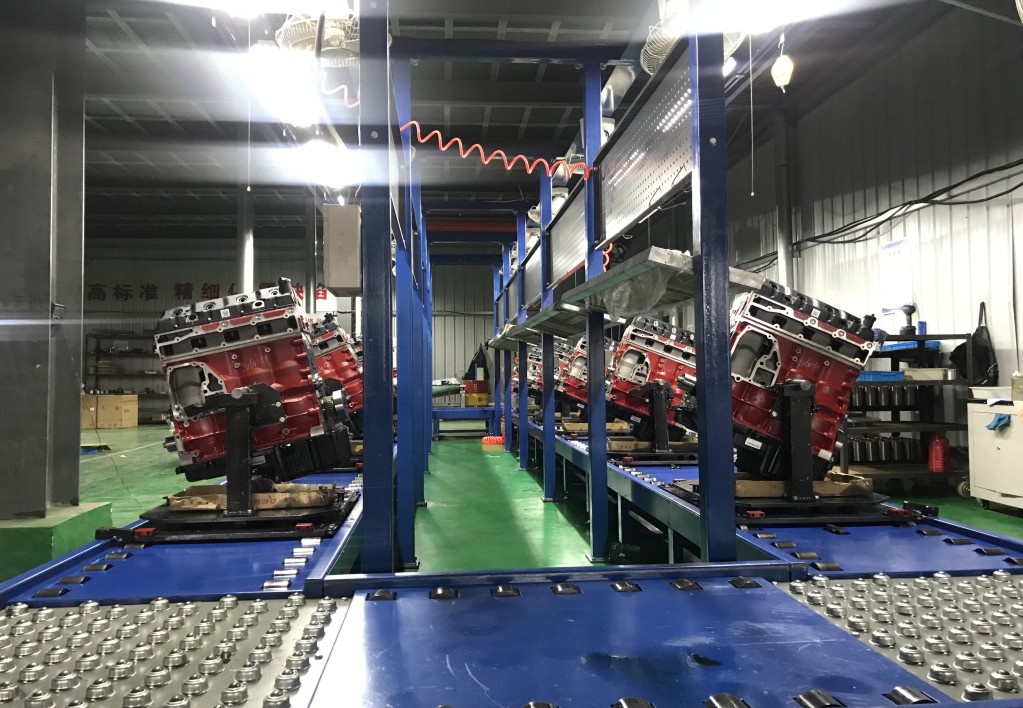
How to Choose the Right 383 Stroker Long Block
1. Define Your Goals
Street cruising, racing, off-roading, or towing?
Prioritize torque, horsepower, or balance?
2. Fuel Considerations
9.5:1–10.5:1 for pump gas
11:1+ for race fuel or E85 builds
3. Match to Drivetrain
Automatic or manual?
Gear ratios and stall converter must match power curve
4. Budget Wisely
Expect $3,500–$6,000 for a solid long block
High-end builds can run $10,000+
FAQs
Q: What's the difference between a 383 long block and a 383 stroker long block?
A: The term "stroker" highlights the longer crankshaft used to increase displacement. Both refer to a 383 build, but "stroker" emphasizes performance modifications.
Q: Can I run pump gas in a 383 stroker?
A: Yes, provided the compression ratio is 10.5:1 or lower and timing is set properly.
Q: How much horsepower can I expect?
A: Anywhere from 425 to over 550 HP depending on build specs.
Q: Is a 383 good for daily driving?
A: Absolutely. A mild cam and pump gas tuning make it very streetable.
Q: Will it fit in my 350-equipped car?
A: Yes. It’s a direct bolt-in replacement for any SBC 350 application.
Conclusion
The 383 long block and 383 stroker long block represent the pinnacle of small block Chevy performance. Offering massive torque, high horsepower potential, and direct-fit compatibility, these engines are perfect for anyone serious about power.
Whether you're restoring a classic, building a street machine, or preparing a race car, the 383 provides a balance of reliability, performance, and affordability that's hard to beat. With the right build and maintenance, this engine will deliver exhilarating power for years to come.
Read More: Engine Short Block Replacement vs. Long Block Replacement: A Comprehensive Guide
Hot Products


 1.jpg)
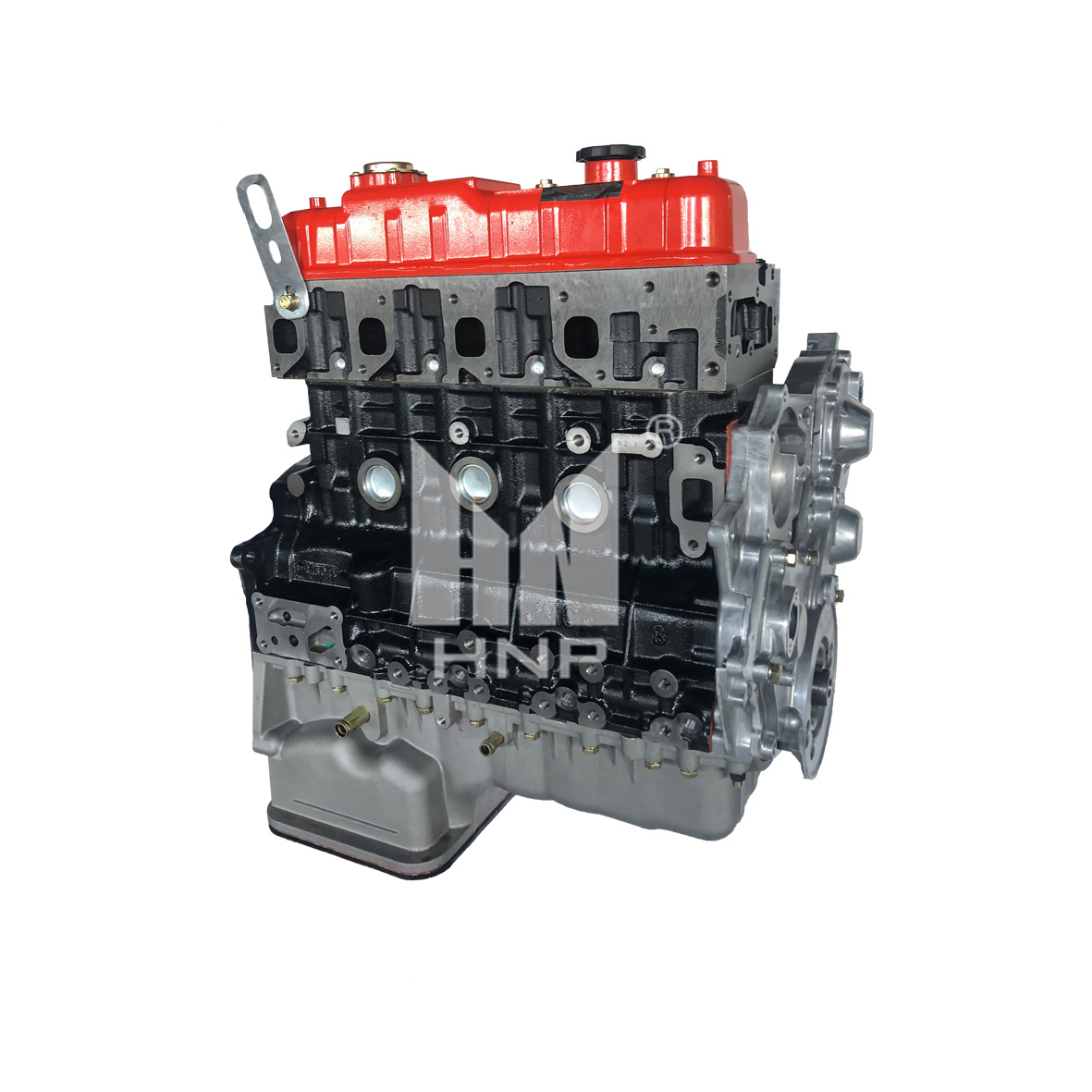

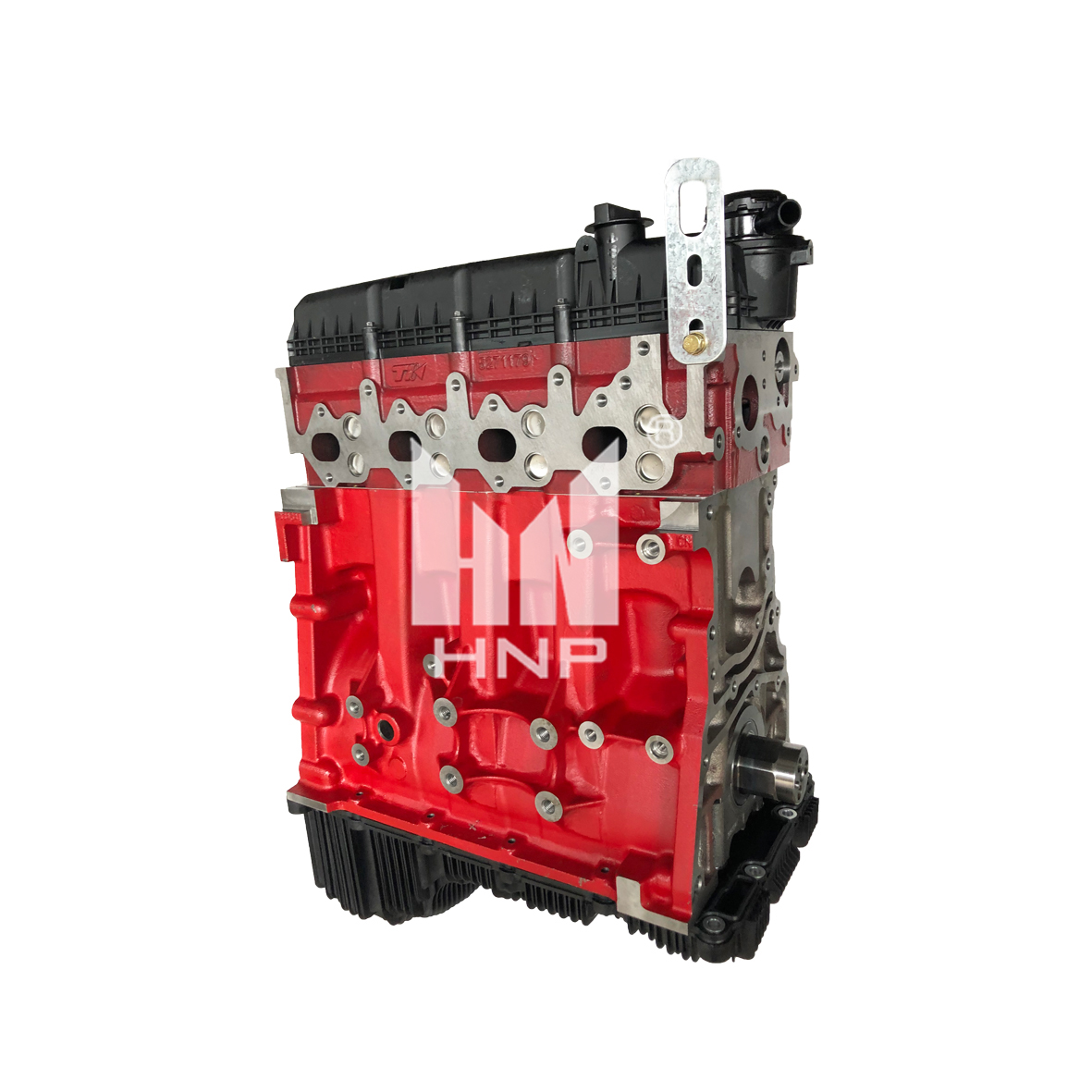

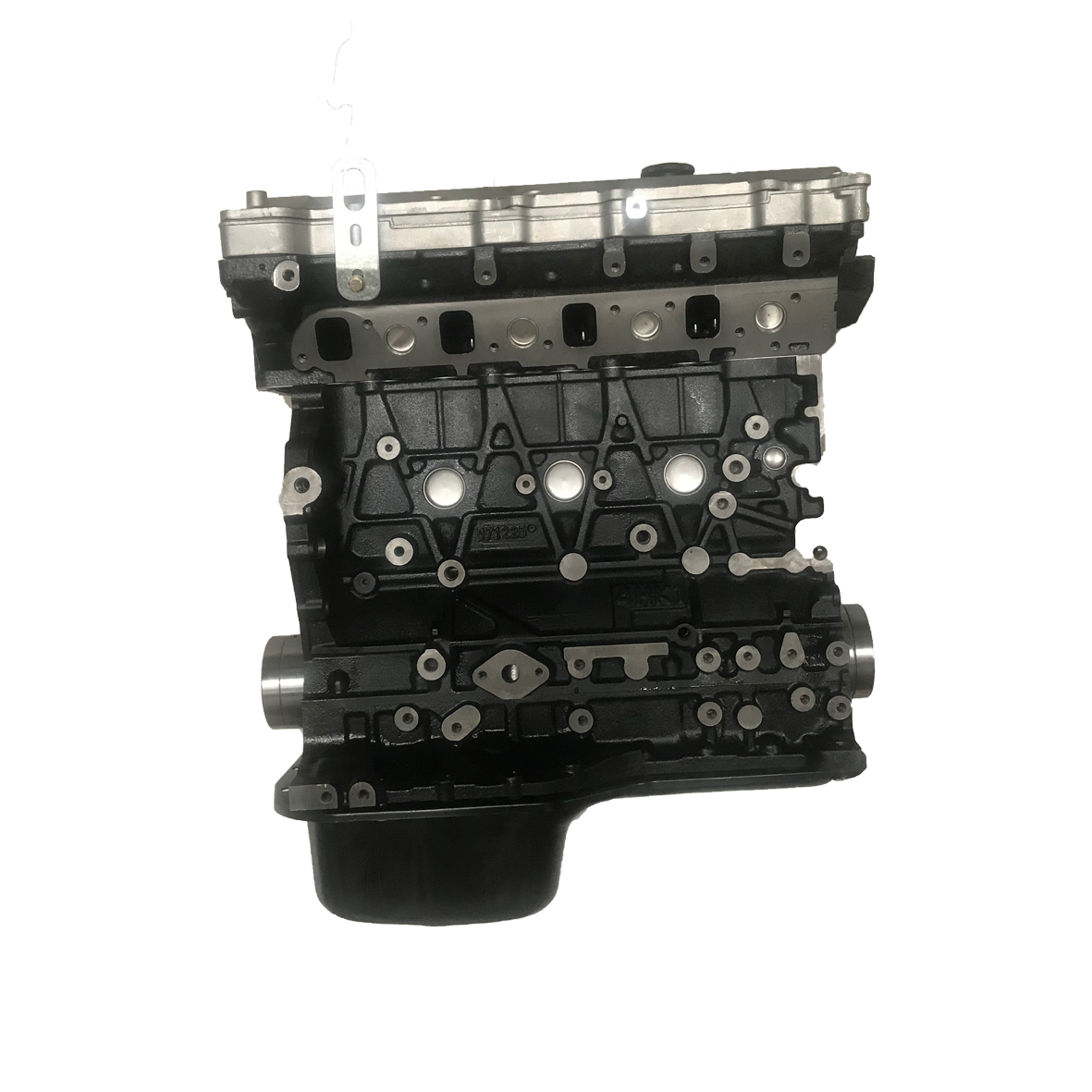
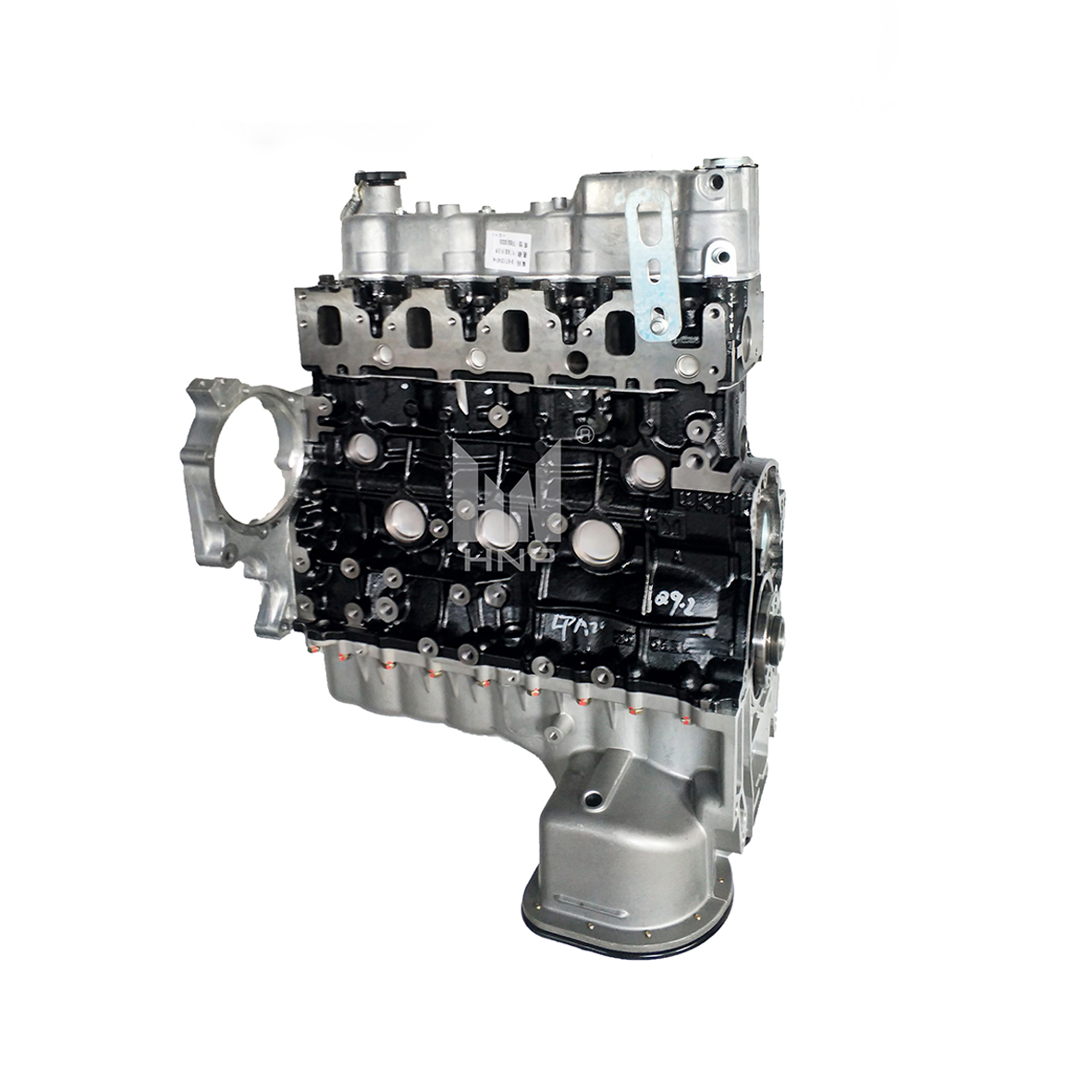

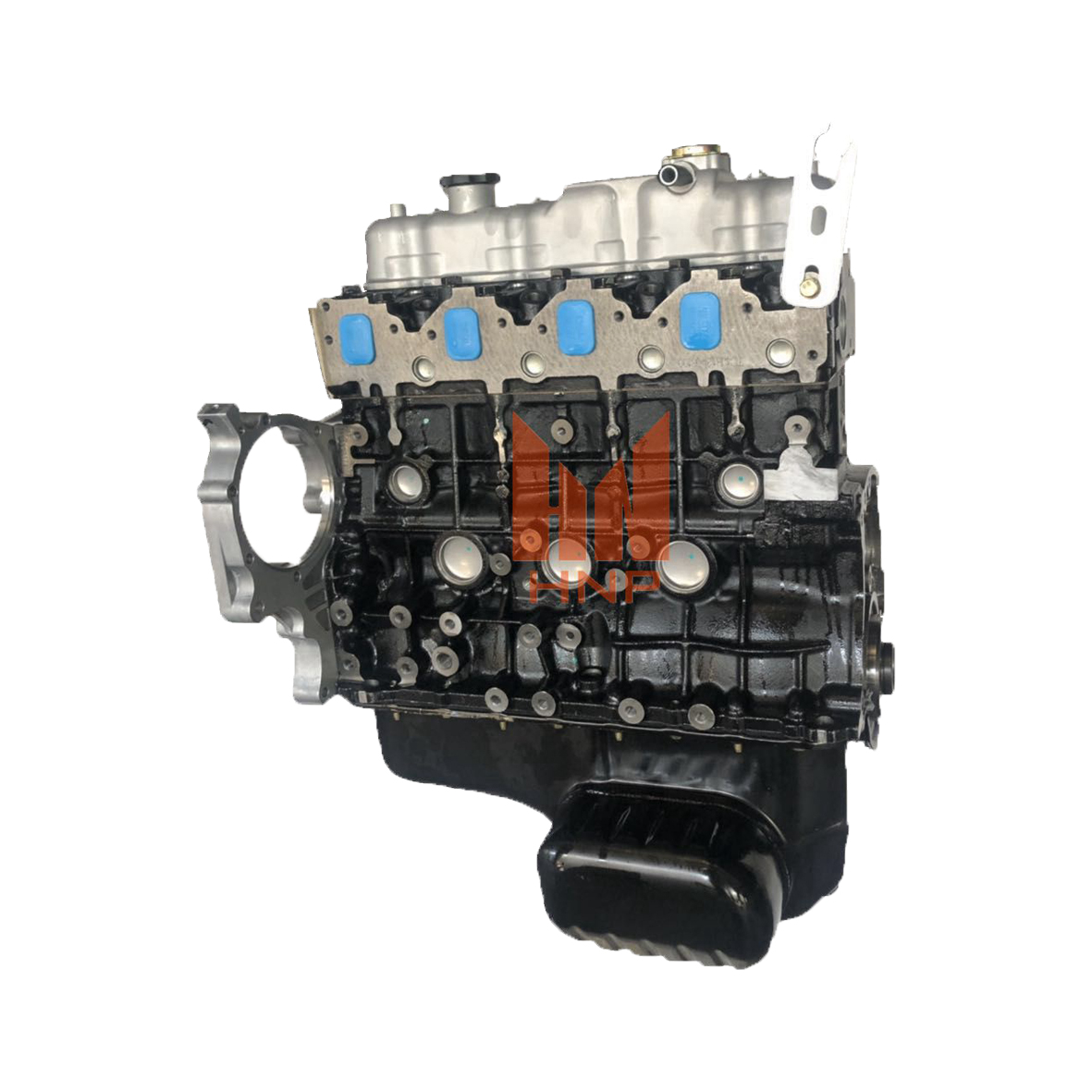
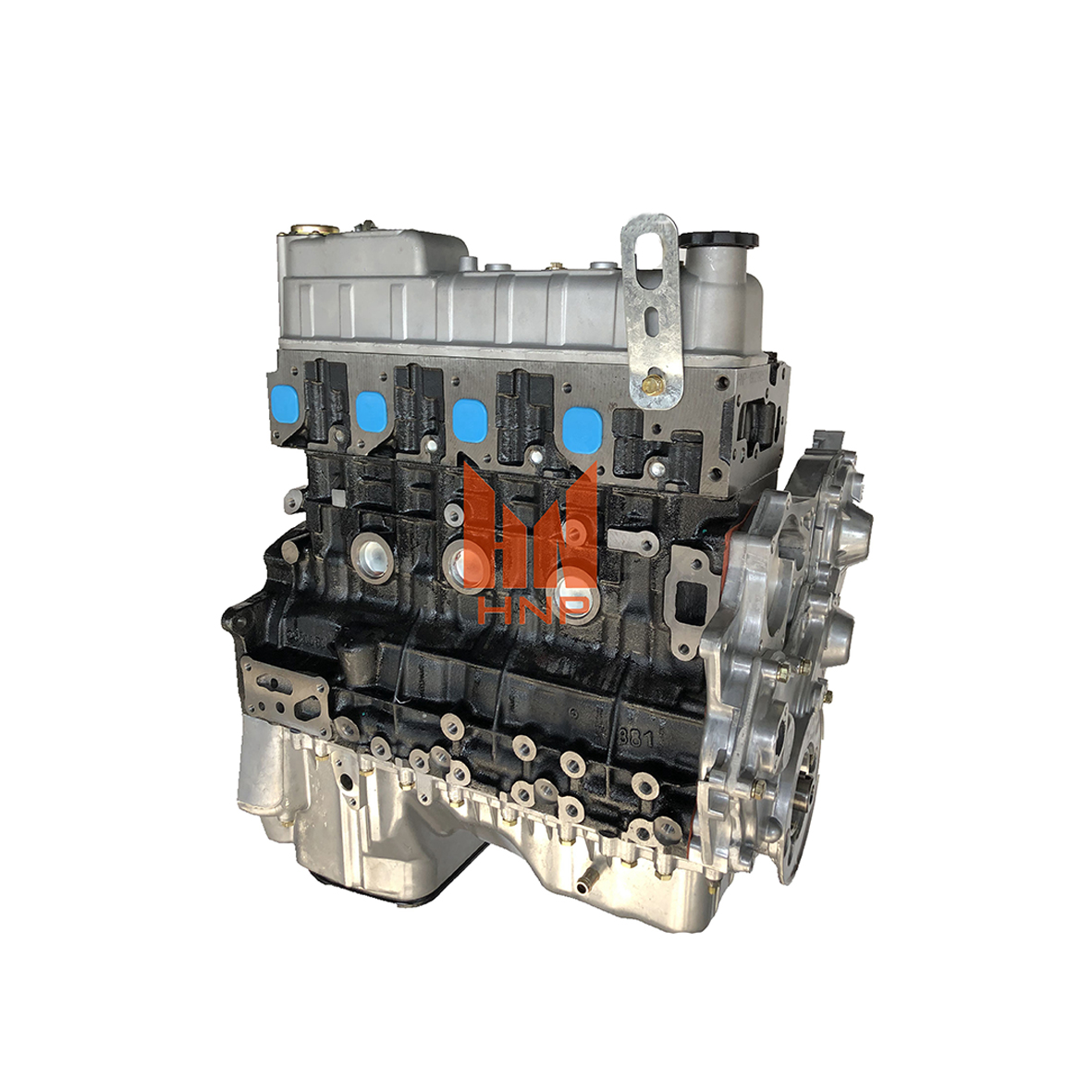
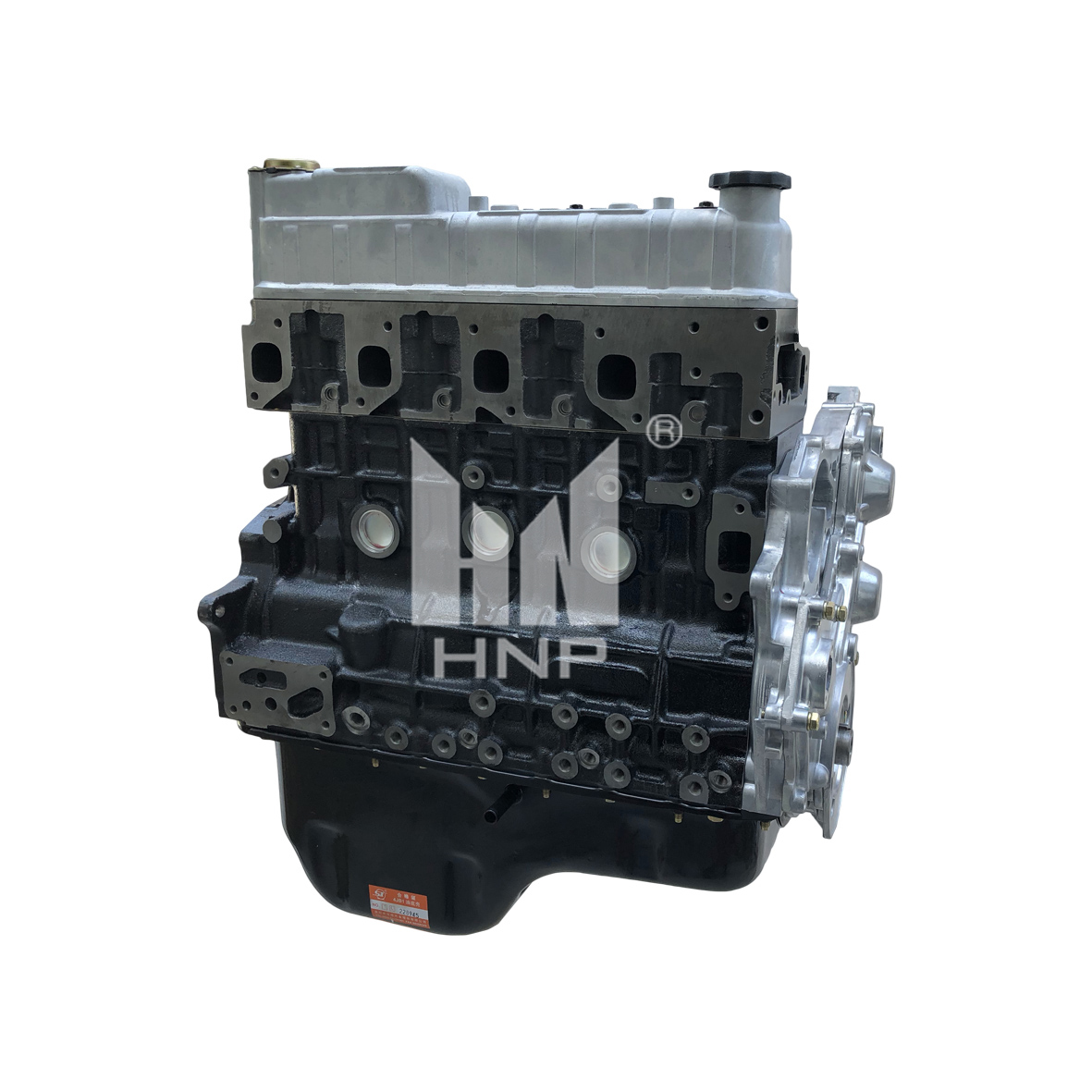

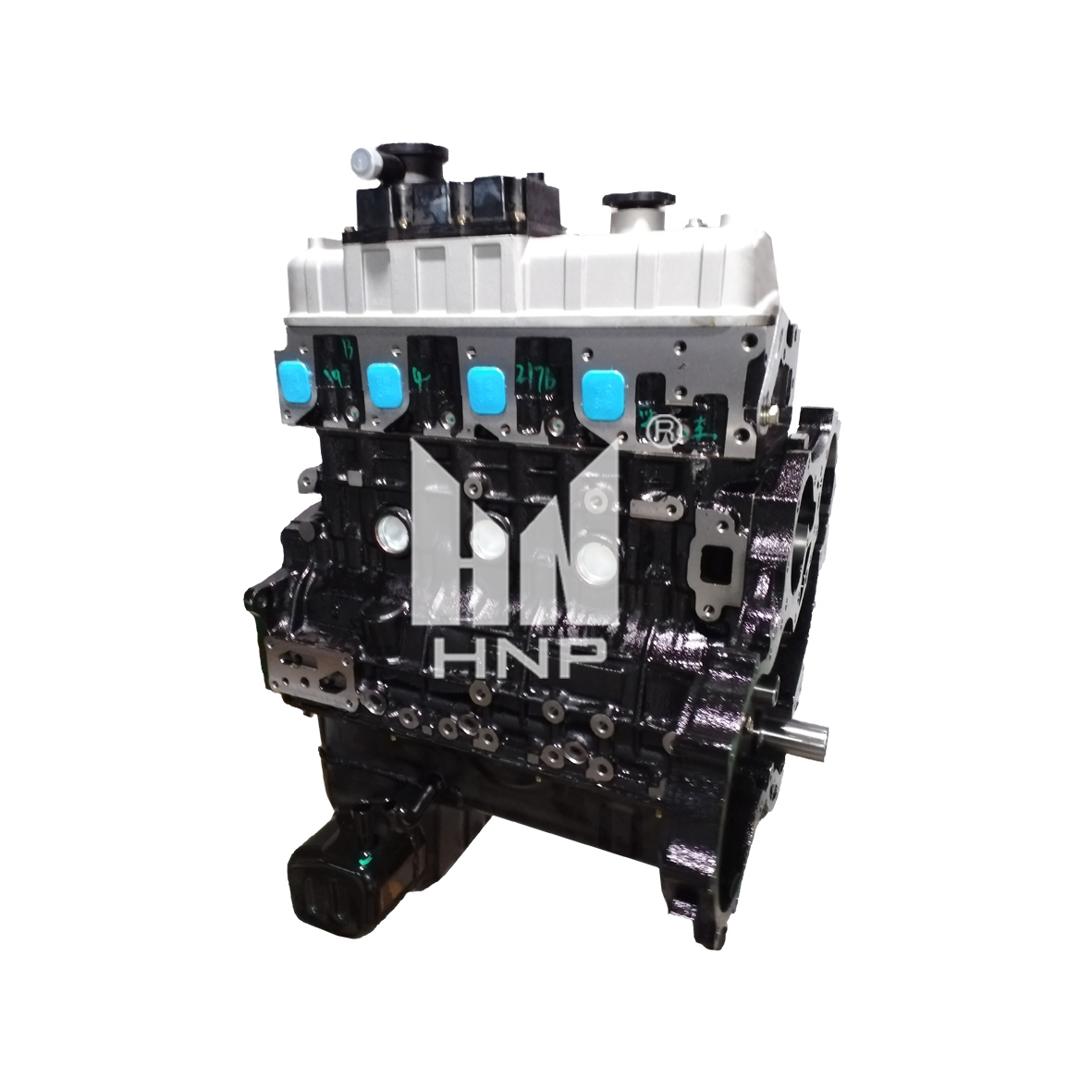

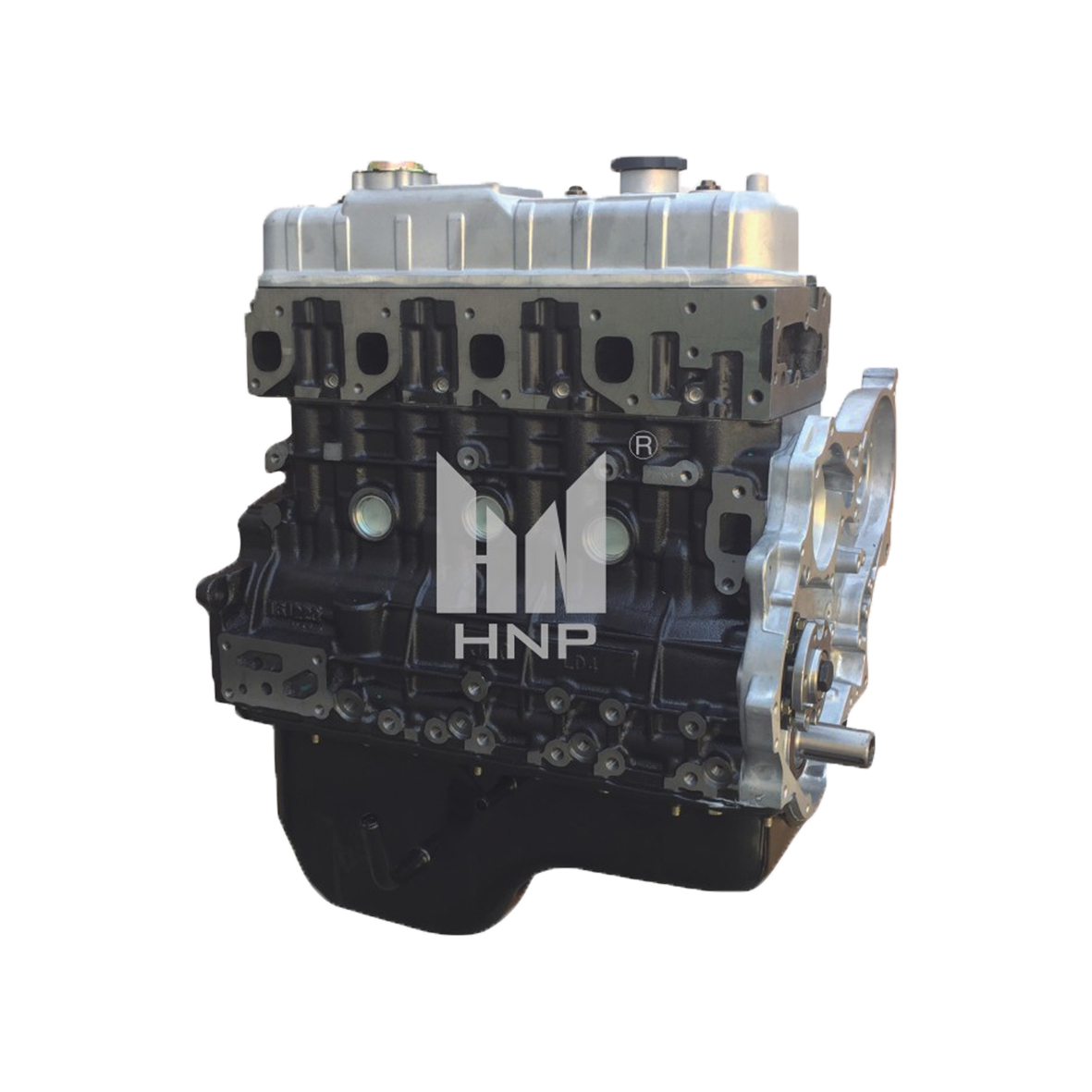
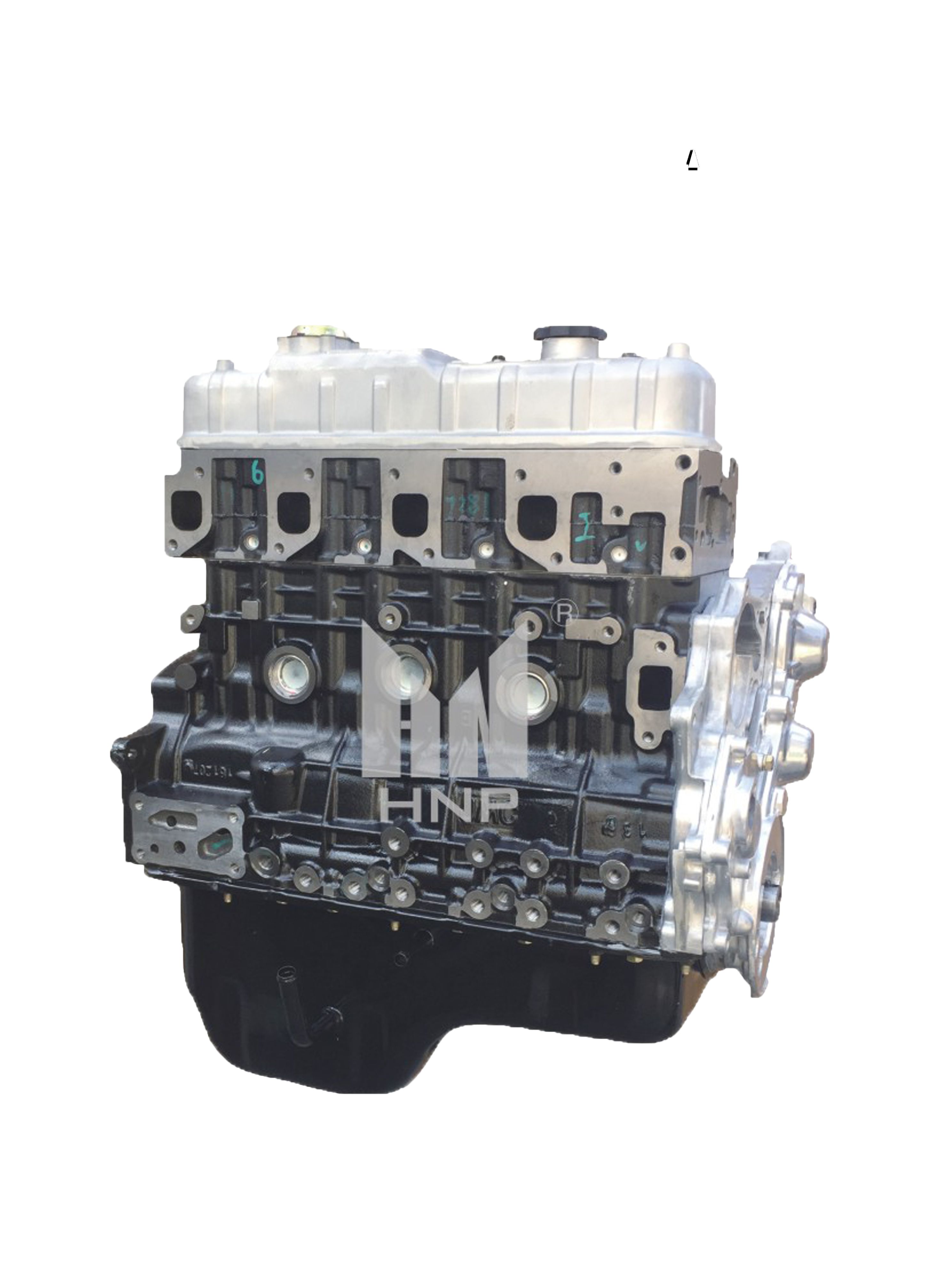
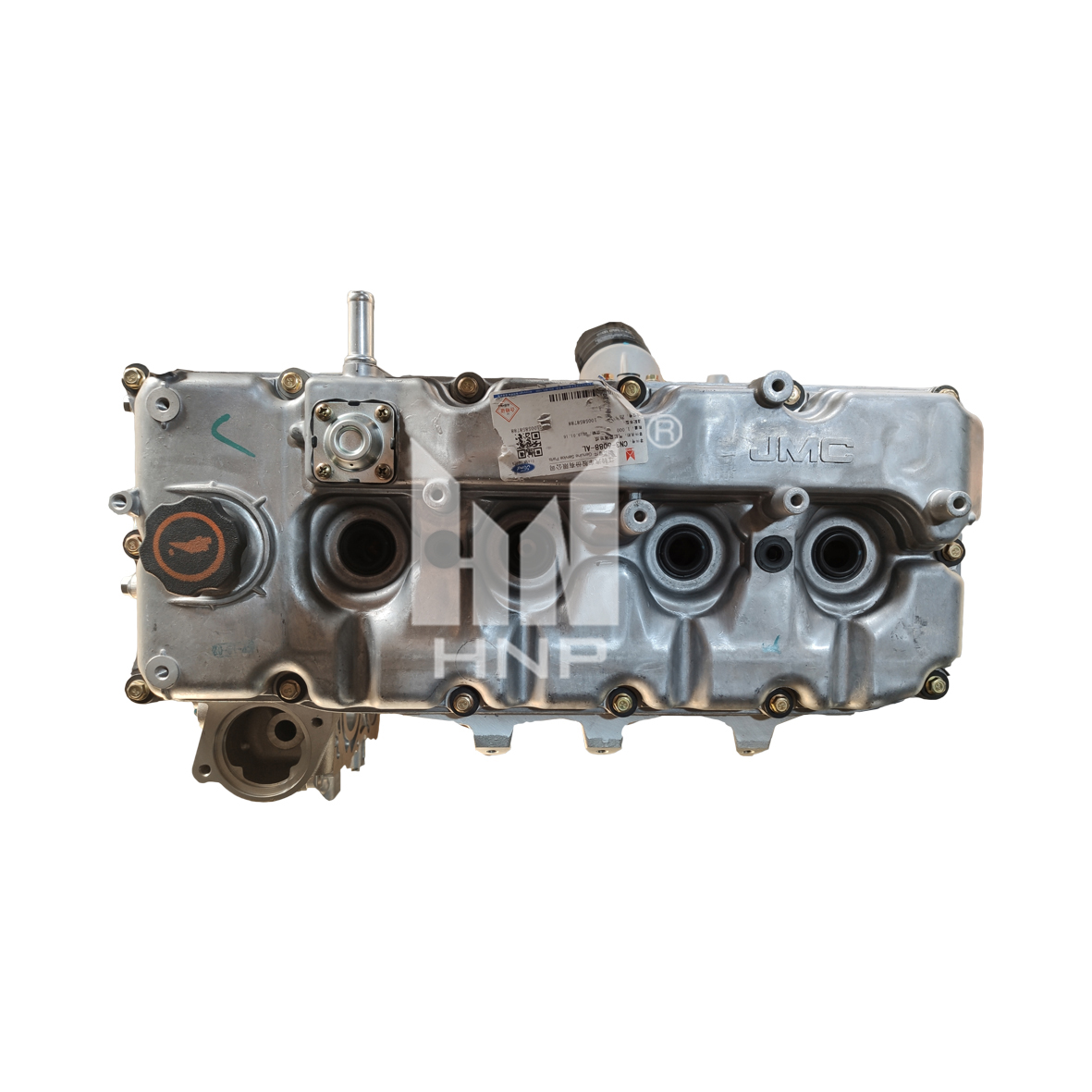
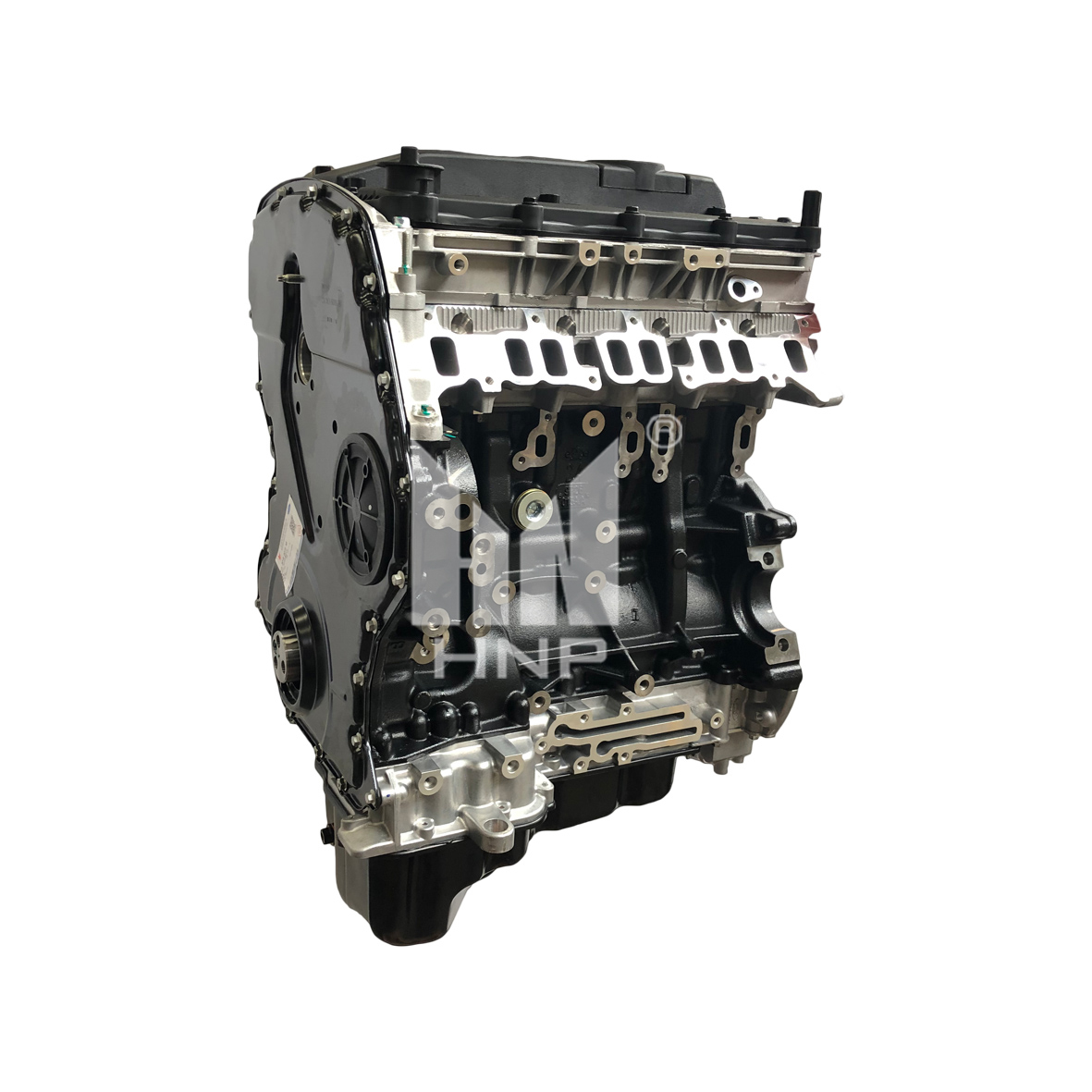
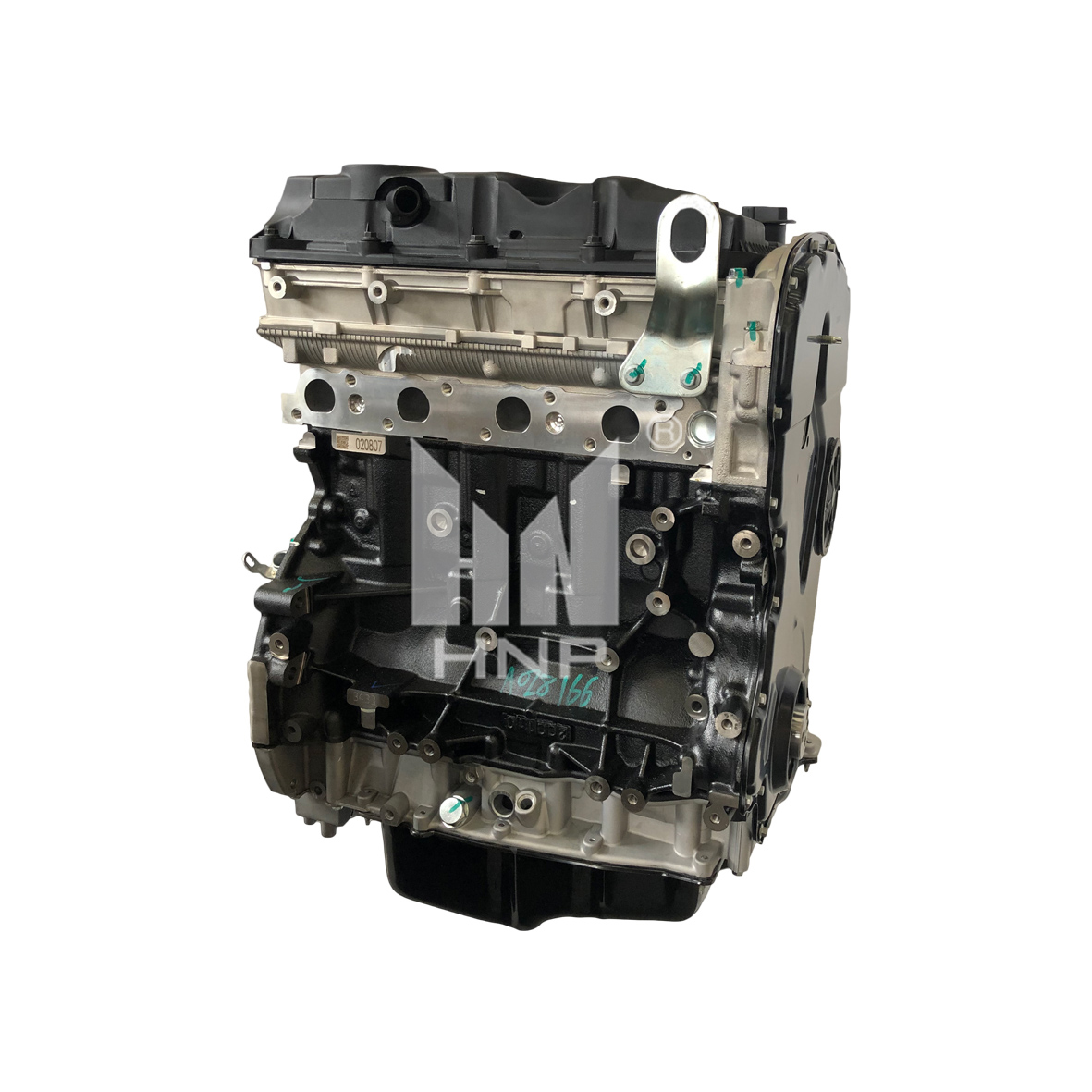

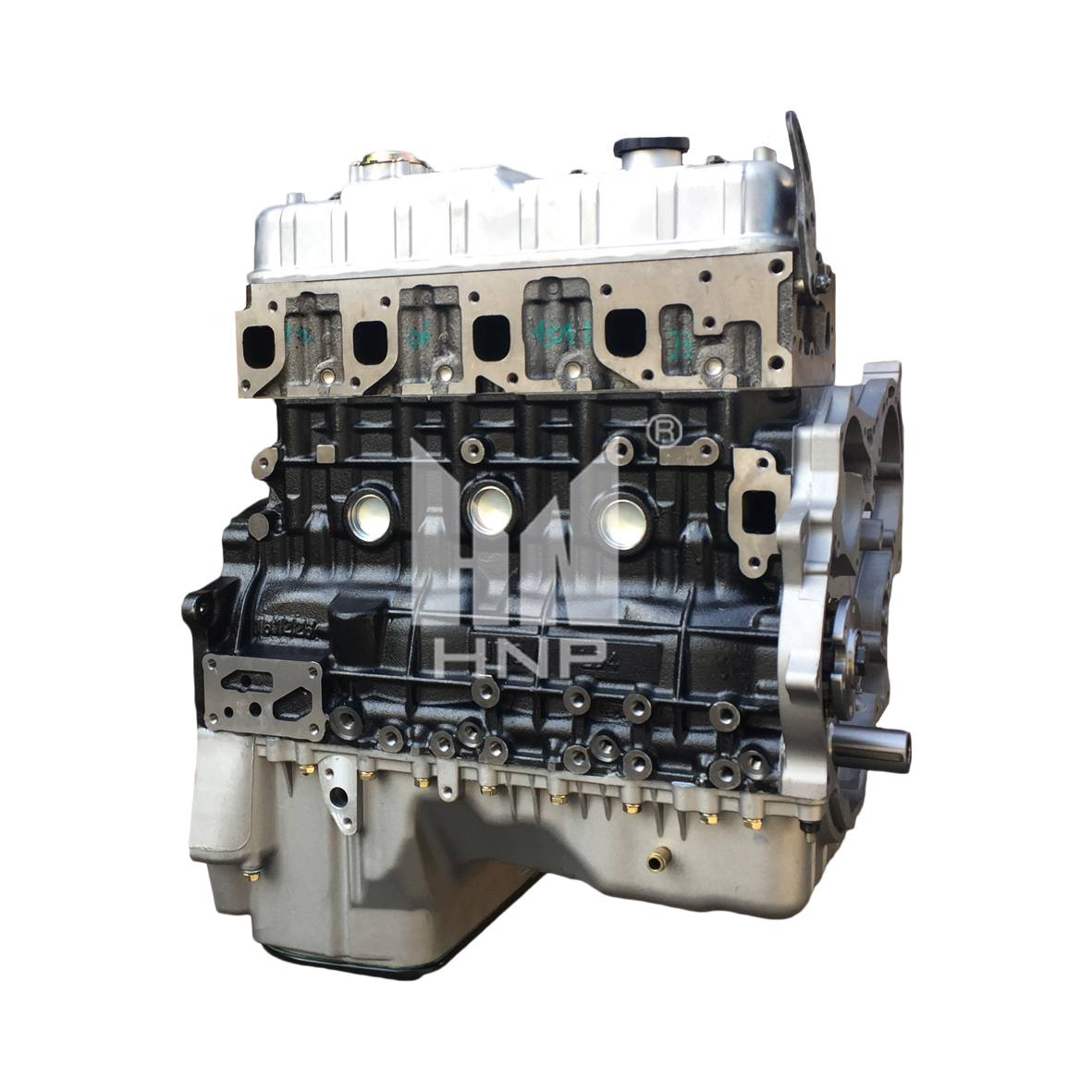


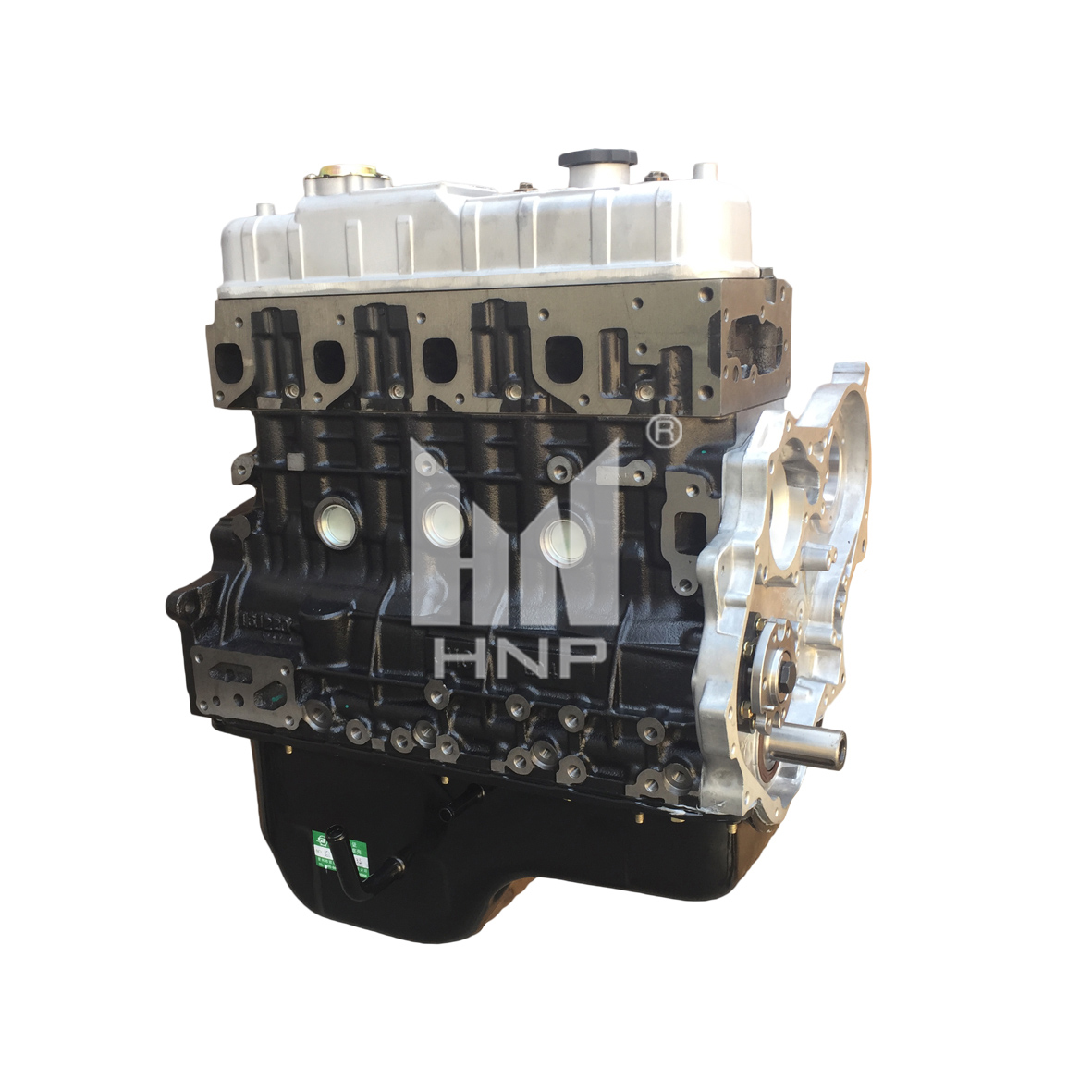
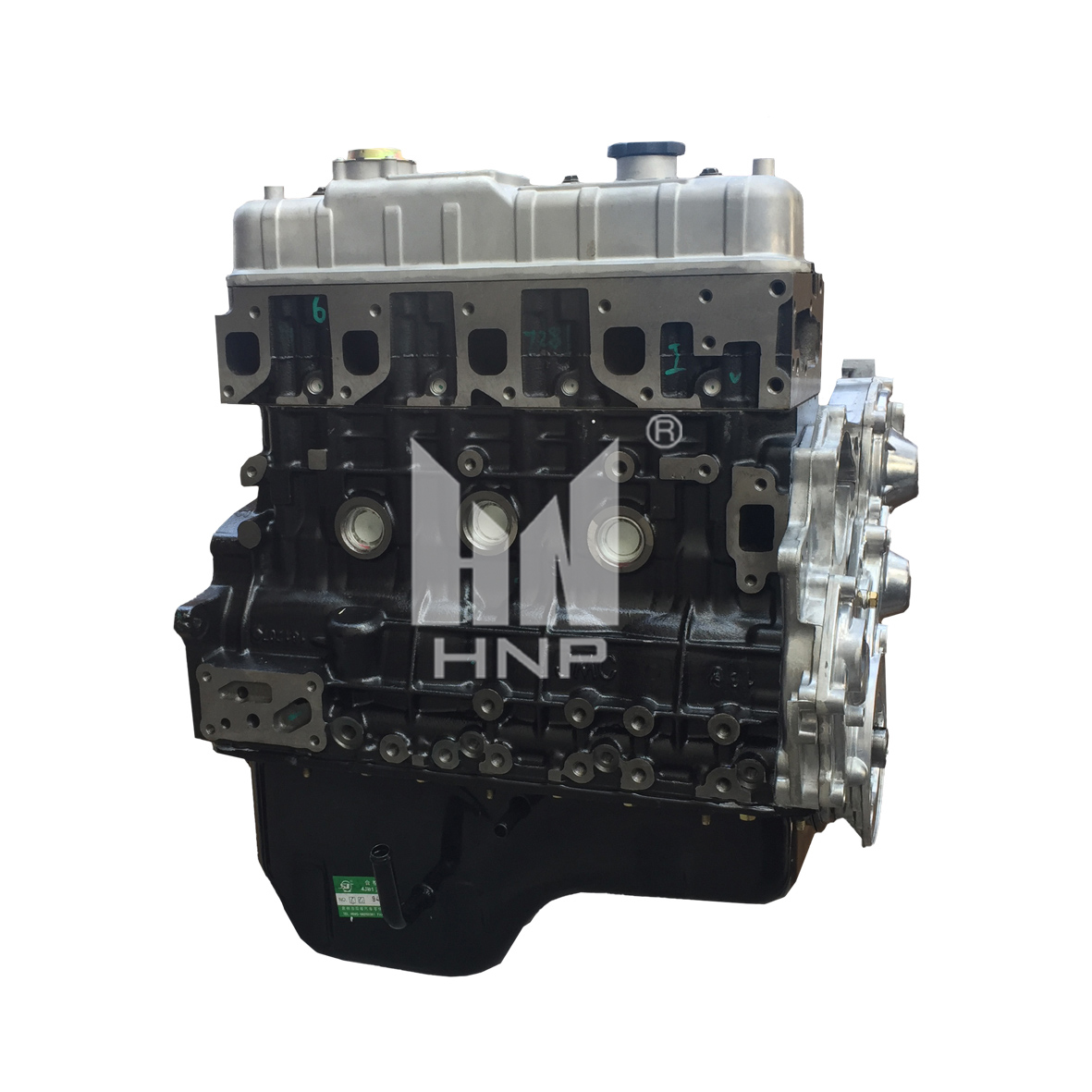
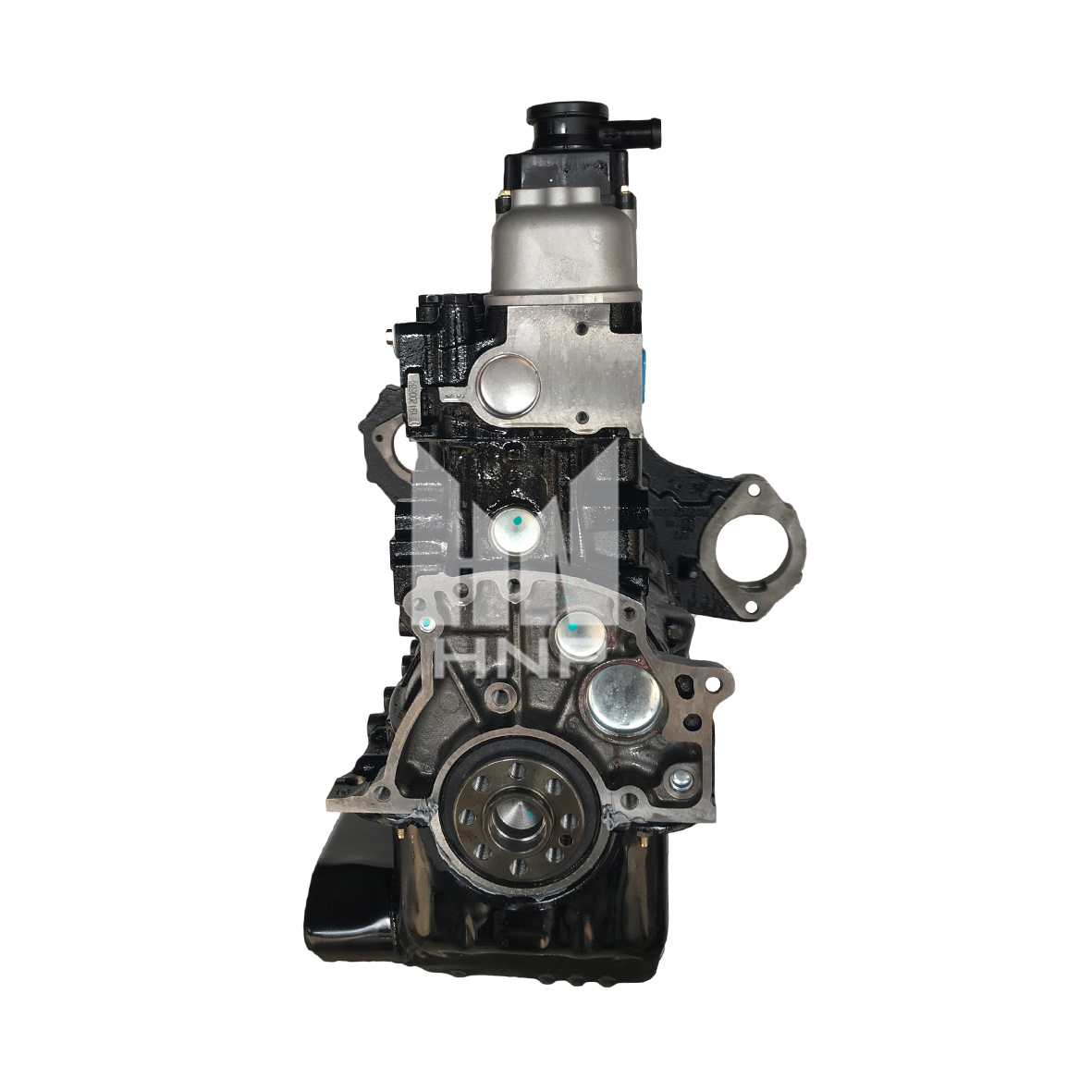
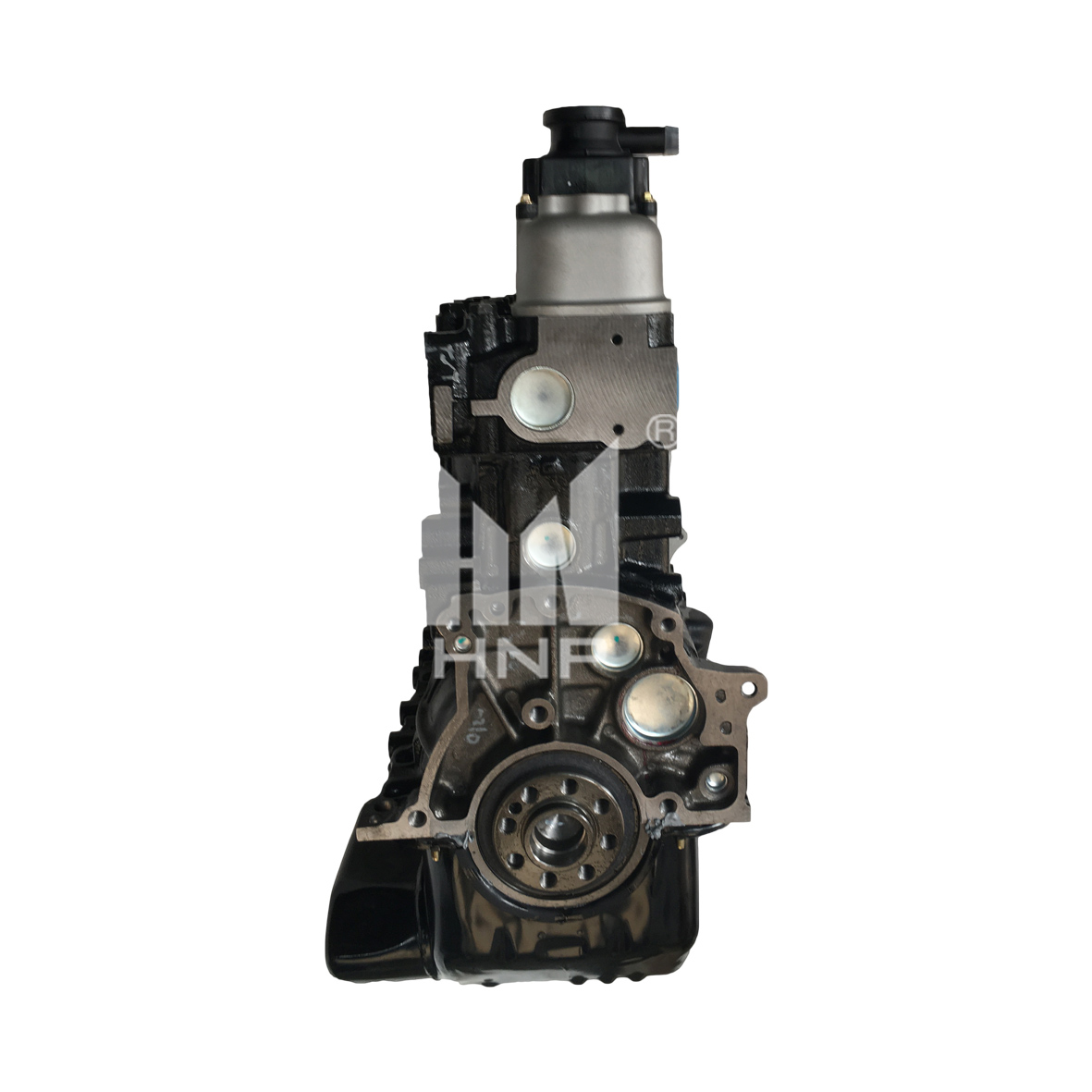
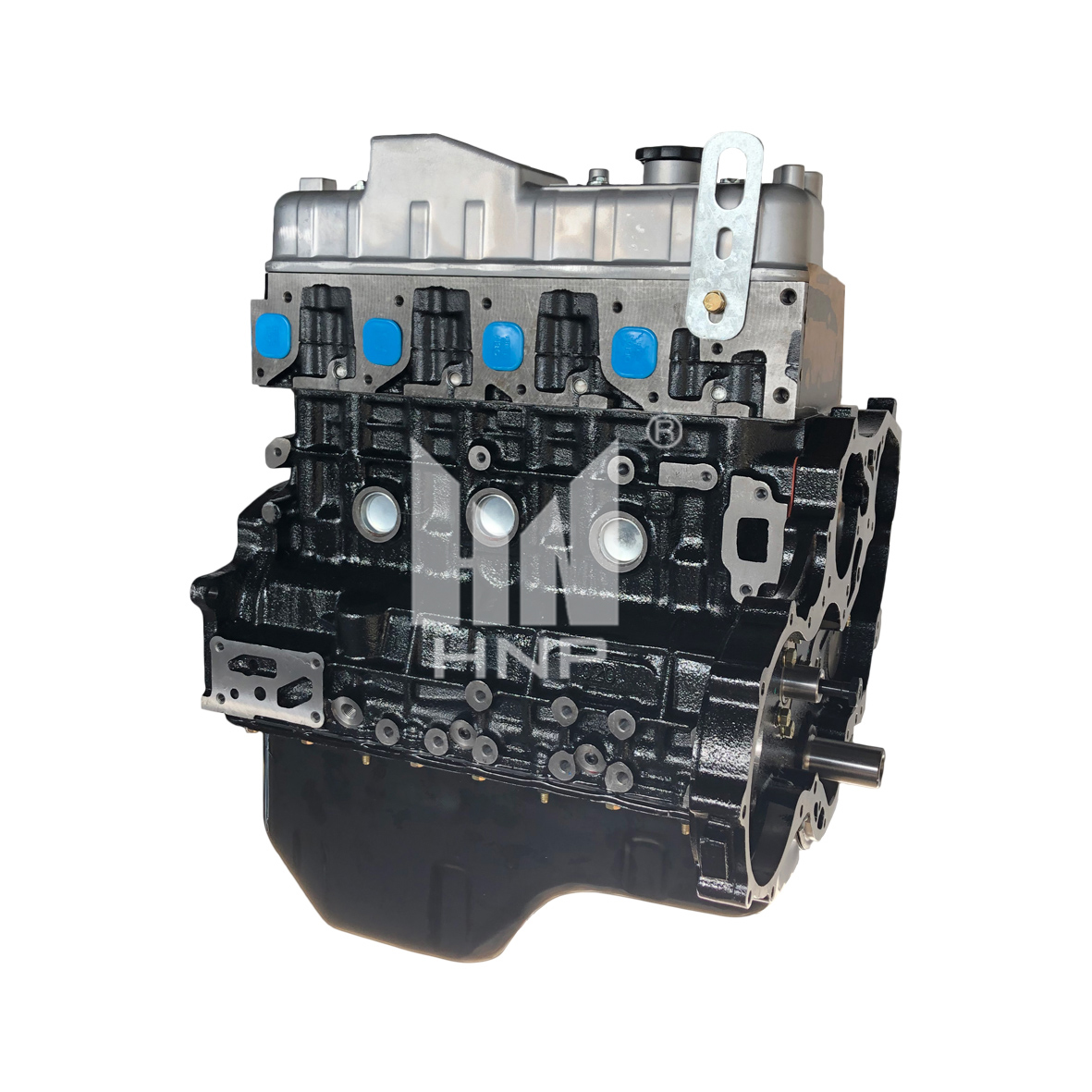
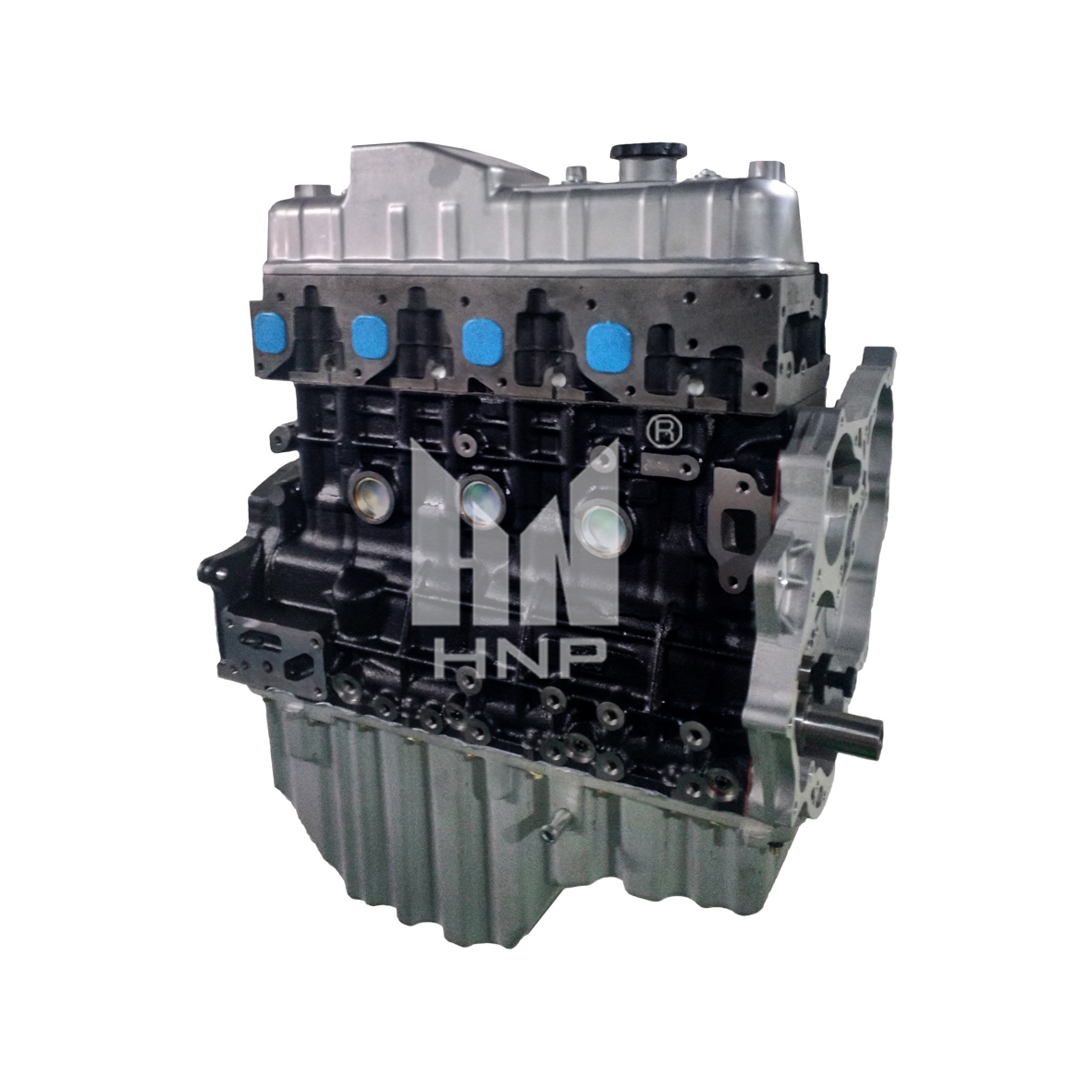
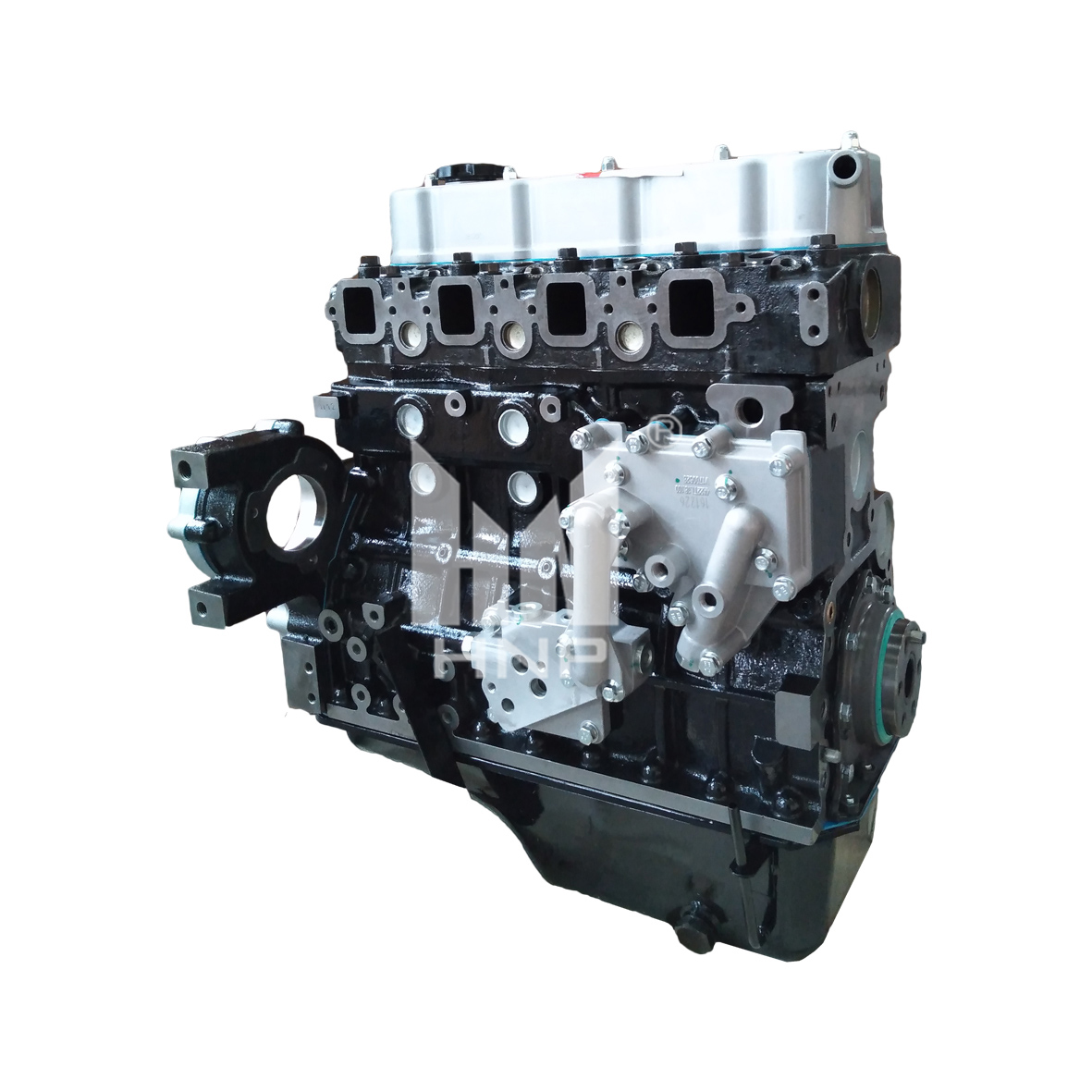
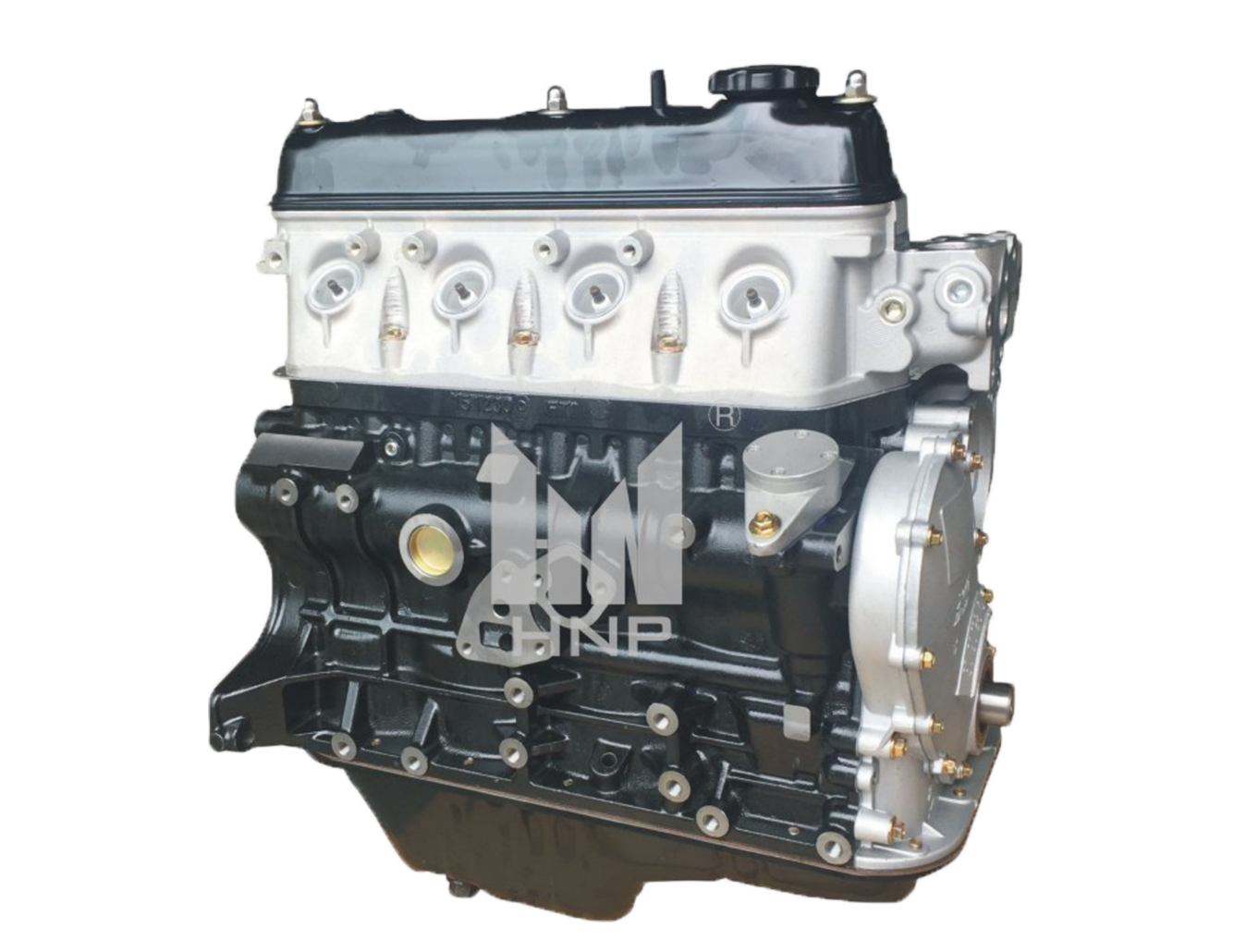

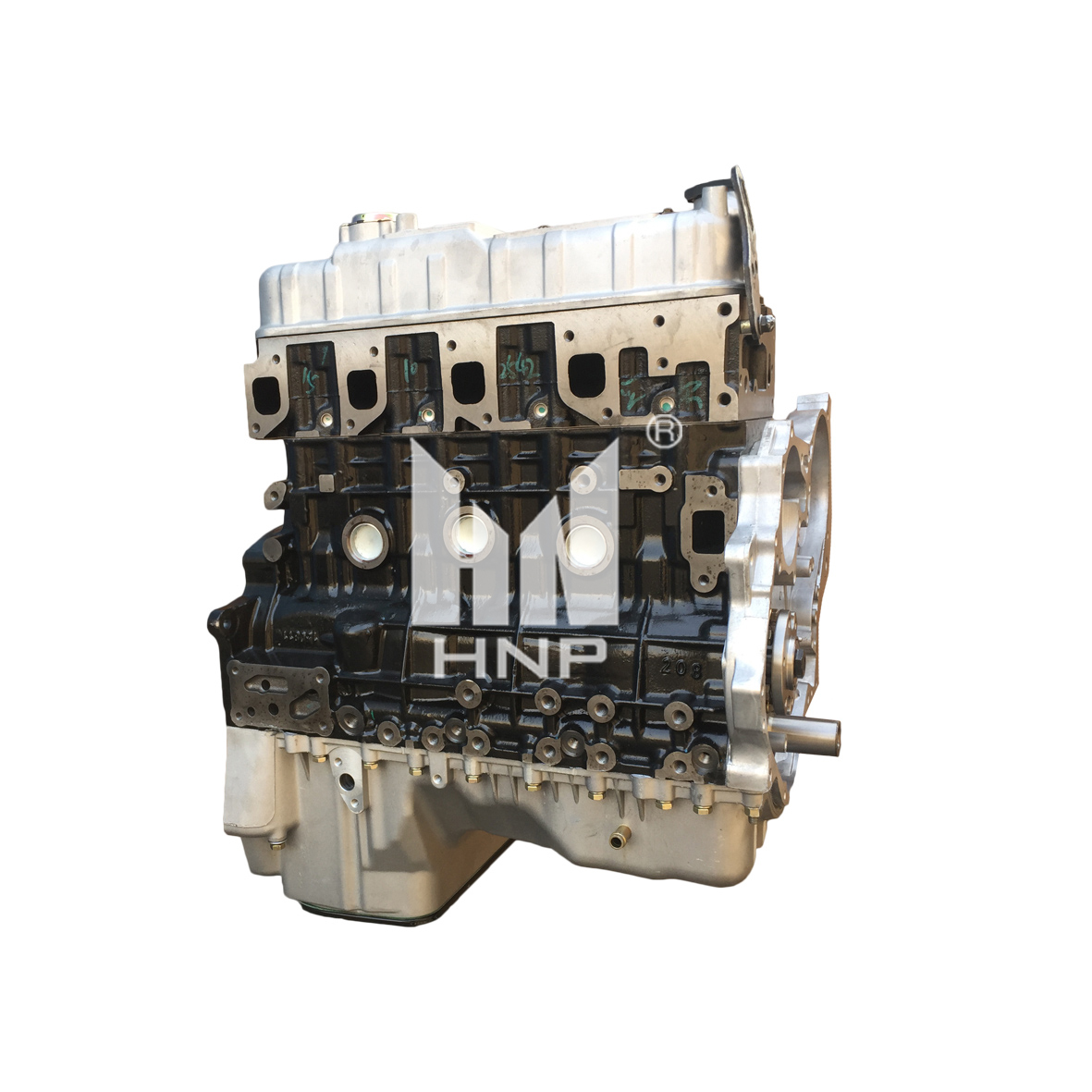
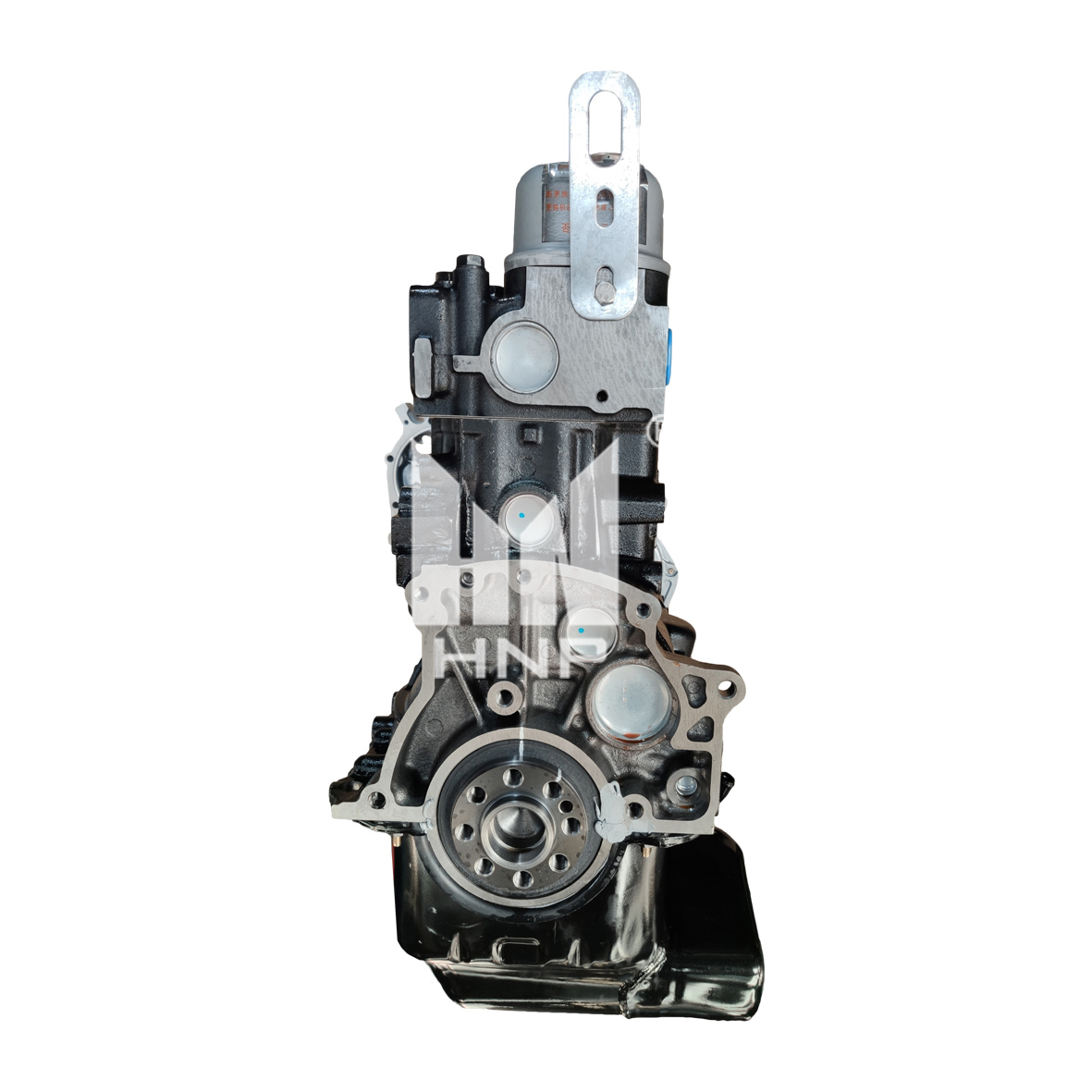
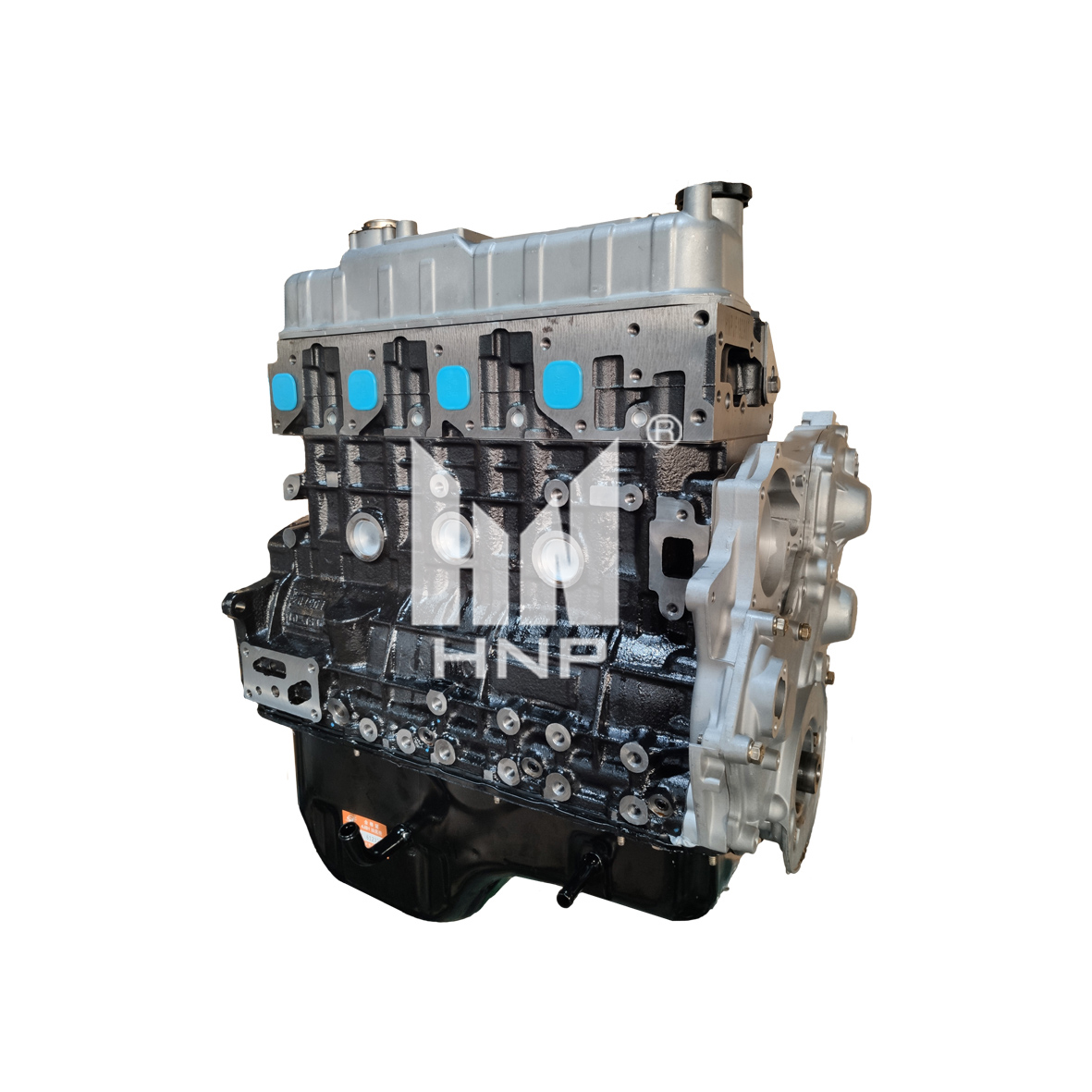

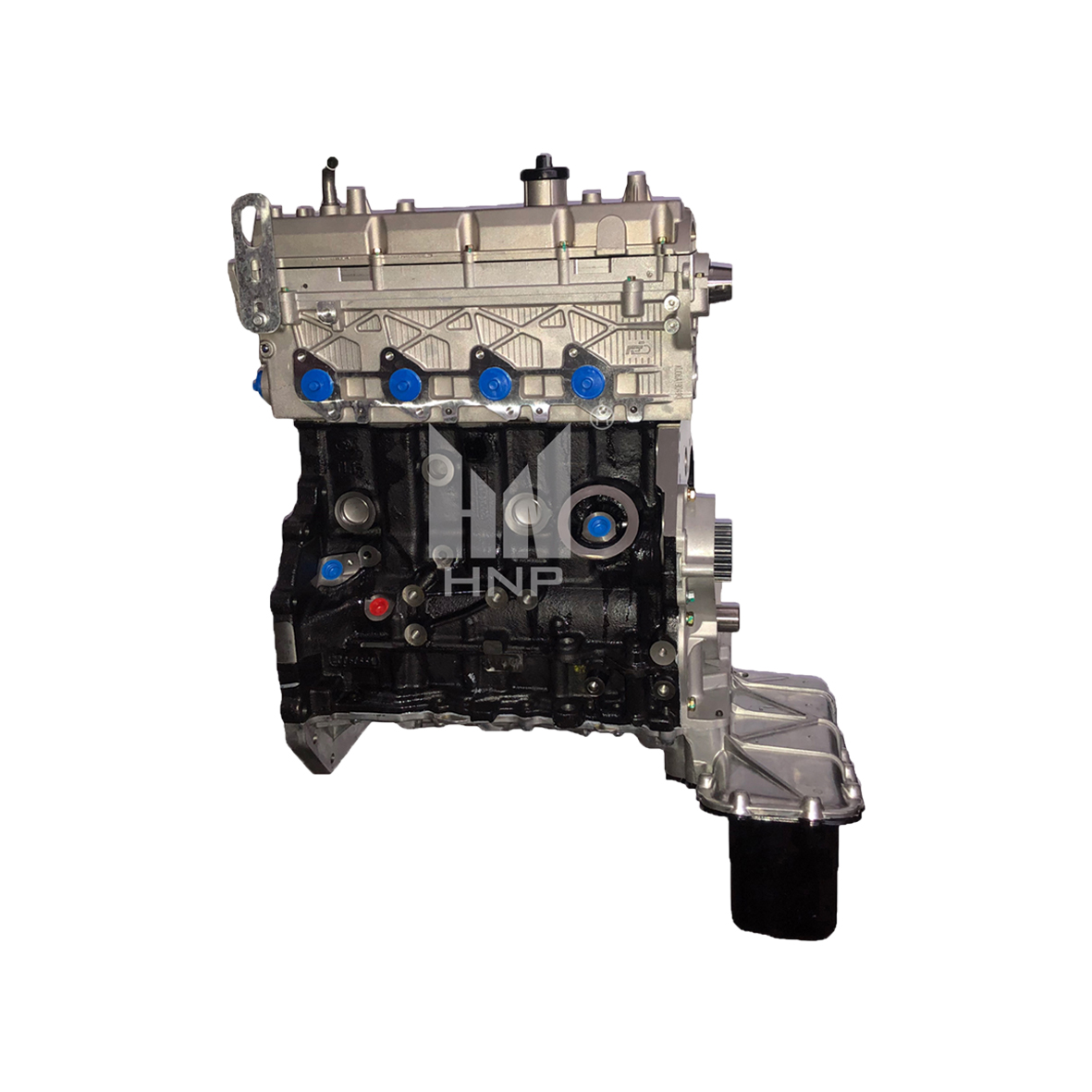

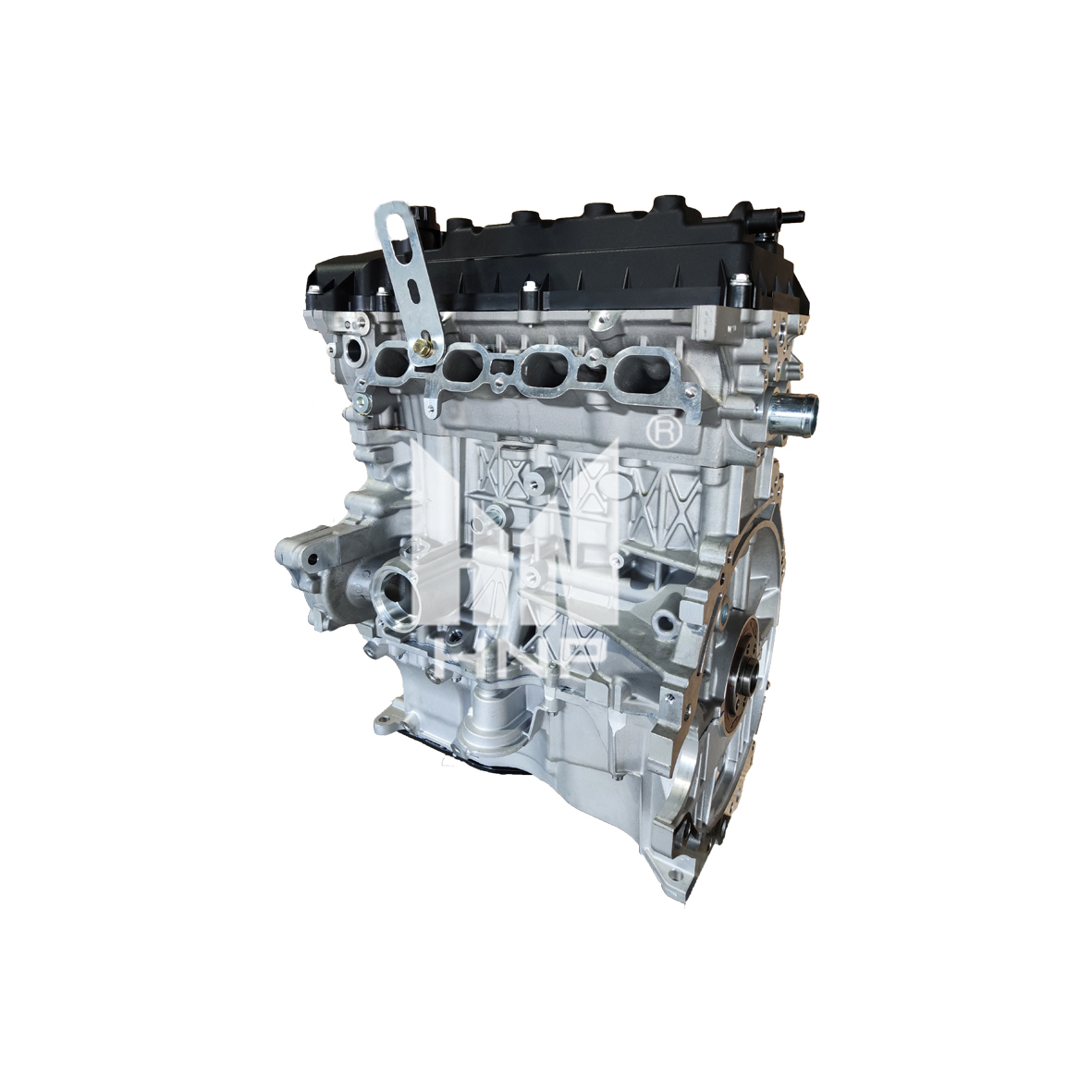
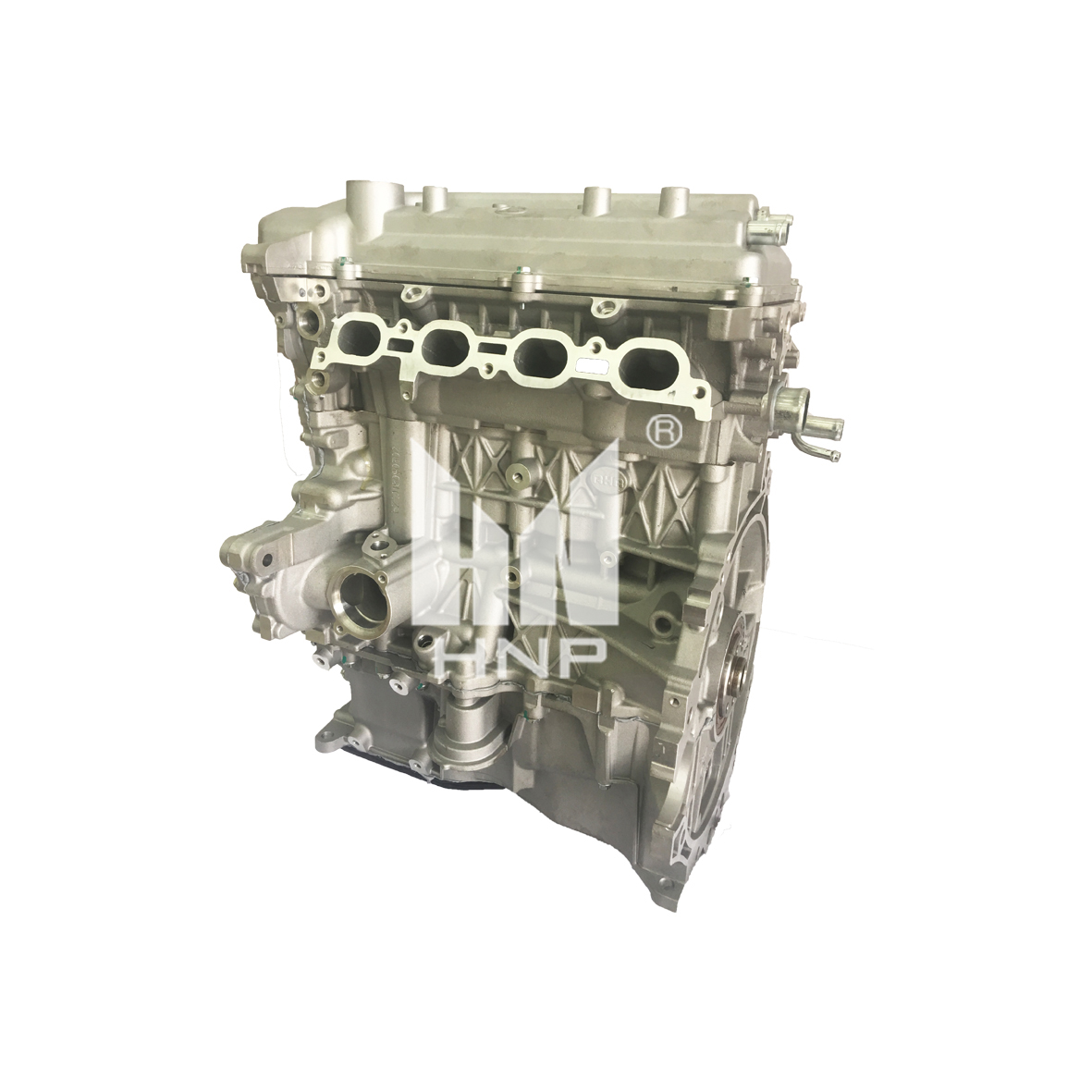
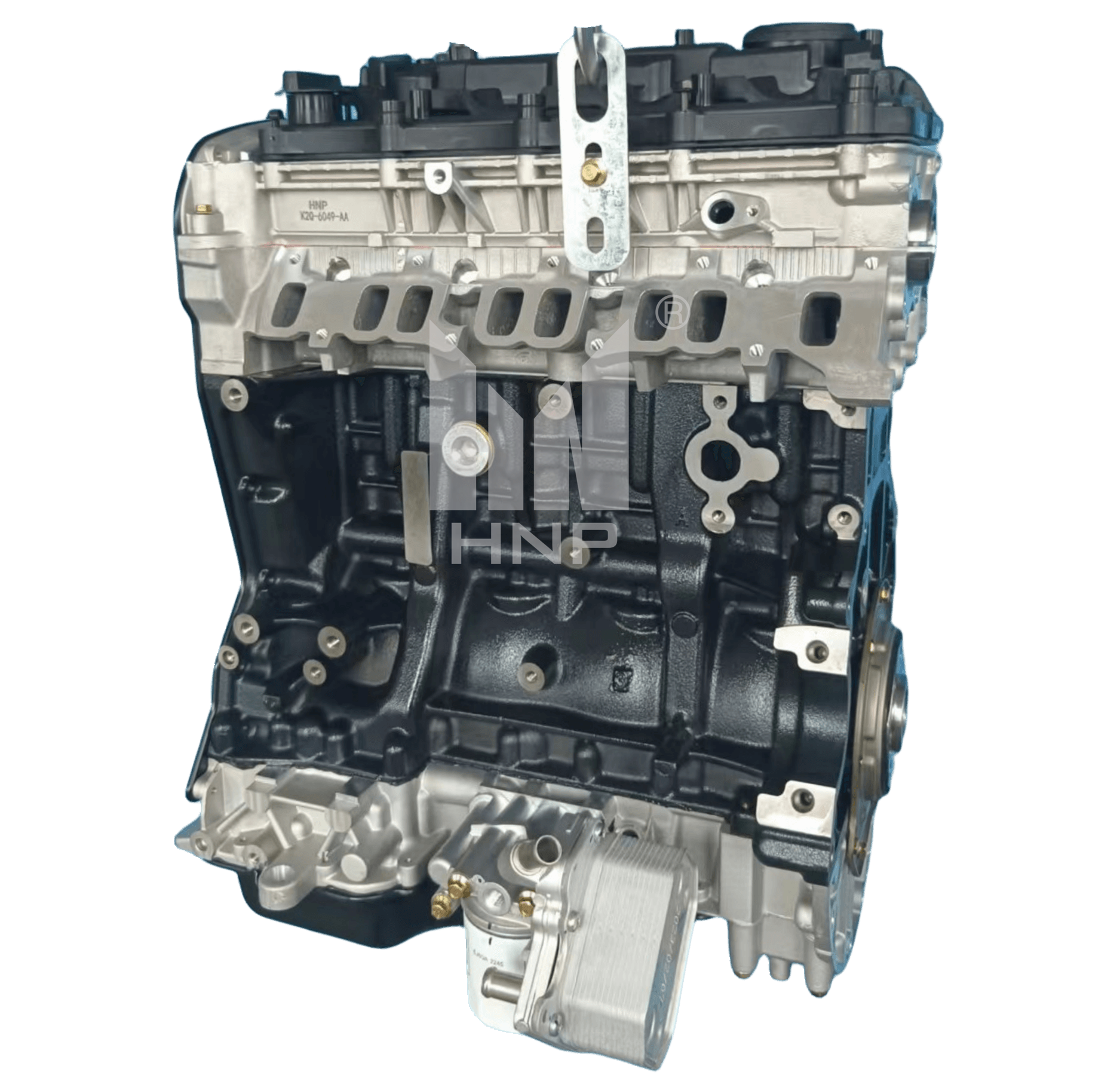
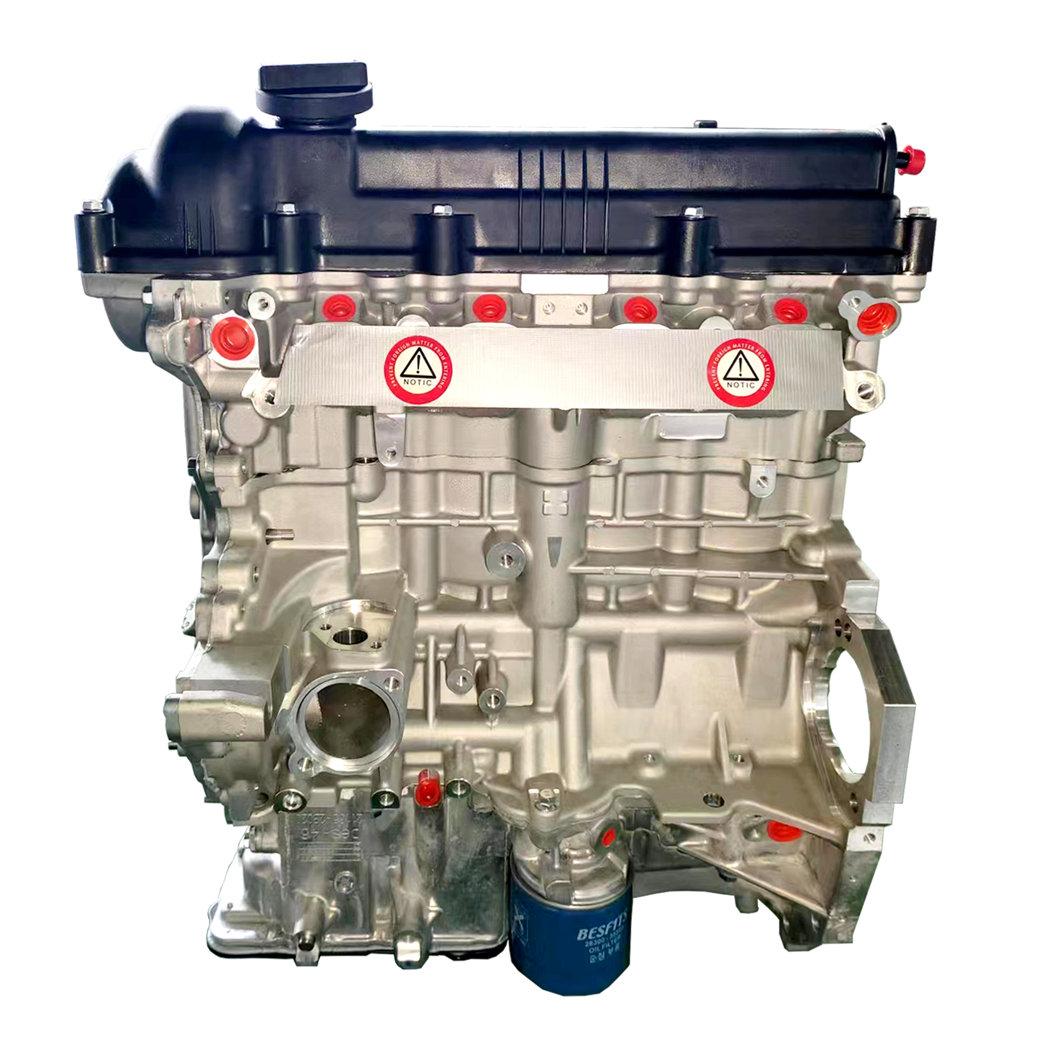
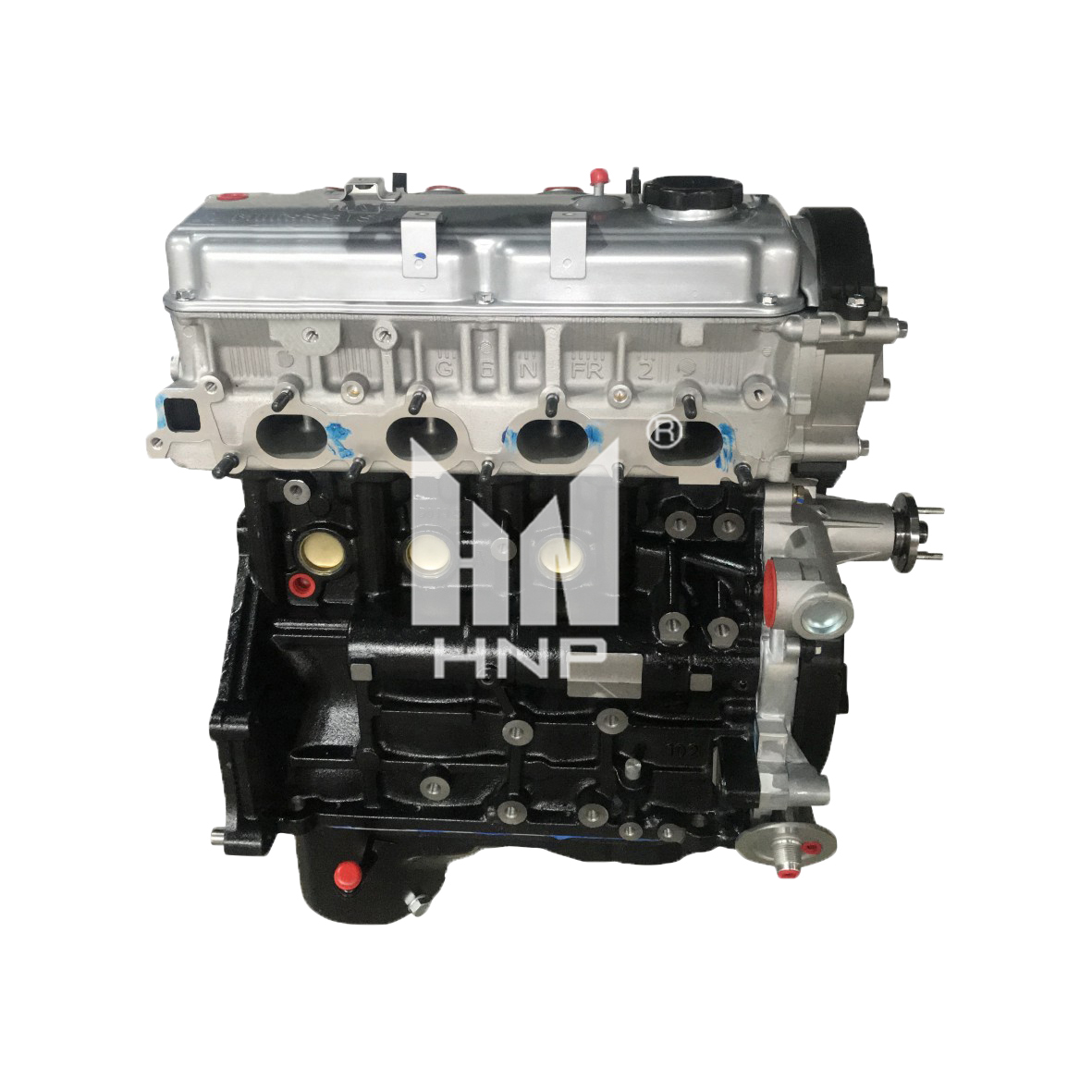

 1.jpg)
.jpg)
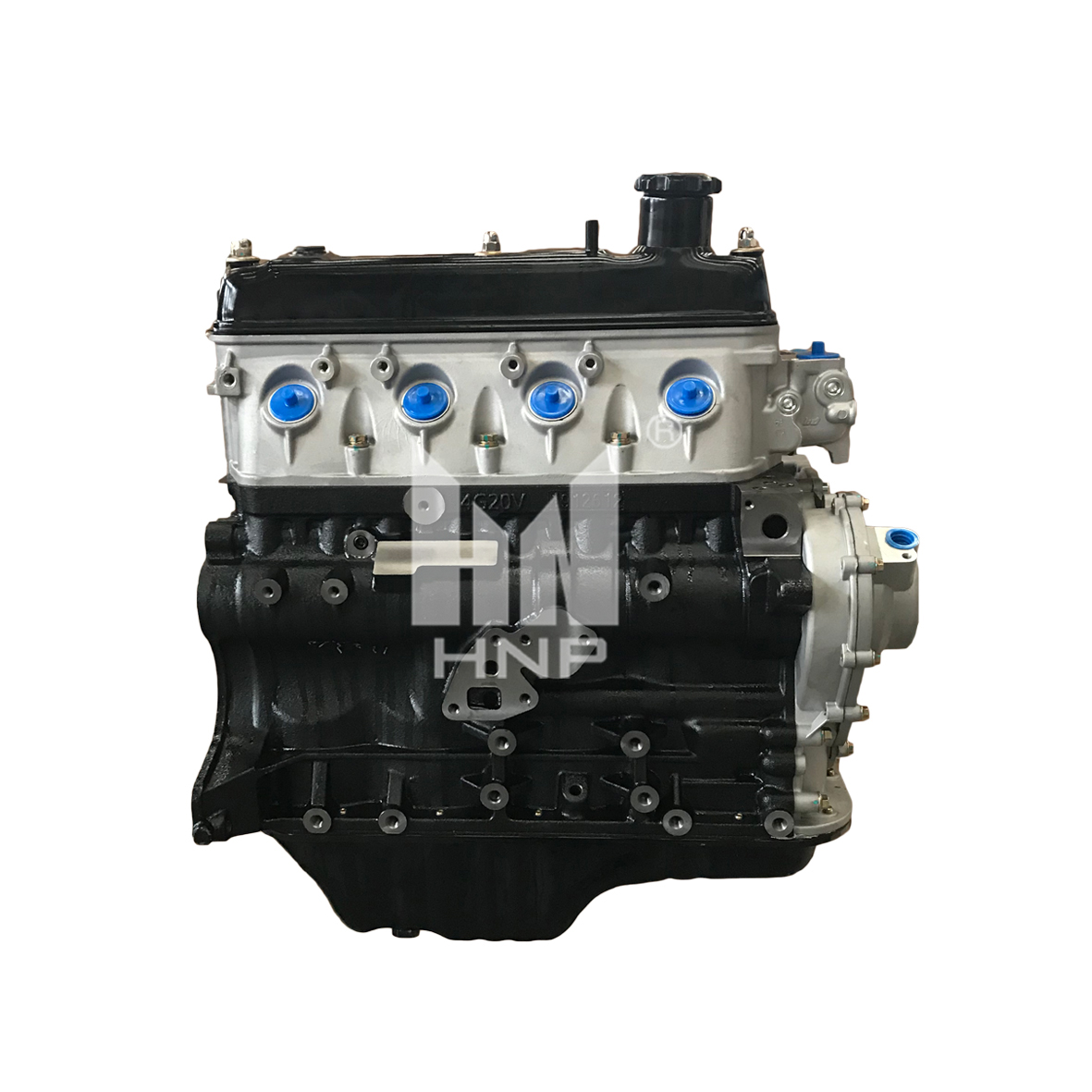
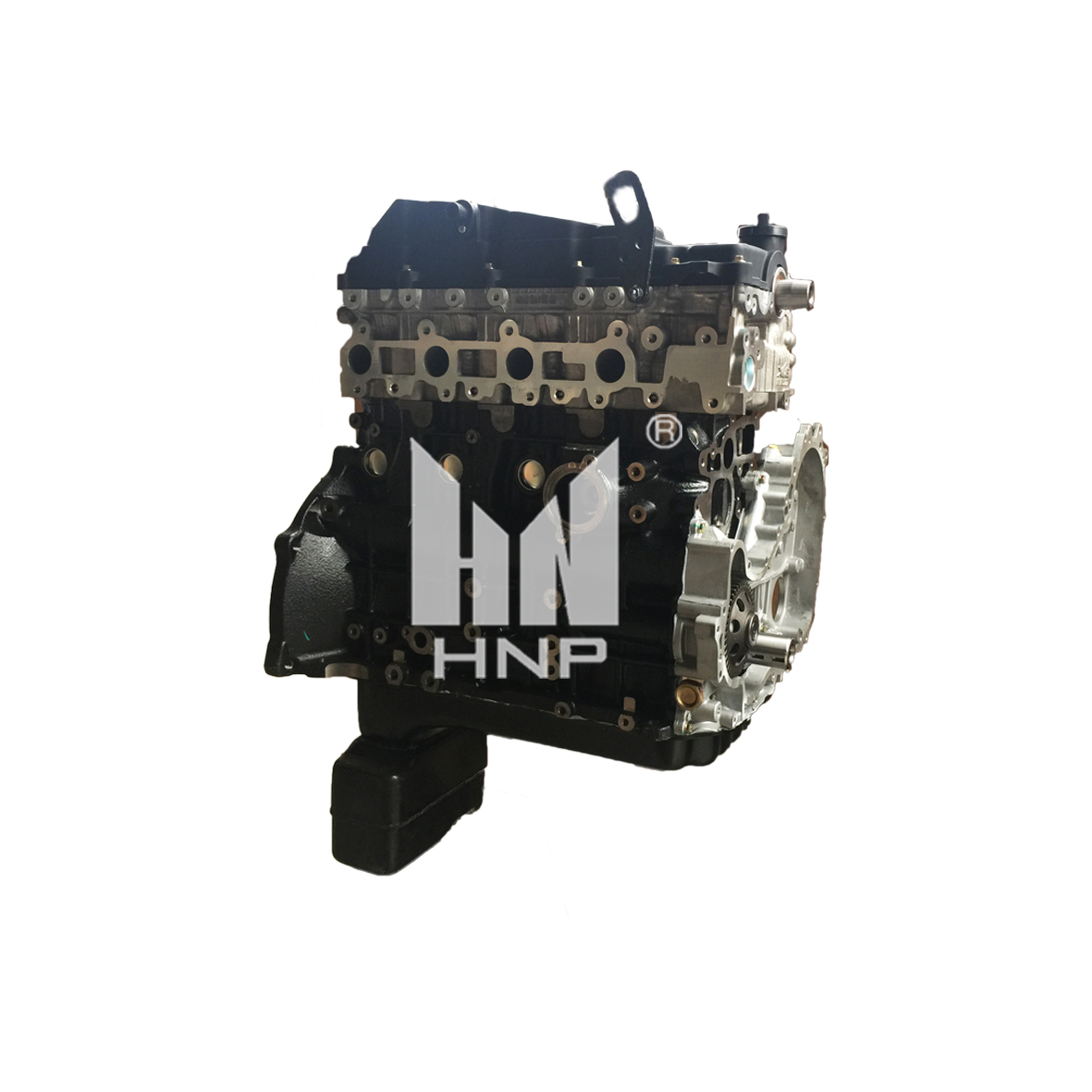
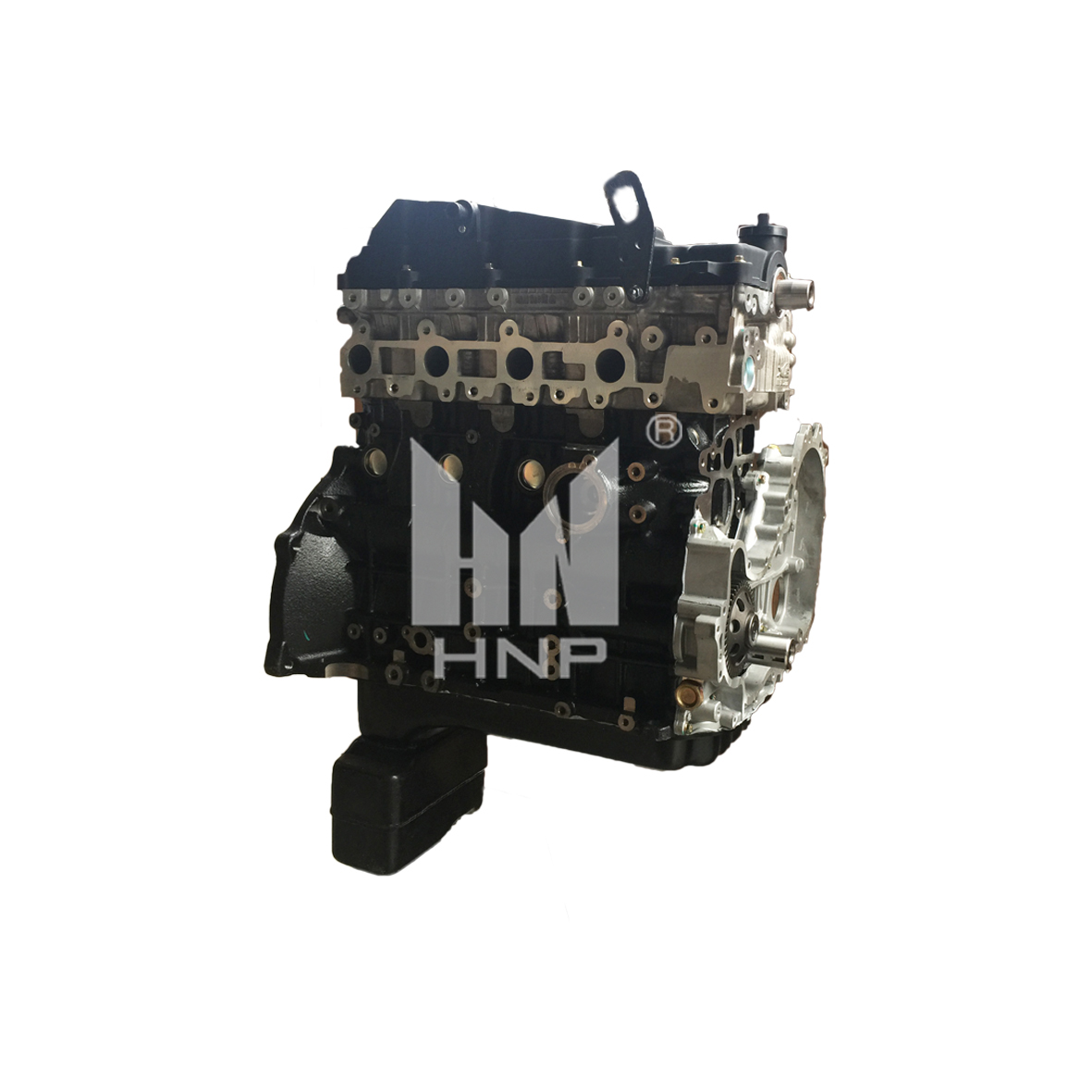
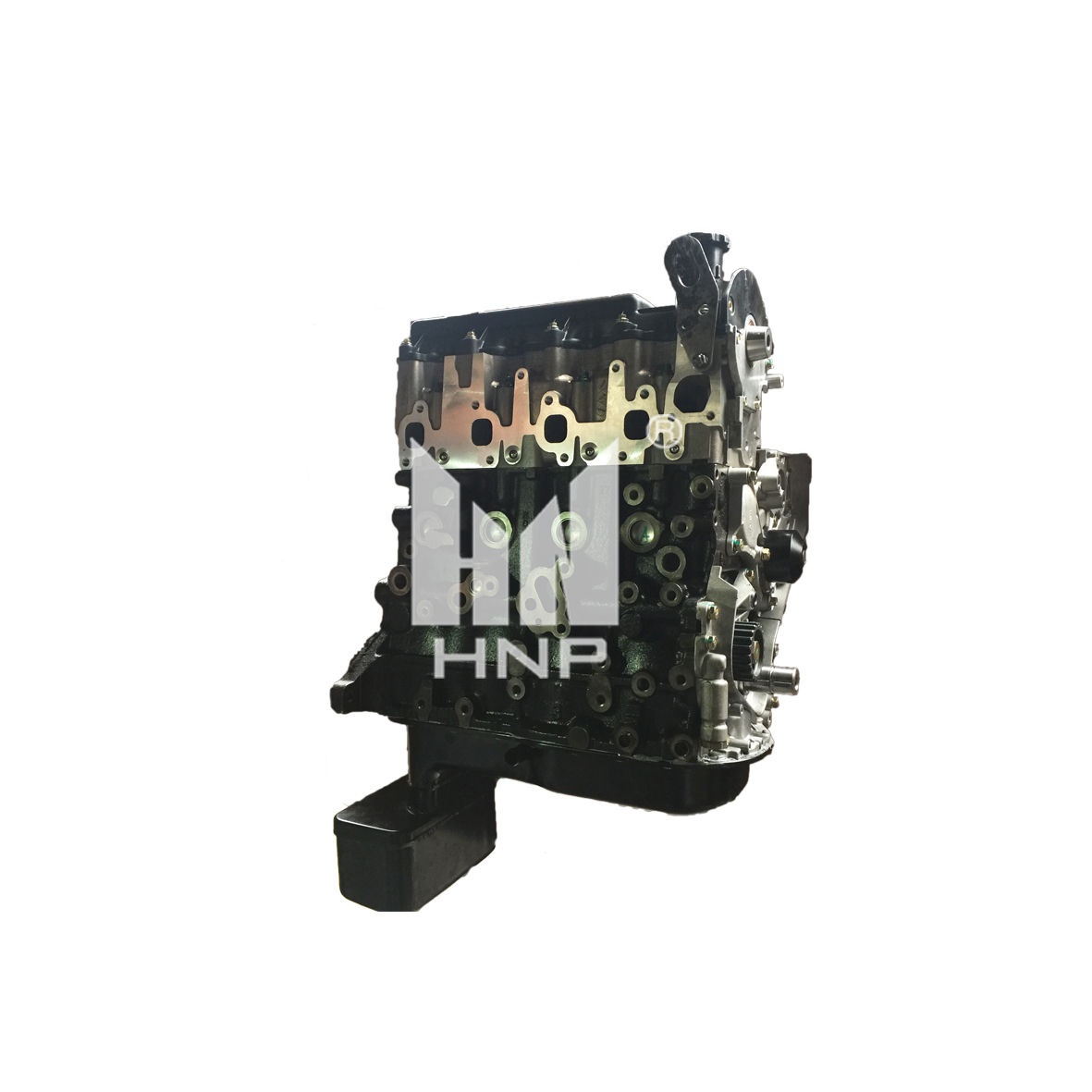
1.jpg)
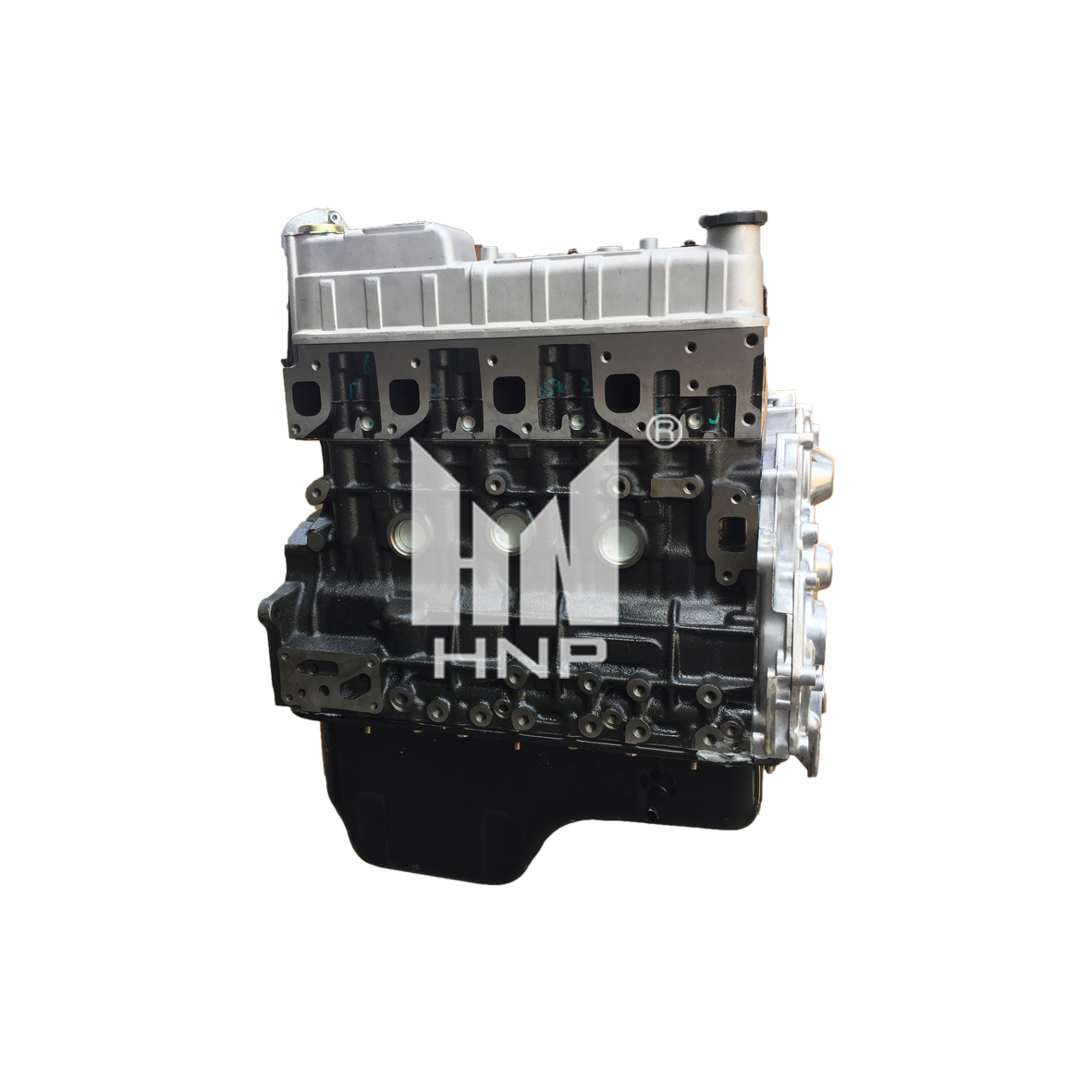
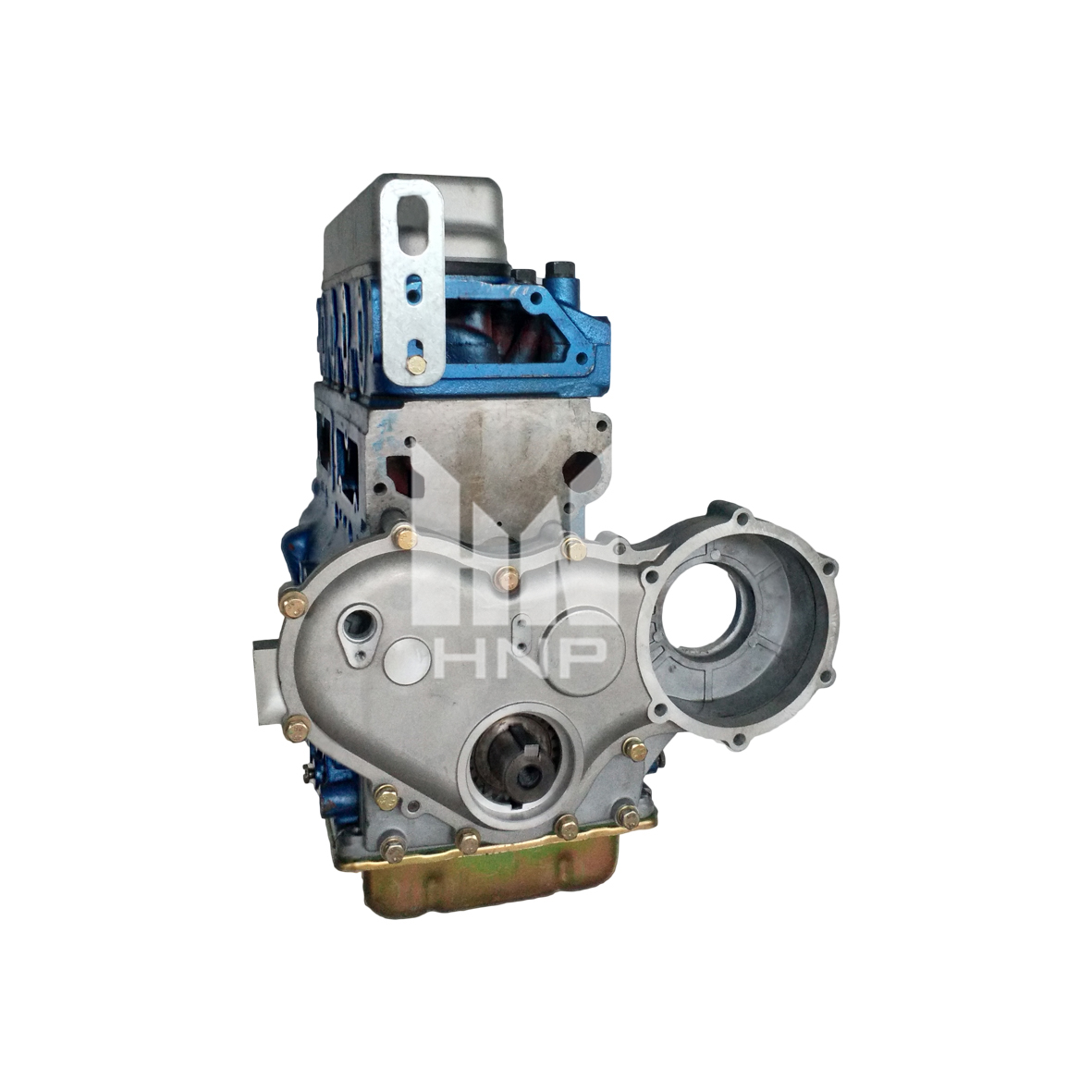

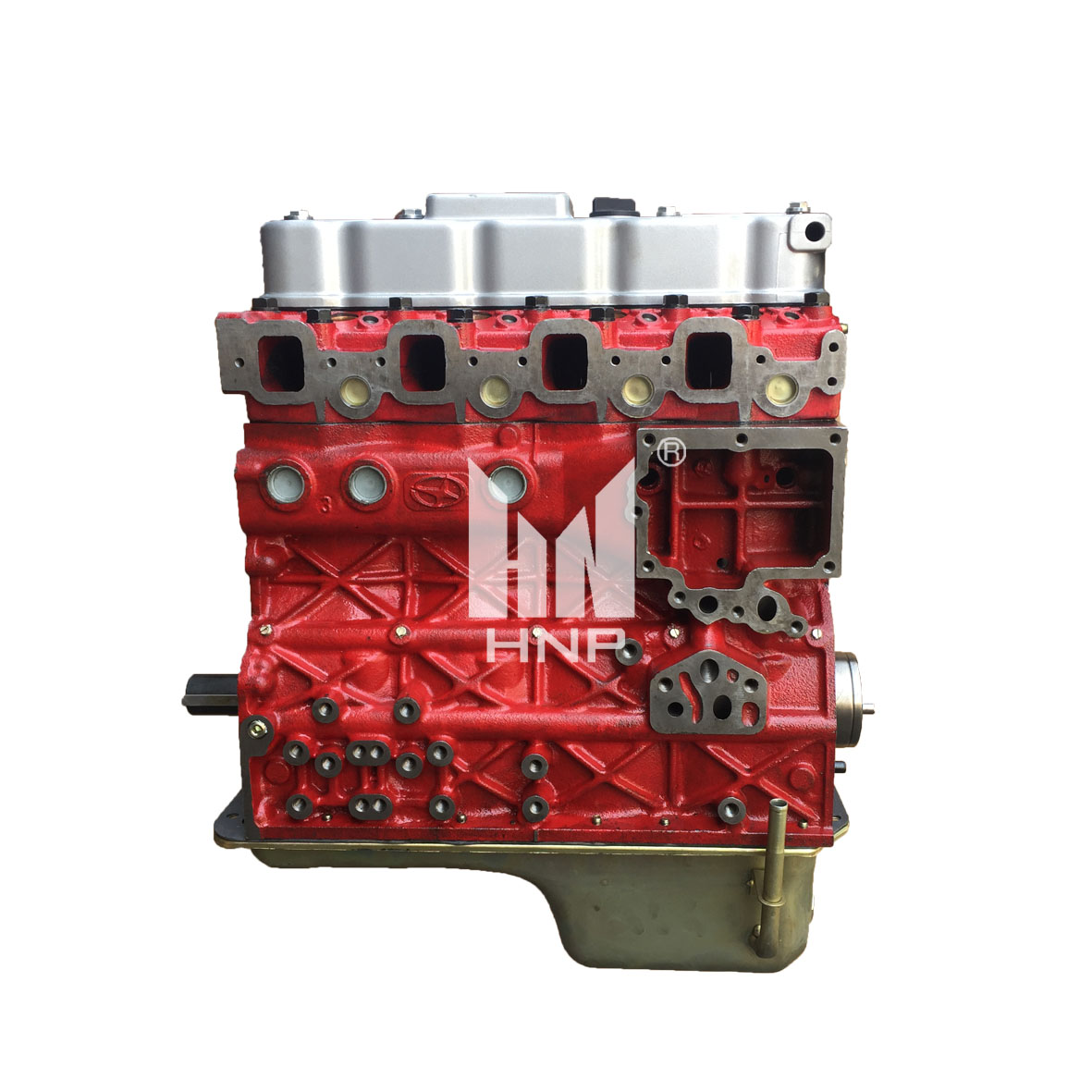
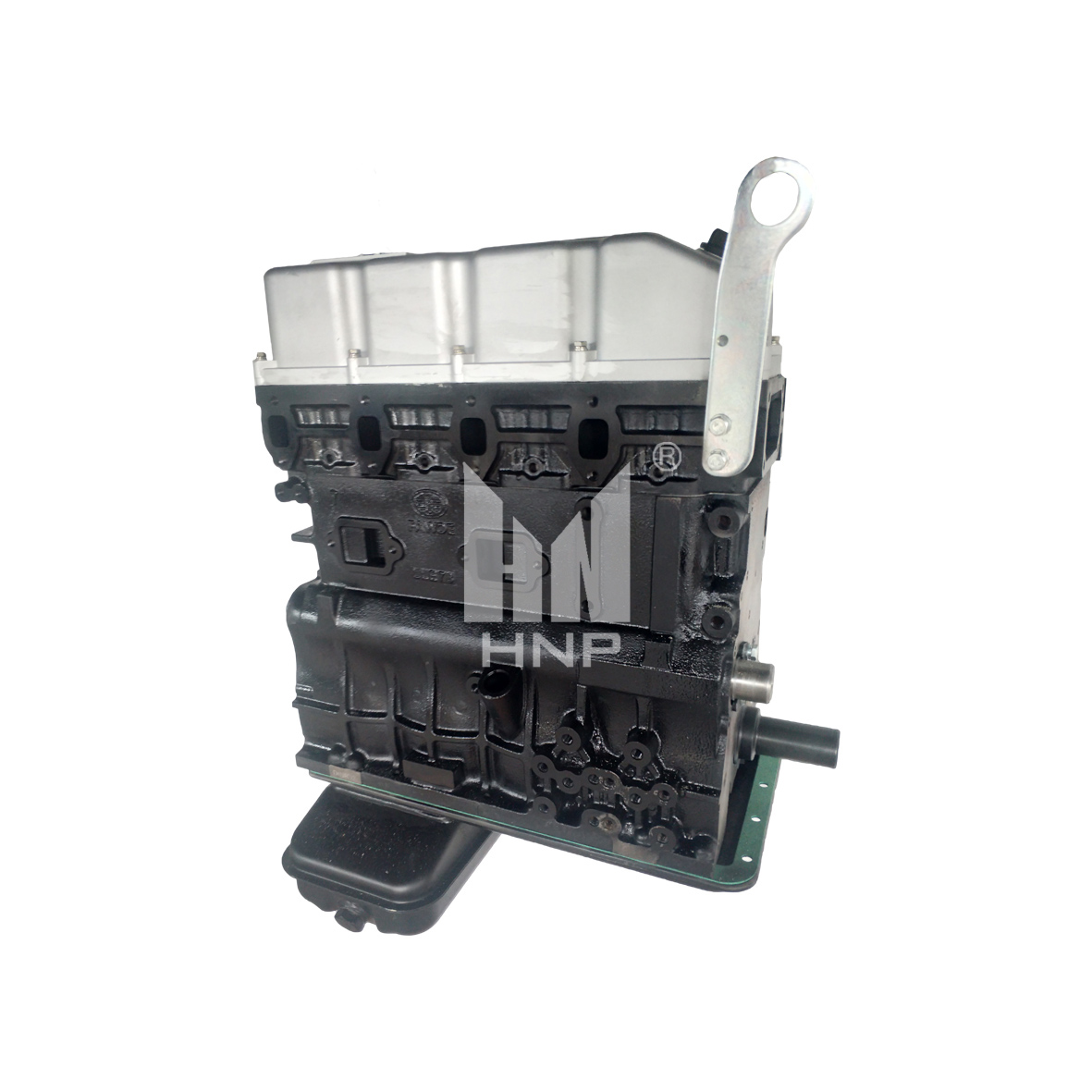

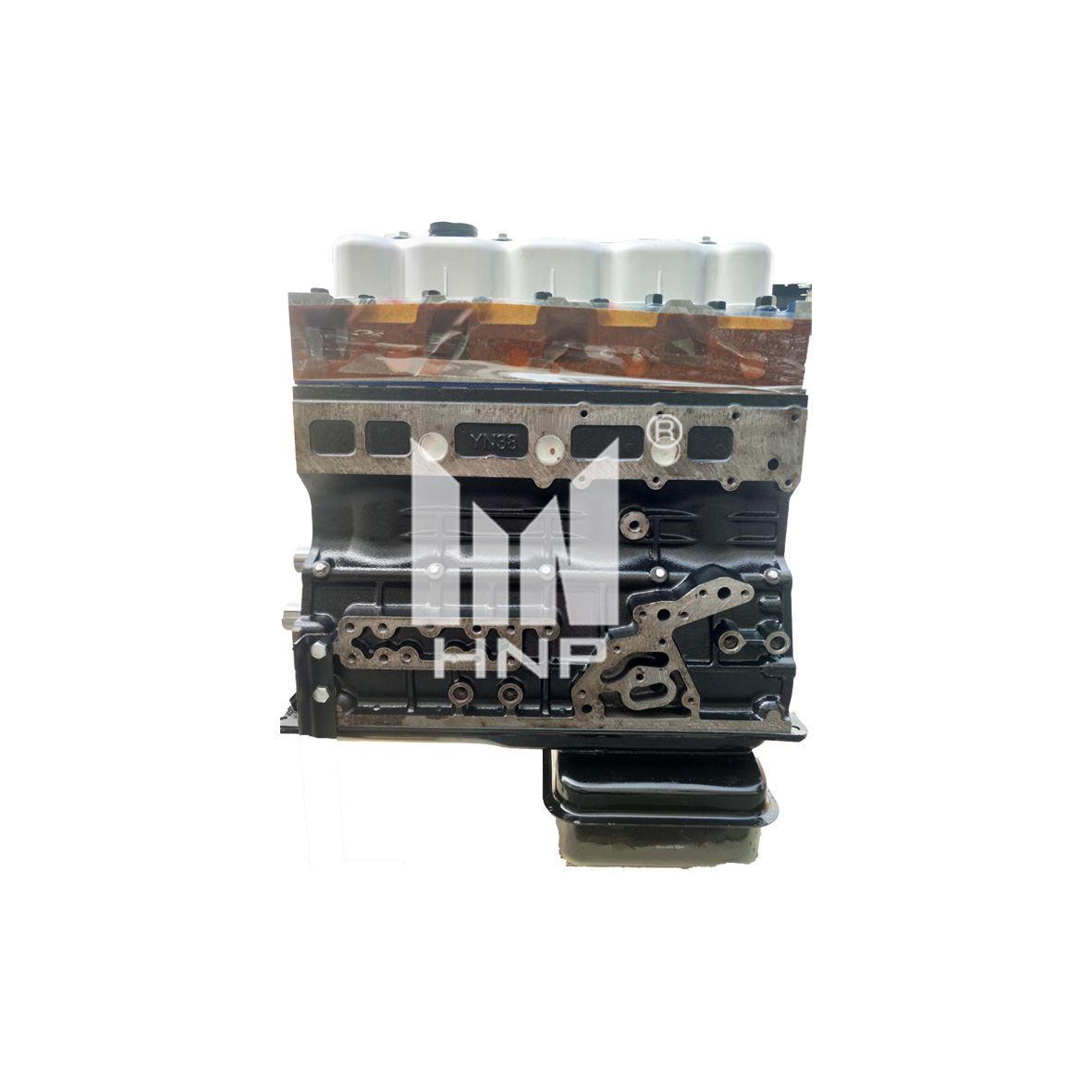
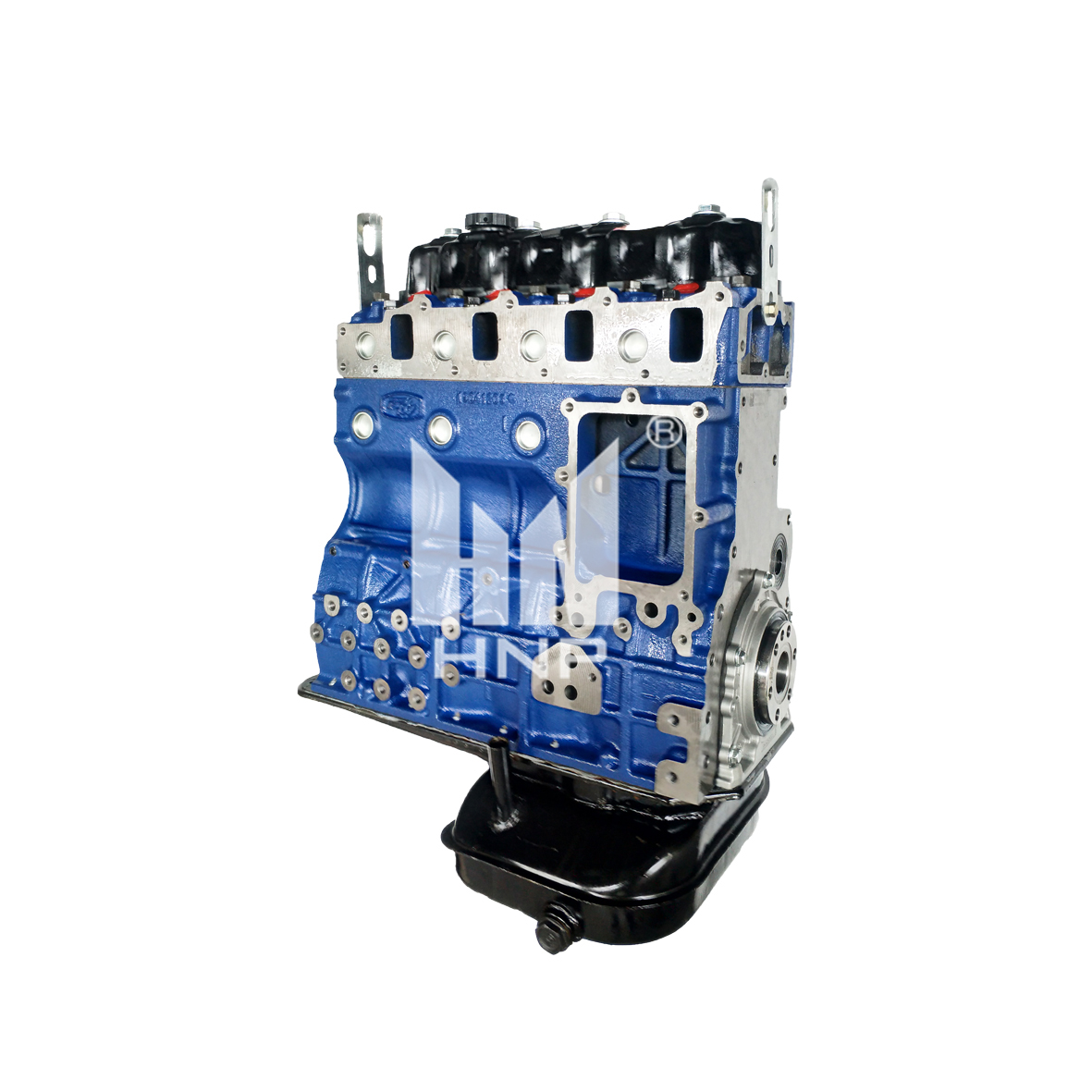

-1.jpg)

.jpg)
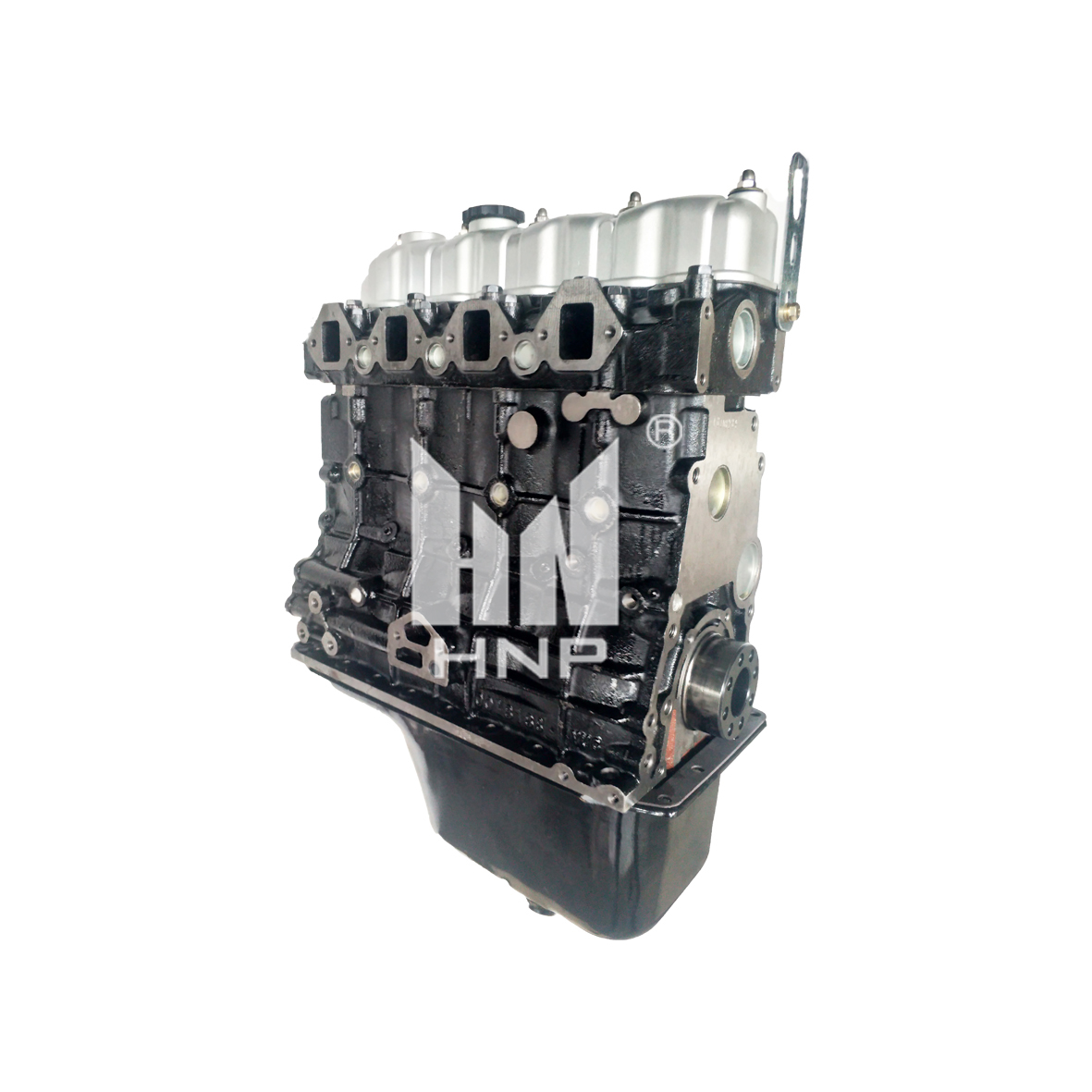
-1.jpg)
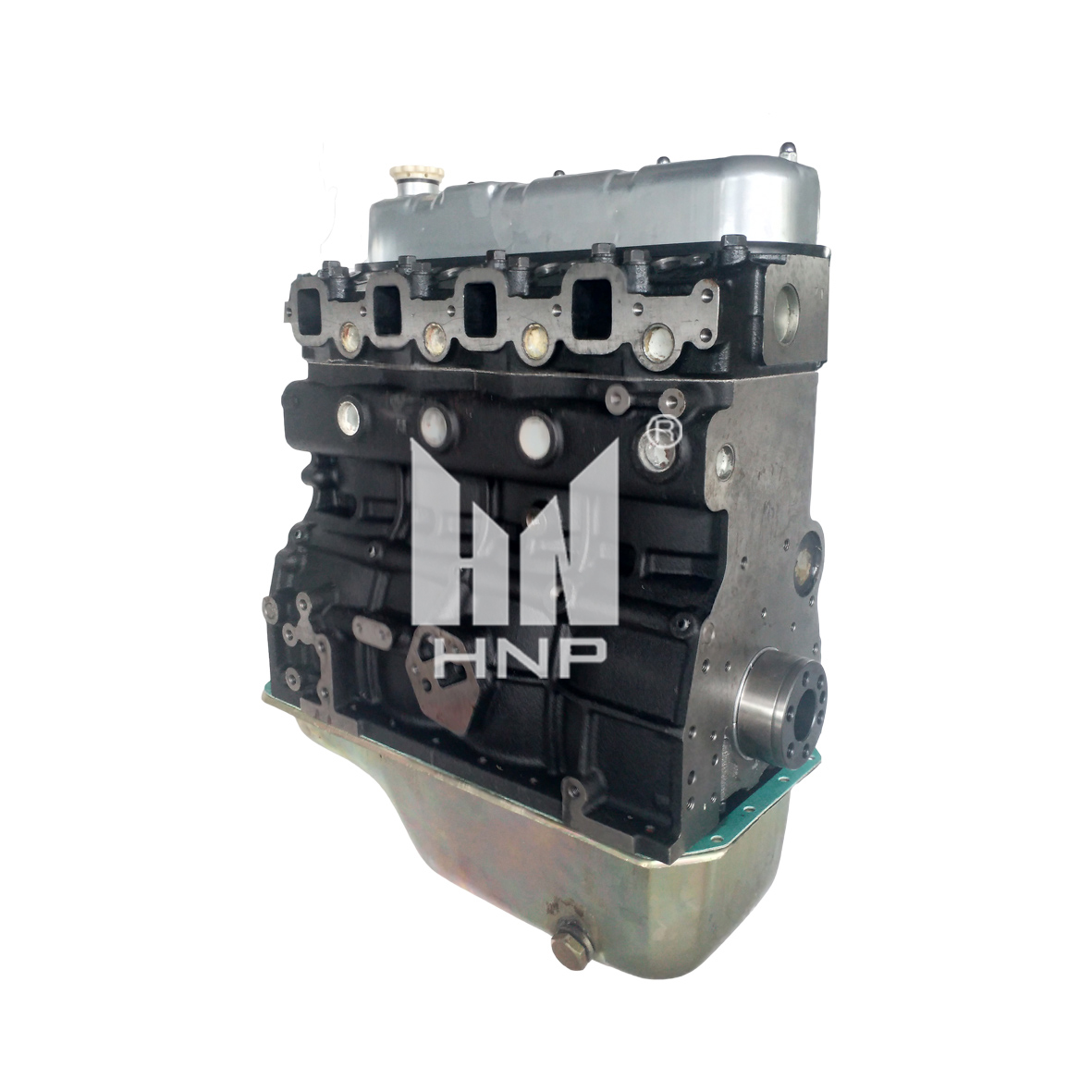
-1.jpg)
